25+ Interesting Activities for 3rd Grade (Printables + Reels)
Are you looking for an exciting journey of learning and discovery with your third-grade students? If so, you’ve come to the right place!
In this blog, we’re excited to introduce you to a treasure of more than 25 engaging activities tailored specifically for third graders.
These activities are not only designed to improve academic growth but also to foster self-esteem and emotional well-being in your students.
So, grab your favorite cup of coffee, settle in, and let’s explore a world of fun and learning!
Table of Contents

Amazing 3rd Grade Activities for Kids
Learning color activities.
Third-grade learning color activities engage students in exploring the world of colors through interactive and educational experiences.
Your child may participate in color sorting games, color scavenger hunts, or color wheel creations, enhancing their understanding of primary and secondary colors, color combinations, and color terminology while fostering creativity and visual perception skills.
Color Mixing Activities
Color mixing activities for third graders provide hands-on experiences that deepen their understanding of color theory.
Your kids can experiment with mixing primary colors to create secondary colors using paints, colored water, or even food coloring.
These activities promote critical thinking , scientific inquiry, and artistic expression while encouraging students to explore and appreciate the nuances of color blending.
Potato Printing Activities
Potato printing offers a fun and creative way for third graders to explore printmaking techniques.
Students can carve designs into potato halves and use them as stamps to create unique patterns and images on paper or fabric.
This activity promotes fine motor skills , creativity, and experimentation with different textures and shapes while allowing students to express themselves artistically through printmaking.
Painting with Water Activities
Painting with water provides a mess-free and sensory-rich art experience for third graders. Students may use water and brushes to “paint” on surfaces like sidewalks, chalkboards, or even specially designed watercolor paper.
This activity allows students to explore color, texture, and movement while developing fine motor skills, creativity, and a sense of artistic expression without the need for traditional paints or cleanup.
Gardening Activities
Cultivate a green thumb and environmental stewardship in third graders through hands-on gardening activities.
Your kids can plant and care for fruits, vegetables, flowers, or herbs in a school garden or classroom pots.
These activities teach students about plant life cycles, ecosystems, and the importance of sustainability while fostering responsibility, patience, and appreciation for nature.
Visual Perception Activities
Improve visual perception skills in third graders through engaging activities that sharpen observation and interpretation abilities.
Students can participate in activities such as visual puzzles , optical illusions, or art appreciation exercises that challenge them to recognize patterns, identify shapes, and interpret spatial relationships.
These activities promote attention to detail, visual discrimination, and critical thinking while enriching students’ understanding and appreciation of the visual world.
Spelling Activities
Third-grade spelling activities offer engaging ways for students to practice and improve their spelling skills.
Your kids will participate in activities such as word scrambles, spelling bees, word searches, or creating their own spelling games.
These activities reinforce spelling patterns, vocabulary, and language rules while promoting spelling accuracy and confidence.
Name Writing Activities
Name writing activities for third graders focus on helping students develop legible handwriting and reinforce personal identity.
Students can practice writing their names using various mediums such as chalk, sand, or paint, or they can create name puzzles or name art.
These activities strengthen fine motor skills, letter formation, and self-awareness while fostering pride in personal accomplishments.
Hole Punch Activities
Incorporate fine motor skill development into third-grade activities with hole punch activities. Students can use hole punches to create patterns, designs, or artwork on paper or cardstock.
They can also practice hole punching along designated lines or shapes to improve hand-eye coordination and precision. These activities improve hand strength, dexterity, and spatial awareness while providing a creative outlet for expression.
Letter Formation Activities
Third-grade letter formation activities focus on helping students refine their handwriting skills and develop consistent letter formation.
Students can practice tracing letters, writing letters in sand or shaving cream, or using multisensory approaches to reinforce letter shapes and strokes.
These activities promote proper letter formation, spacing, and alignment while building confidence and proficiency in handwriting.
Paper Plate Activities
Paper plate activities offer versatile and budget-friendly options for third-grade learning experiences. Students can use paper plates to create crafts, masks, puppets, or games.
They can also practice concepts such as fractions, symmetry, or storytelling by using paper plates as visual aids or manipulatives.
These activities encourage creativity, resourcefulness, and hands-on learning while providing opportunities for artistic expression and imaginative play.
Floating and Sinking Activities
Engage third graders in hands-on exploration with floating and sinking activities. Kids can experiment with various objects and materials in water to observe which ones float and which ones sink.
They can also design and build boats using different materials to test buoyancy and displacement.
These activities foster scientific inquiry, critical thinking, and understanding of concepts related to density and buoyancy.
Button Activities
Foster creativity and fine motor skills in third graders with button activities. Students can use buttons to create artwork, jewelry, or crafts such as button mosaics or button bracelets.
They can also sort buttons by color, size, or shape to practice classification skills and patterns. These activities encourage creativity, manual dexterity, and attention to detail while providing opportunities for self-expression and artistic exploration.
Time Telling Activities
Strengthen time-telling skills in third graders through engaging activities that reinforce concepts of time, duration, and clock reading.
Your kid practice telling time using analog and digital clocks, create their own clock faces, or play time-telling games and puzzles.
These activities promote numerical fluency, time management skills, and understanding of chronological sequences while building confidence in time-telling proficiency.
Fine Motor Toys
Develop fine motor skills and hand-eye coordination in third graders with engaging fine motor toys.
Students can play with toys such as building blocks, threading beads, or constructing puzzles that require precise manipulation and control.
These toys promote finger strength, grip control, and spatial awareness while fostering problem-solving, creativity, and persistence.
Science Activities
Ignite curiosity and exploration in third graders with hands-on science activities. Students can conduct experiments, make observations, or engage in inquiry-based projects across various scientific disciplines such as biology, chemistry, or physics.
Whether investigating plant growth, chemical reactions, or forces and motion, these activities encourage critical thinking, scientific reasoning, and a passion for discovery and experimentation.
Water Play Activities
Delight third graders with water play activities that offer refreshing fun while promoting learning.
Your kid can engage in activities such as water balloon toss, sponge relay races, or creating homemade water slides.
These activities encourage sensory exploration, cooperation, and scientific inquiry into concepts like buoyancy and water displacement.
Space Activities
Ignite curiosity about the cosmos with space activities designed for third graders. Your Child can explore the solar system, learn about planets and their moons, or simulate space travel with hands-on projects like building model rockets or designing space stations.
These activities foster an appreciation for astronomy, spark imagination, and deepen understanding of our place in the universe.
Archery Activities
Develop focus, precision, and coordination in third graders through archery activities. Students can learn basic archery techniques, practice aiming and shooting at targets, or participate in friendly archery competitions.
These activities promote discipline, self-control, and hand-eye coordination while providing opportunities for outdoor recreation and skill development.
Biology Activities
Foster a love for life sciences with engaging biology activities for third graders.
Students can explore topics such as plant and animal adaptations, ecosystems, or the life cycles of organisms through hands-on experiments, nature walks, or observations of living organisms.
These activities promote scientific inquiry, observation skills, and understanding of the interconnectedness of living organisms and their environments.
Jellyfish Activities
Explore the fascinating world of jellyfish with activities that captivate third graders’ imaginations. Students can learn about jellyfish anatomy, behavior, and habitats through multimedia presentations, art projects, or virtual aquarium visits.
These activities foster curiosity about marine life, environmental awareness, and appreciation for the diversity of ocean ecosystems.
In summary, third-grade activities are super important for kids’ growth and learning. Whether they’re exploring science, getting creative with art, or having fun with games, these activities help them learn and have fun at the same time.
By doing hands-on experiments and working together, kids learn new things and develop skills like problem-solving and teamwork.
Whether they’re playing in the water, learning about space, or discovering cool stuff about animals, each activity sparks their curiosity and makes learning exciting. These experiences help kids feel confident and excited about learning new things every day.
I’m a former teacher (and mother of Two Childs) with a background in child development. Here to help you with play-based learning activities for kids. ( Check my Next startup Cledemy.Com )
Leave a Comment Cancel reply
Save my name, email, and website in this browser for the next time I comment.
50 Activities for 3rd Grade
Hands-on ideas to engage digital learners in meeting standards and learning goals.

Fifty ideas for using a digital approach to help third-grade students meet standards and learning goals.
1. Design a superhero
Tap into students' passion for comics and superheroes by asking them to share some favorites. Then, ask them what qualities or "powers" make a great superhero.
Use an ID card approach to help them define their hero's identity.
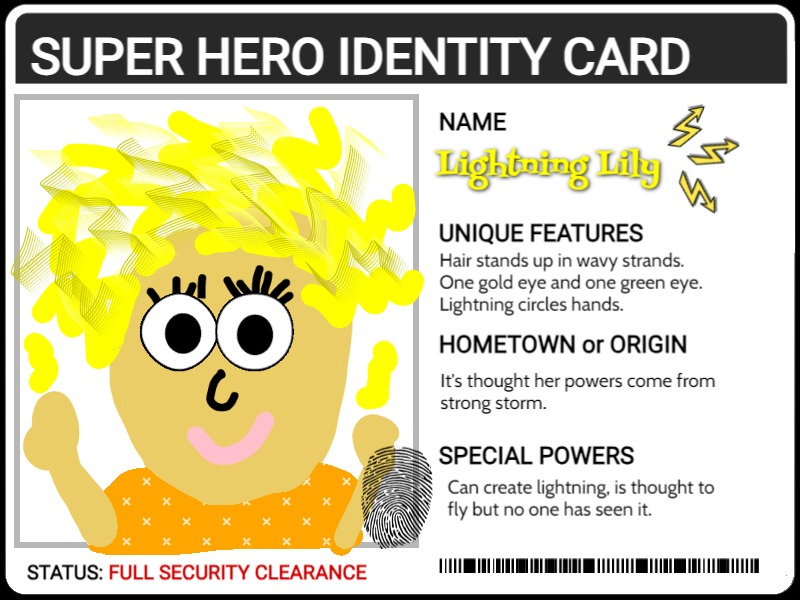
Discuss as a class, and then ask each student to design their own superhero and explain how their traits make them a hero.
Explore a Design a Superhero lesson plan
2. Create an animal alliteration
Have students create an amazing animal alliteration - a short sentence in the noun—verb—noun format, such as "Birds build bubbles." Use a digital project tool, like Wixie , to have students illustrate and narrate their sentences.
Explore an Animal Alliteration lesson plan
3. Use emojis to write a story
Emojis started as a time-saving way to communicate emotions without having to type each letter, but have quickly become part of popular culture. Use your student's interest in emojis to encourage creative writing. If needed, provide them with a writing prompt.
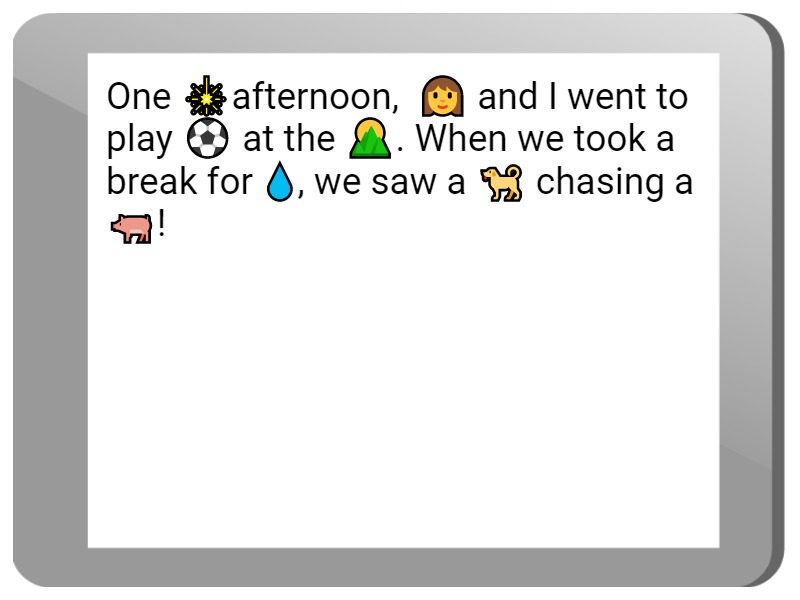
4. Homonyms, homophones, and homographs
Homonyms, homophones, and homographs make mastering English difficult, but they are also a fun way to engage students in learning the meaning of different words. Studentes can use a combination of imagery and voice recording in a creativity tool, like Wixie , to help them better remember and cement the meaning of these words.
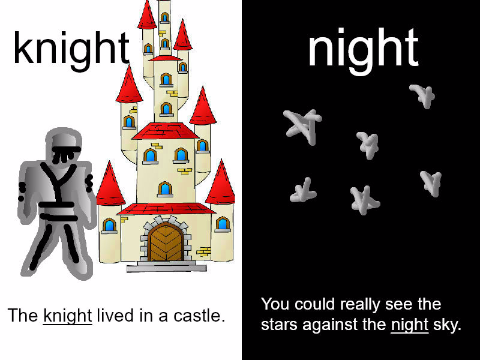
5. Create an animal riddle
Encourage students to craft riddles that test other students' knowledge about animals. Students can select their favorite animal or use this opportunity to learn more about an unfamiliar animal.
Explore an Animal Riddles lesson plan
6. Create visual arrays
Creating arrays is a great way for students to visualize multiplication and see how it is repeated addition. Have students add or draw images of objects or scenes that have arrays and then create equations for the illustration.
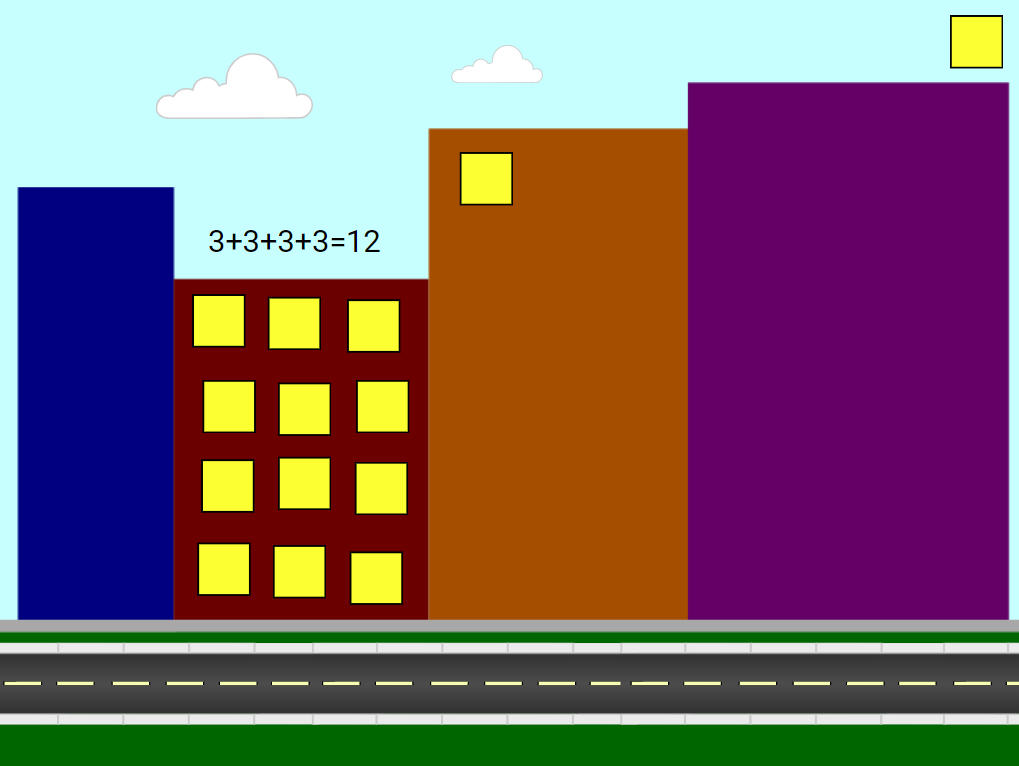
You can also do a multiplication or an array scavenger hunt to capture images and even write word problems.
7. Write a haiku
Combine close reading and descriptive writing with visual haiku. Haiku poems are a 17-syllable verse form consisting of three metrical units of 5, 7, and 5 syllables. Haiku always contain a kigo (season word) to indicate the time of year.
Have students start with a photo as inspiration or write first and add visuals to enhance the meaning.
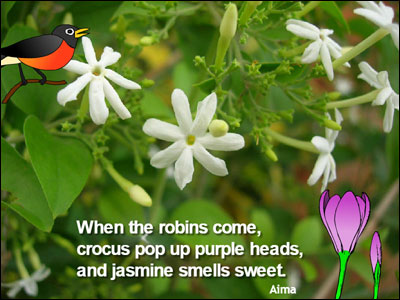
This spare form of writing forces students to choose words wisely. Share haiku and have students read closely to find the kigo word, as well as identify other highly descriptive words.
Explore a Harmonious Haiku lesson plan
8. Write a letter to or between characters in a story
Taking the perspective of a character in a story can help students understand their motivations and better comprehend their response to events in a story. Have students use stationery to write a letter to or between characters in a story.
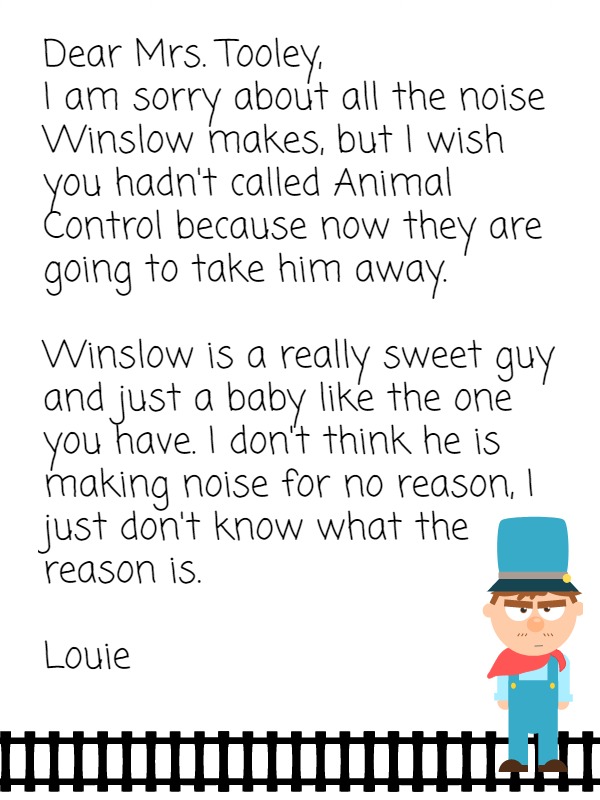
Give students a prompt that requires them to use evidence from text to justify their opinion or make an argument about it.
9. Publish fabulous fables
Students learn about beginning, middle, end, and parts of a story as they write, retell, or adapt a fable.
Explore a Fabulous Fables lesson plan
10. Make a map of your room
Combine map making and measurement skills by asking students to design a map of their bedroom or another room in their home. Use a grid background in a paint program so students can use the squares to show size accurately and make editing easier. Bonus if they include a scale!
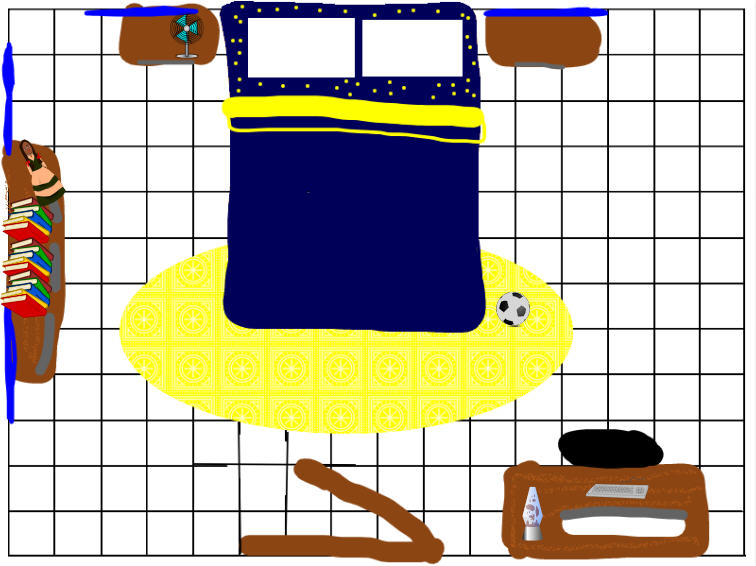
After students understand how to map their own room, encourage them to design a dream bedroom!
Explore a How Does Your Garden Grow lesson plan
11. Paint with pointillism
Pointillism is a style of painting developed by Georges Seurat and Paul Signac that uses small, individual dots of color to create the illusion of shapes and images.
Challenge students to create paintings with pointillism. Digital art tools make it easy to change the size and color of the paintbrush as well as magnify to help students change the size, spacing and color of small dots to make a larger image.
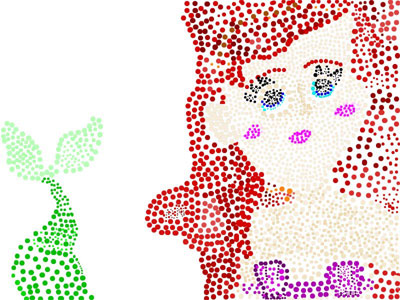
Explore a Paint with Pointillism lesson plan
12. Design a new book cover
Ask your students to create new covers for the stories they are reading. To design an effective book cover, students need to think about how they can use imagery to share knowledge of characters, setting and events in order to attract new readers.
Go even further, by asking them to design a complete book jacket — including a cover image, a plot summary, a book review, information about the author, and quotes or teasers from the story.
Explore the Design a Book Cover lesson plan
13. Create a memory book
Have students reflect and compile memories of the school year by creating a digital memory book.
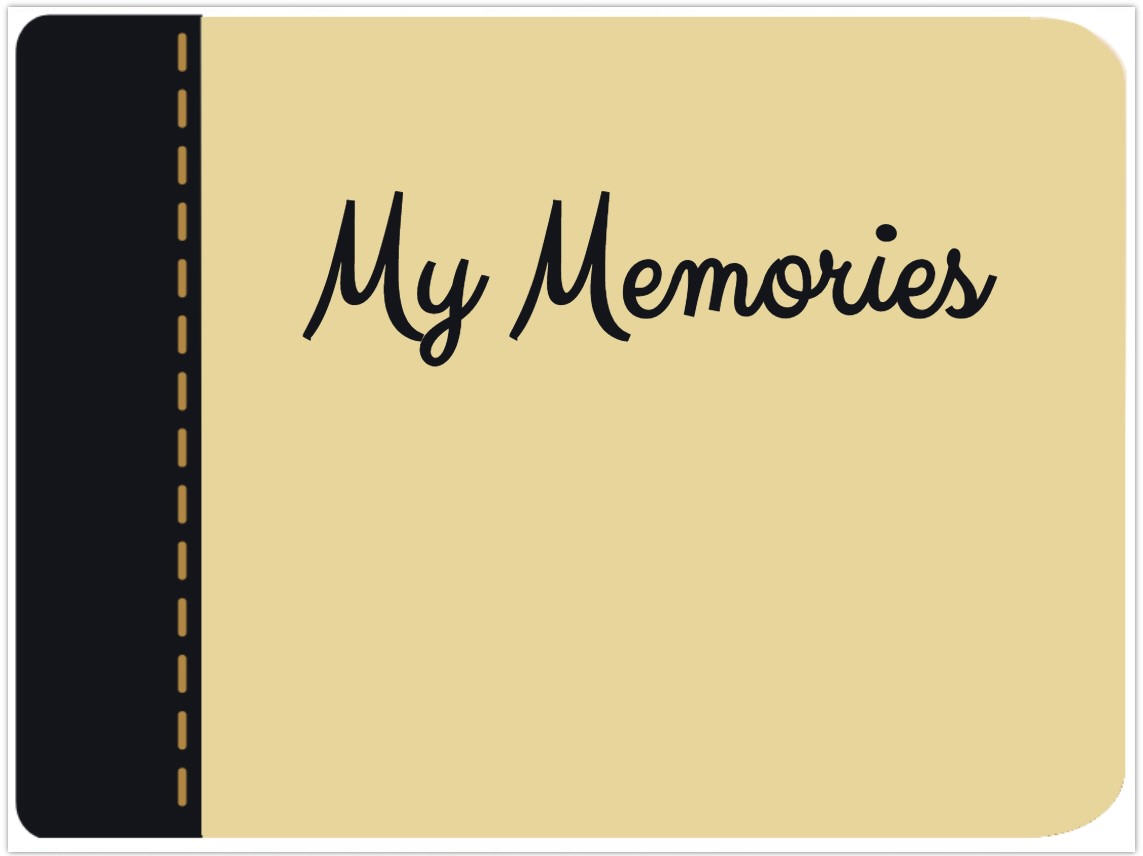
Tools like Wixie make it easy to add images, text, voice recording and video to capture experiences, feelings, and achievements.
14. Design an Arcimboldo-inspired self-portrait
Giuseppe Arcimboldo is an Italian Renaissance painter known for his portraits of people that use objects like fruit and books. Challenge students to create Arcimboldo-style self-portraits by combining clip art images in an imaging tool.
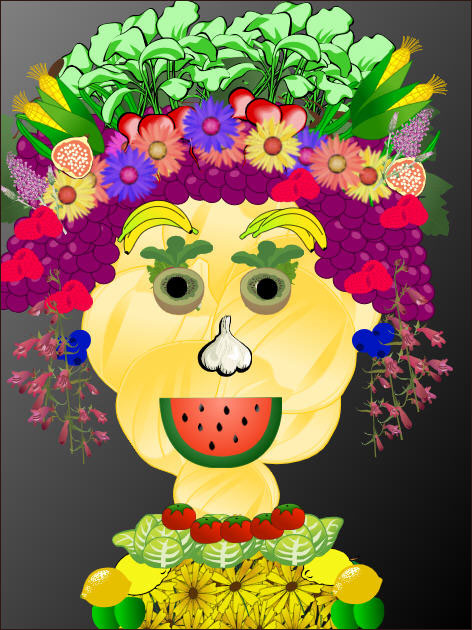
Explore an Arcimboldo-Inspired Self-Portraits lesson plan
You can also tie this project to writing by asking students to describe themselves, or a friend, using similes. Then, use the objects in these similes to create the self-portrait.
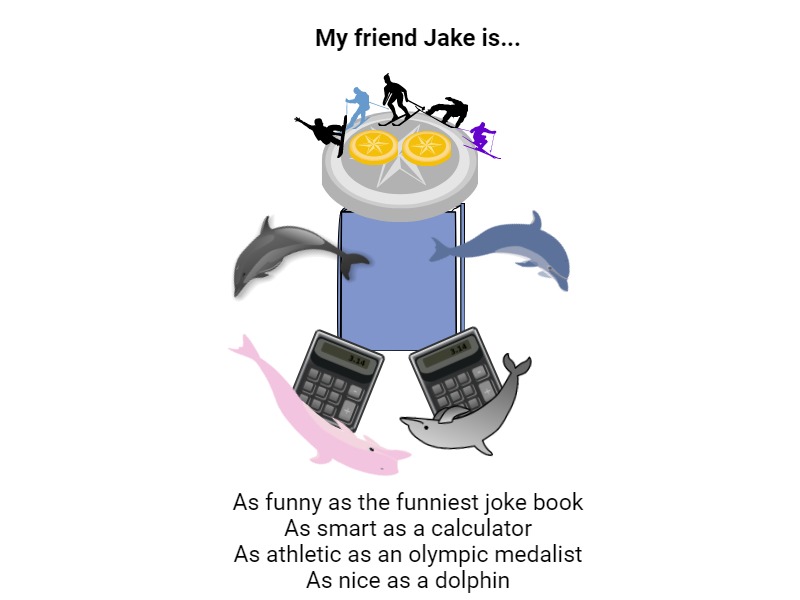
15. Create a trait map with evidence
Have students recall, retell, and share text, images, and voice narration about a character's physical traits, feelings, and actions using a trait cluster . Students can also connect evidence from the text to each trait.
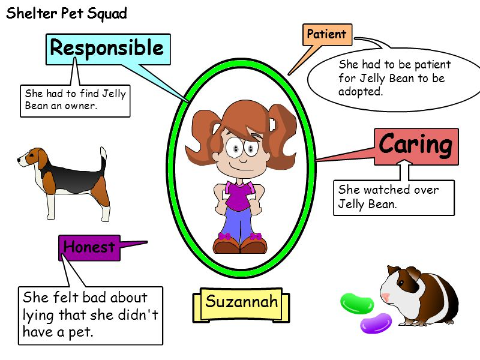
16. Create a community field guide
Ask students to go outside, or even look out a window, and simply observe the plants and animals there. Have them find a plant they find beautiful or an animal that interests them. Use a digital paint program to have them sketch their object and add text labels and insights about what they notice.
Students can then use their observations and sketches, along with a field guide, to help them identify the species if they don't know what it is. They can add additional information or notes to create a field guide for other species that live nearby.
Explore a Fantastic Field Guides lesson plan
17. Write your own version of A. A. Milne's "When I was One" poem
Read "The End" a poem by A. A. Milne, who you know from Winnie the Pooh.
When I was One, I had just begun. When I was Two, I was nearly new. When I was Three I was hardly me. When I was Four, I was not much more. When I was Five, I was just alive. But now I am Six, I'm as clever as clever, So I think I'll be six now for ever and ever.
Use a "When I was (age)" template and have students finish each line and illustrate their poem.
18. Create a character coat of arms
Small, but mindful, changes can move a task beyond remember and retell. For example, replace a typical character trait cluster assignment with the task of developing a coat of arms for a story's protagonist that represents traits of the main character.
Creating a coat of arms provides students with an opportunity to think about objects, colors, symbols, and mottos that reflect a character's personality, passions, strengths, and experiences.
Wixie has a Coat of Arms template that makes it easy to add color, text, and images to show comprehension.
19. Create a future digital footprint
Have students showcase the digital footprint they want to have in the future.
Let students creatively brainstorm and then show examples of social media posts and headlines they would like others to see when they search for their name in the future.
20. Create a book bento
Have students create a book bento to retell important details about a text or to visually celebrate their favorite title. Find a bento box background, like this one in Wixie . Then, have students arrange images about the book and add hyperlinks for an interactive collage.
21. Craft a concrete poem
Concrete poems are poems where the words are arranged in a shape that reflects the topic of the poem. Because creativity, presentation, and productivity tools let you resize, move, and rotate text easily, they make it easy to move text to create a desired shape.
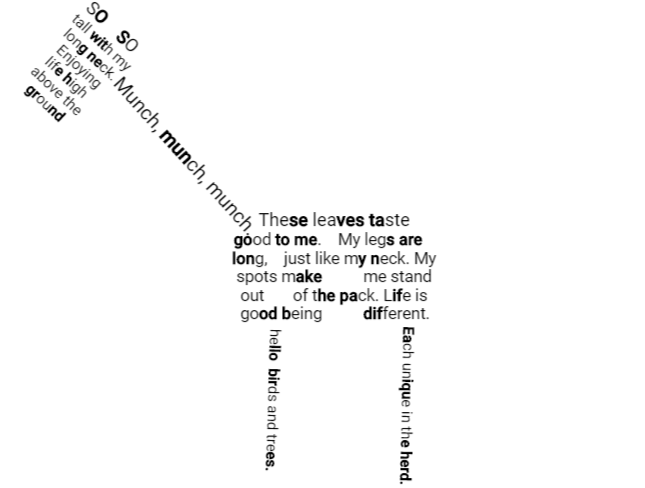
Ask students to write a poem in small phrases or stanzas. Then, use the font, size, color and rotation options to use it to create a larger image.
22. Design an Animal Diary
Have students use personification to write a diary for an animal that teaches others about its unique physical characteristics, behaviors, and adaptations.
Explore an Animal Diary lesson plan
23. Paint pop art
Share examples of Andy Warhol's work and then discuss the idea that mass-produced products from everyday life can be inspiration for art and the object of art itself. What objects do they find or use today that have their own beauty?
Many art and social media tools have filters or color options. Ask students to use clip art of common objects, like the Wixie example below, or capture a photo with their phone.
Students can then duplicate the image and apply filters and color options as they create Warhol-esque repeating images.
Explore a Pop Art lesson plan
24. Create an ABC's of...
After researching and learning about a topic, have students use an A-B-C format to share knowledge they have learned.
Assign individual letters to students and combine into a class project.
Explore an ABC Book lesson plan
25. Celebrate culture
Creating a safe and respected community culture in your classroom is essential. Have students complete and share a culture poster about themselves, including where they are from, family traditions, and more.
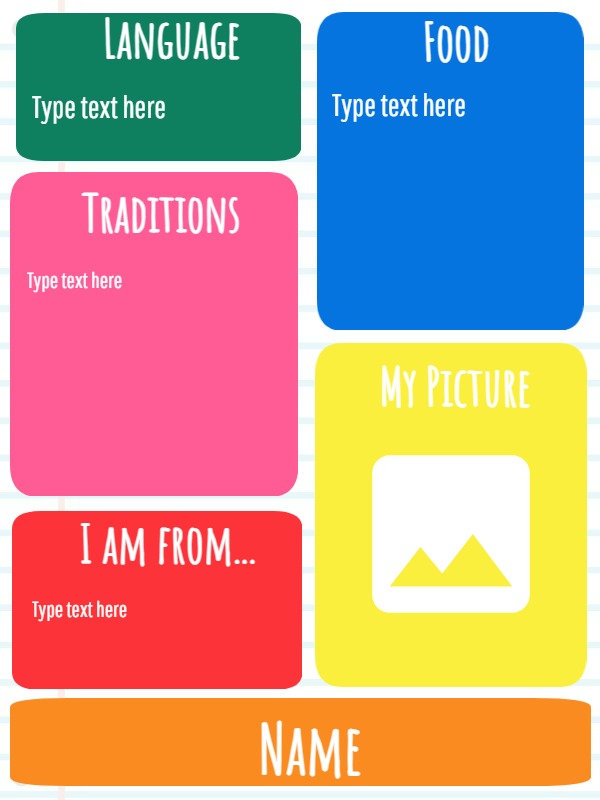
26. Write your own word problems
Have students use a paint or image program, like Wixie , to draw models that help the viewer (and themselves) visualize quantities and relationships in word problems.
27. Create comics
Comics and cartoons are a great way to engage students in the stories they are reading and the information they are researching and exploring. Have students create comics for a fun way to practice narrative writing, retelling, sharing understanding, teaching others, raising awareness, and more.
Explore additional ideas and lesson plans for creating comics
28. Create a creature
Ask students to use what they know about plant and animal adaptation to create a new animal species. Combine features from animals you know and use a tool like Wixie to design the animal.
Have students create a report-slideshow-video to introduce the species to the world, sharing its physical adaptations, daily habits (behavioral adaptations), predators, and prey.
Explore a Create a Creature lesson plan
29. Design a habitat snow globe
Most students have, or have seen, a snow globe at home or at a tourist attraction. Ask students to design a snow globe to showcase the animals and plants in a particular habitat.
30. Publish a brochure for your neighborhood
What makes where you live special? Our families choose places to live based on economics, weather, family, geography, and culture.
Have your students talk to their parents about why they chose to live where they do. Encourage students to walk their neighborhood, take pictures, and use what they learn to create a brochure to let others know about the unique place they live.
31. Tell a data story
Read or watch Five Creatures by Emily Jenkins. This story describes a family with five creatures, comparing features between them in many different ways.
Have students collect data for five creatures in their home and use this data to write their own five creatures story!
Explore other books that make for great literature adaptations .
32. Draw with symmetry
Challenge students to draw using symmetry options in a paint program like Wixie .
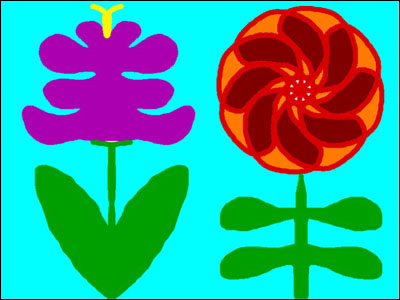
For example, ask them to create a spring scene with different flowers or a butterfly. Students can use both mirror and radial symmetry options.
Explore a Line Symmetry lesson plan
33. Visualize idioms
Ask students to illustrate and translate the meaning of an idiom to apply their learning and help others learn the meaning of this form of figurative language.
Explore an Idiomatically Speaking lesson plan
34. Design a how-to book or presentation
What can your students teach others? Procedural writing is an excellent way for students to become experts in a topic and feel confident about their ability to share the information with others.
To cement learning and inspire others, encourage students to closely examine the parts of a rule they struggle to understand or share the process of doing something they are passionate about. Use a flowchart to help students break down the process into each essential step.
Explore a Procedural Writing lesson plan
35. Give students project choices
When every student completes the same task, like creating a trading card or comic, project work is easier to manage. While this is effective, students also thrive with choice!
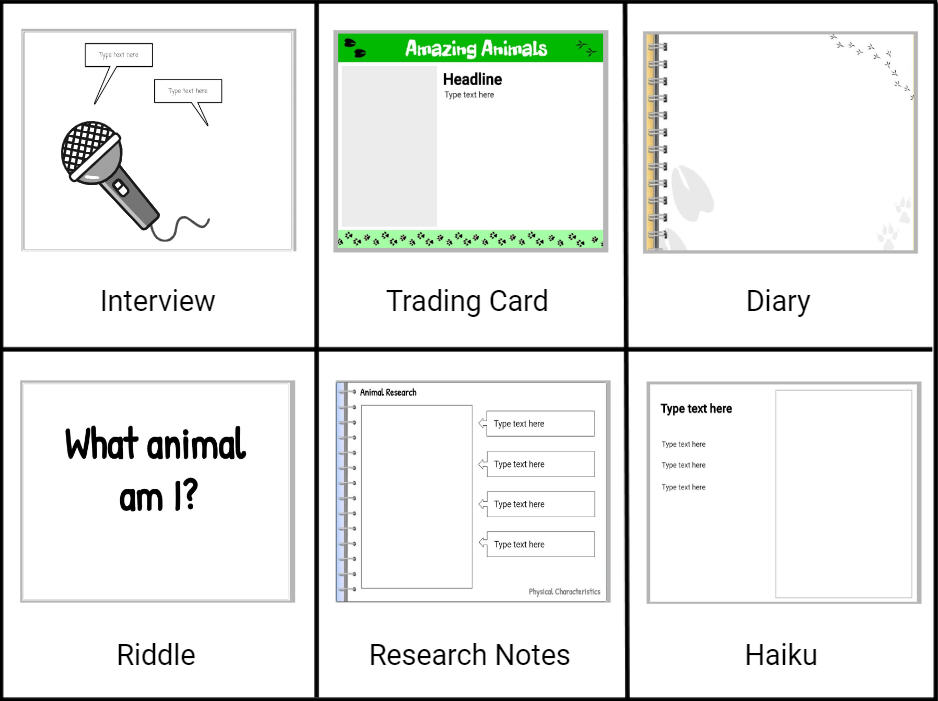
Create a choice board or task your students with sharing their learning in the medium they choose.
36. Send a thank you card
Practicing gratitude can have a big effect on our happiness. Empower students to show their gratitude by writing a thoughtful letter to someone for a gift they appreciate. Remind them gifts can be objects like clothing (material), but also things like friendship and support (immaterial).
Students can always print the message, but if they share digitally, they can record their voice and/or create a video, making it even more personal and special.
37. Plan a class party
Planning the details for a party, including needed space (measurement) and a budget (calculations), requires students to practice and apply math and argument skills to a real-life scenario.
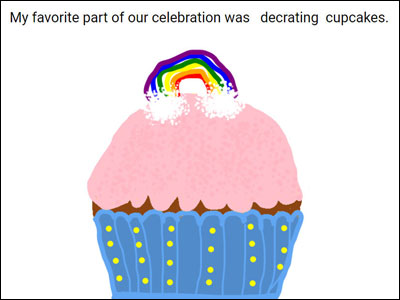
Explore a Plan an Event lesson plan
38. Take a brain break
When the mind needs a break, a creative activity can help. Use a digital art tool to sketch or simply play a digital game.
Remember scratch art? Wixie has a collection of pages with a variety of backgrounds students can "scratch" using an eraser tool.
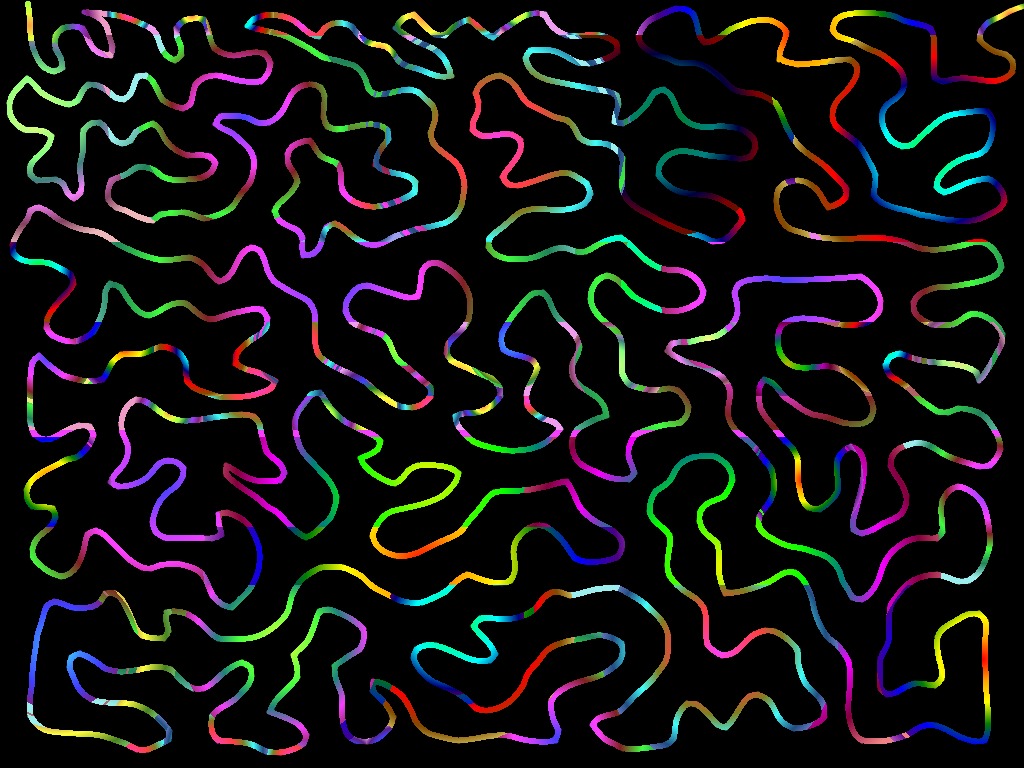
39. Design a school garden
Put students in charge of the design (and maintenance) of your school garden. Give them an empty pre-made bed or the location at your site where one can be constructed.
Students organize the plants into the allotted space, craft a presentation of their garden design, as well as write care and maintenance instructions.
40. Invent it
Many inventions, like Velcro®, mimic nature or apply scientific principles in new ways. After studying simple machines, ask students to take one or more simple machines and combine them as they invent a product that solves an everyday problem.
To help students deepen understanding about how an invention applies a scientific principle, have them pitch their product in an invention ad.
41. Survey peers
Capturing, analyzing, and communicating data is essential for success in our information age. Maximize opportunities for your students to create, give and display the results from surveys they create.
42. Tour the solar system
Plans are already in place for commercial tours into our planet's atmosphere, and the entire solar system is bound to be next.
Have students showcase knowledge of the solar system by creating a virtual tour or promotional materials that describe what one might see on a trip through space.
Explore a Visit Our Solar System lesson plan
43. Create vocabulary trading cards
Have your students create a vocabulary trading card for each new word they learn. Digital tools make it easy to design vocabulary templates for students to combine text, image and voice narration for a multimodal approach.
Tools like Wixie allow you to print multiple pages onto one sheet of paper, so students can cut and share with classmates.
Explore a Visual Vocabulary lesson plan
44. Design a miniature golf hole
One could argue that there is no more authentic math calculation than determining the area and perimeter. Give it a fun spin by asking students to design their own miniature golf holes.
Students need to learn how to partition areas to correctly estimate the cost of wood (to surround the perimeter) and the artificial turf (area of green).
Have students share designs with peers, choose favorites, and work up a course design to present to the parent association for a fun carnival activity.
45. Fracture a fairy tale
Following a model can make writing less intimidating. Read several fairy tales with students discussing common elements like forests, 7's, and magic. Then, have students rewrite, illustrate, and record own version of favorite fairy tale.
Depending on their level, have students retell, modernize, or even write their own original tales.
Explore a Modernize a Fairy Tale lesson plan
46. Become the masked reader
Take a clue from the Masked Singer television show to make reading fluency practice less stressful and way more fun.
This is especially helpful for ELLs and struggling readers since they can practice, record, delete, and try again to produce their best work. Their work can also remain completely private if the reader is not unmasked.
47. Produce safety PSAs
Public service announcements are a great way to get students to back up claims with evidence and practice argument writing without conflict.
Helping other students practice safely crossing the street, eating healthy, and even just acting nice are easily within the reach of emerging writers.
Explore a Halloween Safety PSAs lesson plan
48. Write a cycle story
Science doesn't have to be a list of boring facts or calculations. How does a drop of water feel as it evaporates or plunges down a gully after a fierce rainstorm? How does rock feel when it transforms into a liquid and is ejected from a volcano?
Ask students to craft a digital story that shares a science cycle from a first-person perspective!
Explore a Cycle Story lesson plan
49. Interview an animal
Kids love animals, so use this love to build research, questioning, and communication skills with an animal interview!
Sharing factual information in story form helps students avoid simple repetition of facts or direct copy and paste.
Explore an Animal Interview lesson plan
50. Tell a tangram tale
After students have tried to solve tangram puzzles, read Ann Tompert's Grandfather Tang's Story where the main character rearranges tangram shapes to represent the characters and events as he tells a story.
Ask students to use tangram shapes to create their own tangram shape puzzle and tell a story about the shape. Then, combine into a class book and publish for friends and family!
Once they have experience with digital projects, let students choose the product or way they will demonstrate understanding… simply make them argue their case before they begin. No matter what you or they choose, transfer as much responsibility as possible to students to motivate and empower them to control their own learning.

by Melinda Kolk
Melinda Kolk ( @melindak ) is the Editor of Creative Educator and the author of Teaching with Clay Animation . She has been helping educators implement project-based learning and creative technologies like clay animation into classroom teaching and learning for the past 15 years.
Get the latest from Creative Educator
Creative classroom ideas delivered straight to your in box once a month.
Add me to the Creative Educator email list!
Popular Topics
Digital Storytelling
21st Century Classrooms
Project-based Learning
- Hero's Journey Lesson Plan
- Infographics Lesson Plan
- Design a Book Cover Lesson Plan
- Informational text projects that build thinking and creativity
- Classroom constitution Lesson Plan
- Set SMART Goals Lesson Plan
- Create a visual poem Lesson Plan
- Simple surveys and great graphs Lesson Plan
- Embrace action research

Six ways to implement digital storytelling
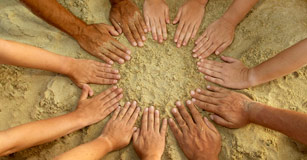
Get the most out of collaboration during student project work
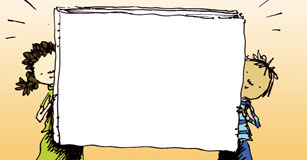
The glorious, wonderful, empty page
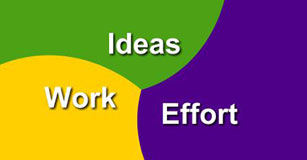
Make It Matter! Move from projects to project-based learning
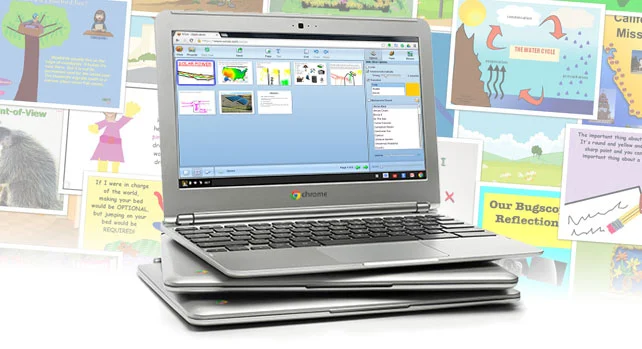
More sites to help you find success in your classroom

Share your ideas, imagination, and understanding through writing, art, voice, and video.

Rubric Maker
Create custom rubrics for your classroom.

Pics4Learning
A curated, copyright-friendly image library that is safe and free for education.

Write, record, and illustrate a sentence.
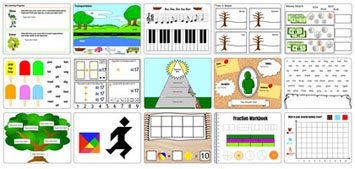
Interactive digital worksheets for grades K-8 to use in Brightspace or Canvas.
Professional Learning

Teaching and Learning
Informational Text
English Language Aquisition
Language Arts
Social Studies
Visual Arts
© 2024 Tech4Learning, Inc | All Rights Reserved | Privacy Policy
© 2024 Tech4Learning, Inc | All Rights Reserved | https://www.thecreativeeducator.com
3rd grade learning games and activities
by: The GreatSchools Editorial Team | Updated: April 23, 2020
Print article
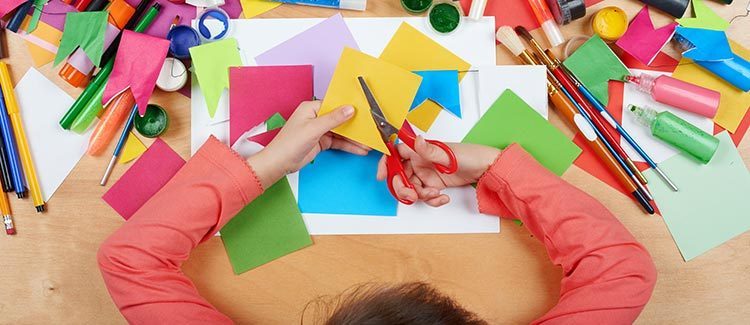
Looking for some fun ways to engage your child at home while building academic skills? Try these learning games and activities for 3rd graders!
Fun learning games and activities for 3rd graders
Crazy captions, microscope discovery, create a scroll, play a matching game, writing letters, power reading talk, water glass music, family fitness, follow a recipe, identify that state, make a self-portrait, develop a mental image, weather graph, jumping raisins, act out a script, make a pop-up book, make a reading tree, plant parts salad, describe an object, homes nearby.
Homes for rent and sale near schools

The best way to study for tests, according to science

4 things that make kids more likely to succeed

40 up-and-coming careers that don’t require a 4-year college degree (and 9 to avoid)
42 up-and-coming careers that don’t require a 4-year college degree (and 10 to avoid)
Yes! Sign me up for updates relevant to my child's grade.
Please enter a valid email address
Thank you for signing up!
Server Issue: Please try again later. Sorry for the inconvenience
- Skip to main content
- Skip to primary sidebar
Second Grade teachers! Join me Around the 2nd Grade Kampfire on Facebook! JOIN HERE
- Facebook Group
- Search this website
Around the Kampfire
Elementary Teaching Blog
Last updated by Linda Kamp on May 25, 2024 • Leave a Comment
30 Weather and Climate Activities for 3rd Grade
Learning about weather, and all the fun investigations that come with it, is always a highlight for my students. In this post I’ll share some of our favorite third grade weather and climate activities that will spark curiosity in your students and excite their creativity.
This post will help you plan and teach an in-depth weather and climate unit that covers all of the third grade NGSS. I’ve included lots of weather activities, teaching ideas, books, videos, and science experiments that align with third grade NGSS as well as many state science standards.
Find activities and STEM labs for students to explore:
- Weather instruments and tools
- Comparing and graphing weather data
- Researching natural weather hazards
- Reducing the impact of severe weather
- Modeling flood prevention
- Designing solutions to weather-related problems
- How mountains affect climate
- Modeling sea level rise
- How sunlight varies on Earth’s surface and affects climate
Weather and Climate Activities
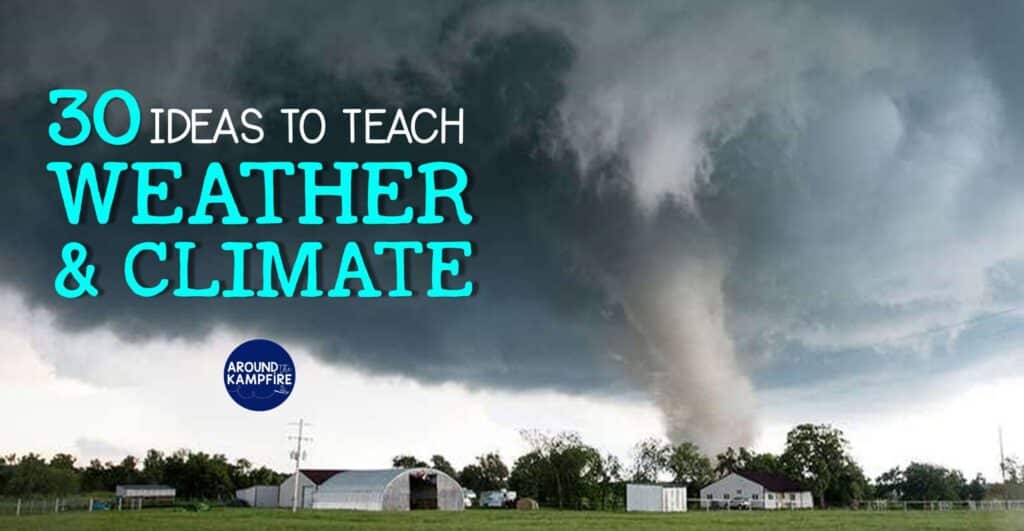
Learn the Difference Between Weather and Climate
Weather is what the atmosphere is like at a particular time and place. Climate describes what the weather is like over a long period of time in a specific area. Scientists use averages of temperature and precipitation to classify climates.
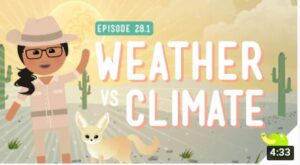
This Weather vs. Climate video does a good job of explaining the difference.
Compare Weather Data
Challenge your students to make tools to measure rainfall in a way that can be compared. This simple lab helps students understand these key concepts:
- To compare data, the rainfall must be measured in the same way.
- If two groups measure in different ways, their data cannot be compared.
- Data is observations or measurements recorded in an investigation.
Students work in groups and can use very simple objects like a popsicle stick, connecting cubes, or a pencil, to measure and compare the amount of rain that falls in two different places.
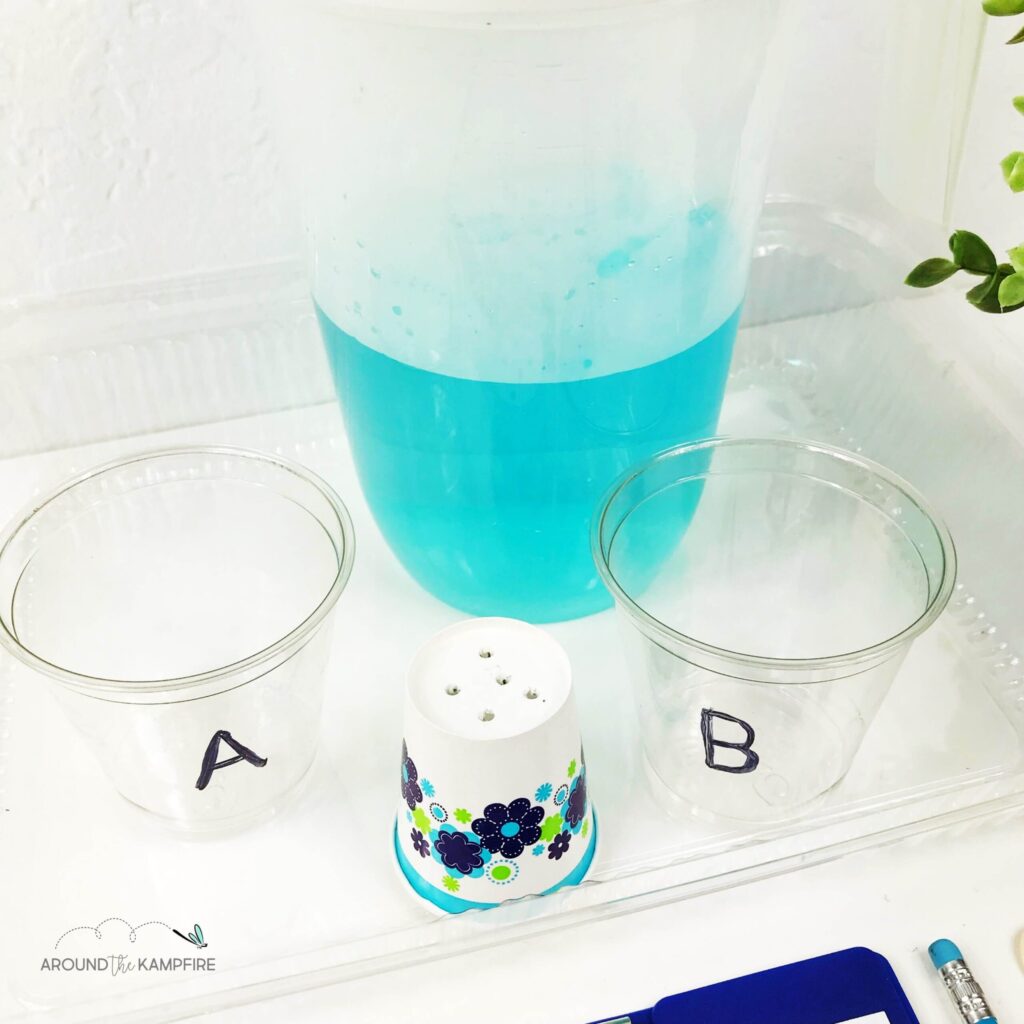
- Use a small paper cup as the rain cup. Poke small holes in the bottom.
- Label two 9 oz. clear cups as Cup A and Cup B.
- Students pour water into the rain cup and move the rain cup back and forth between cup A and cup B so it “rains” in both cups.
Next, students use their materials to devise a way to measure the rainfall in both cups and record their observations. Since they will not have a ruler, their measurements will be untraditional.

Make 3D Precipitation Graphs

Choose a city and research its weather to find the amount of monthly rainfall. Use connecting cubes to build a 3D precipitation graph of its yearly rainfall then to compare the monthly weather data.
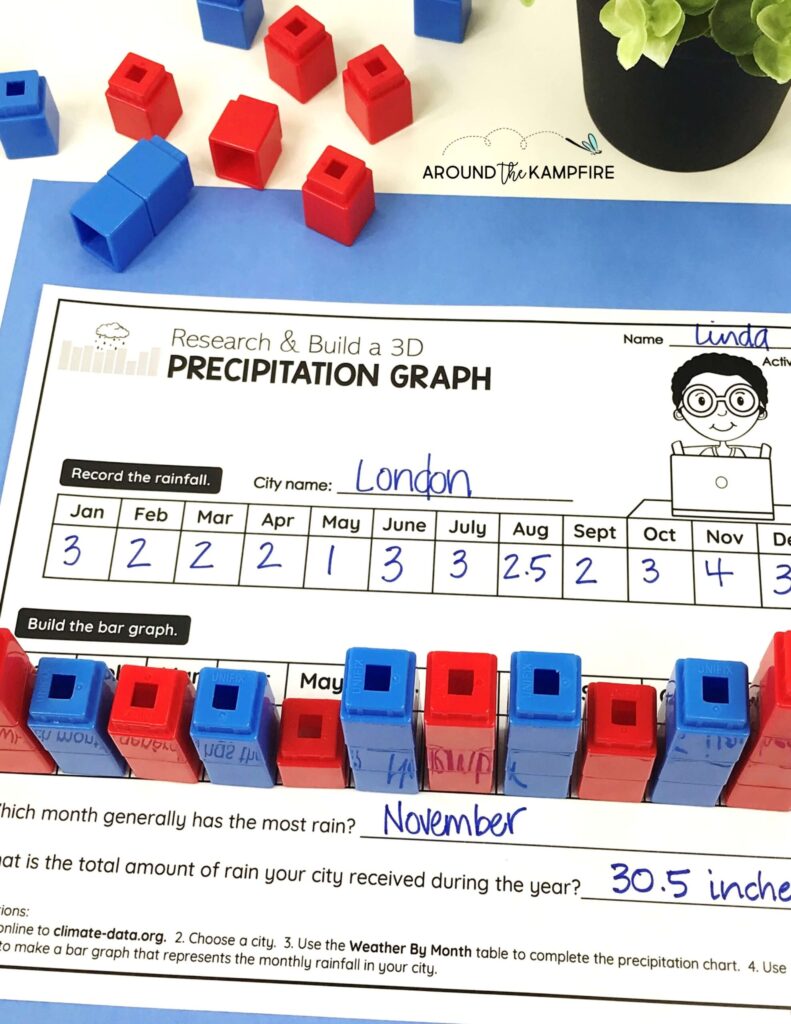
Lab sheet source
Design a hurricane-safe home
Challenge your students to solve weather-related problems and incorporate engineering practices by designing a hurricane-safe house.
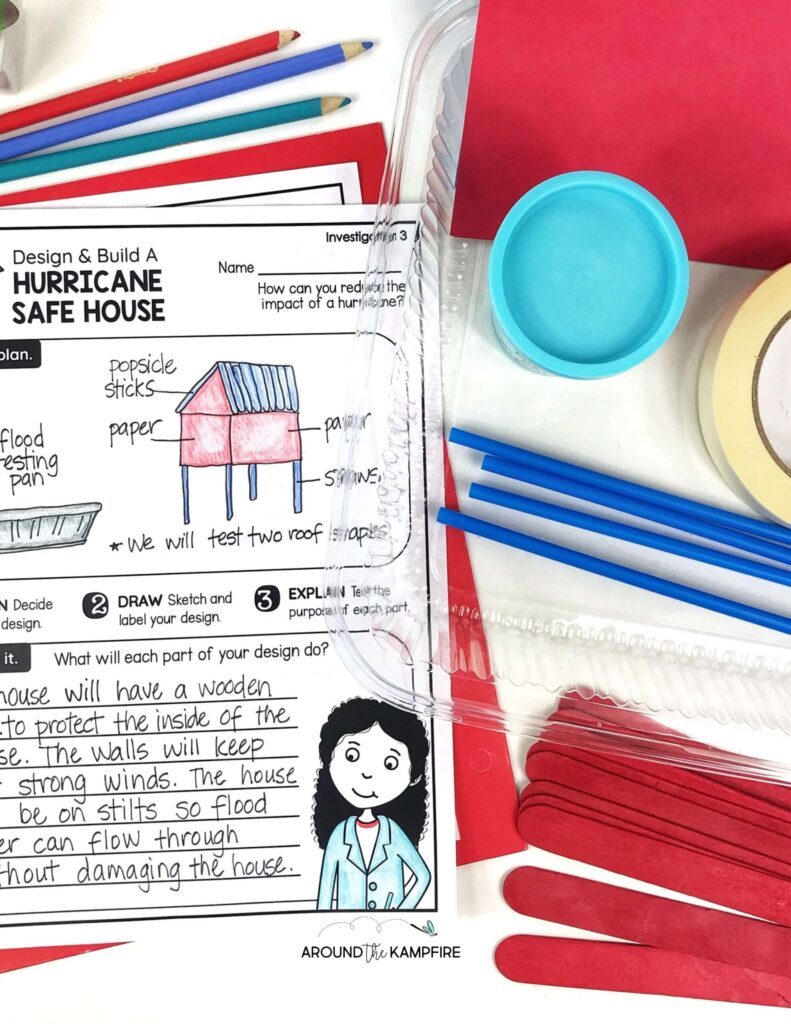
Ask students to research hurricanes then use what they learn to design a house that will reduce the impact of a hurricane.
Model Ways to Stop a Flood
Make models to test various materials and their ability to reduce the impact of a flood. Engineers test properties of materials to decide which are best for certain jobs.
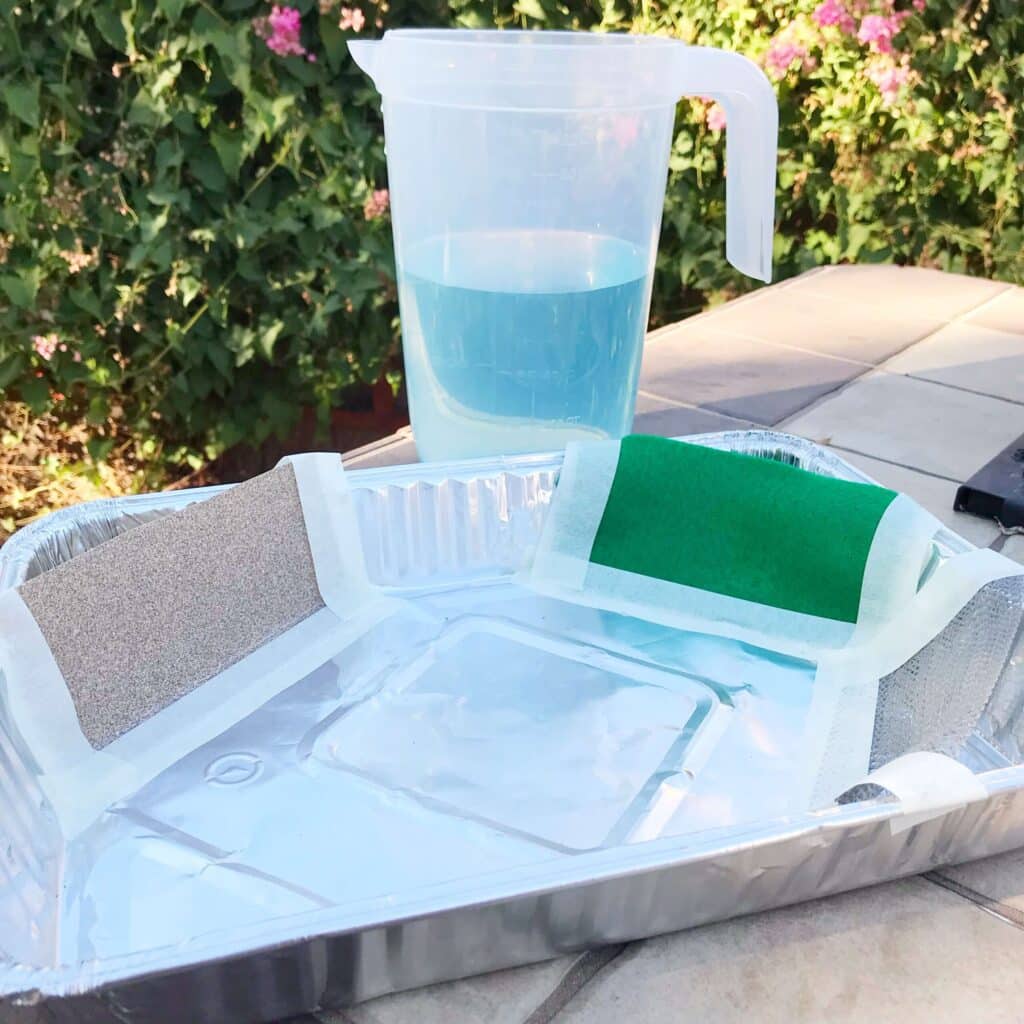
Write Storm Safety Guides
As students learn about severe weather, have them research ways to reduce the impact of natural hazards.
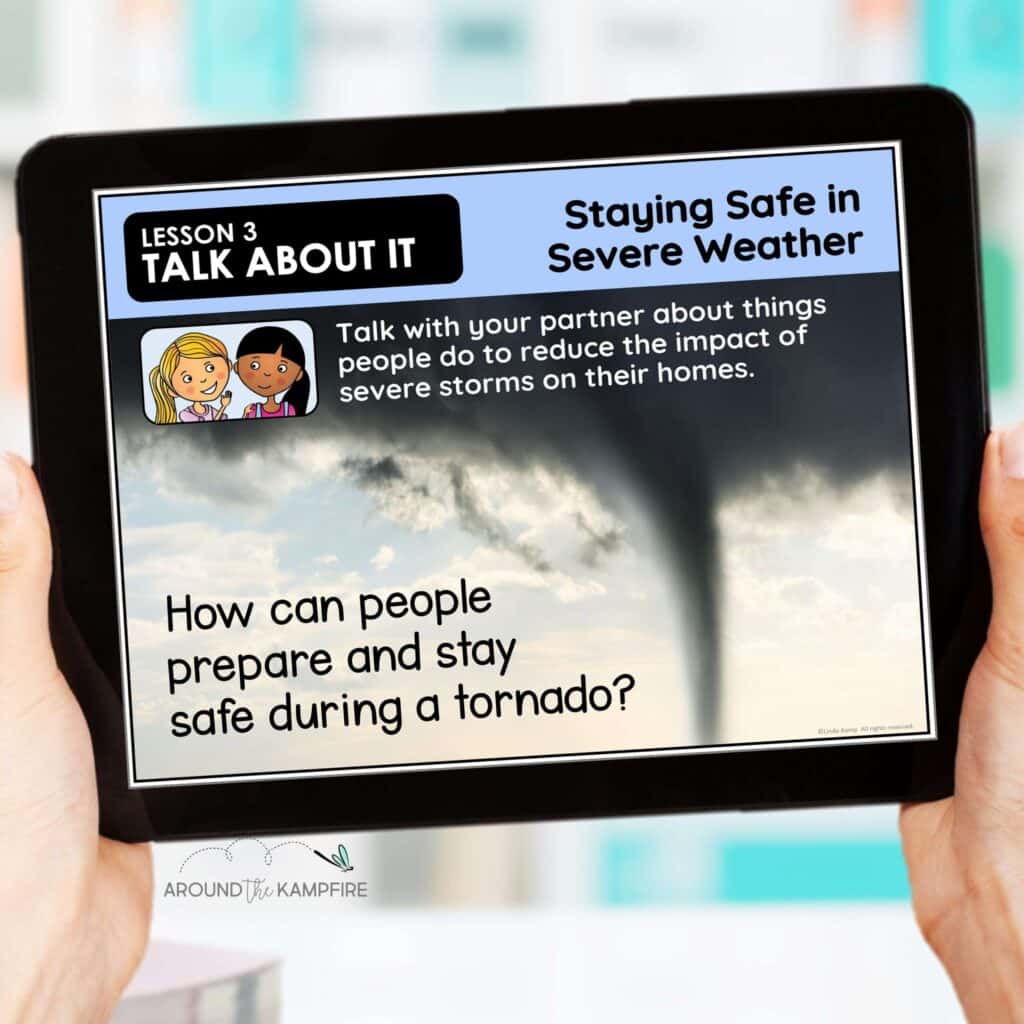
Students can write storm safety guides about how to prepare for and stay safe during extreme weather events.

This project is a great way to incorporate writing in your science lessons!
Weather and Climate Lesson Plans
Click on the pictures below for complete weather and climate science unit with lesson plans, labs, teaching slides and more!

Learn to Read Thermometers
One of the key concepts students learn is that to compare weather data, it must be measured and recorded in the same way. Students learn to read a thermometer and use this standard tool to measure temperature.
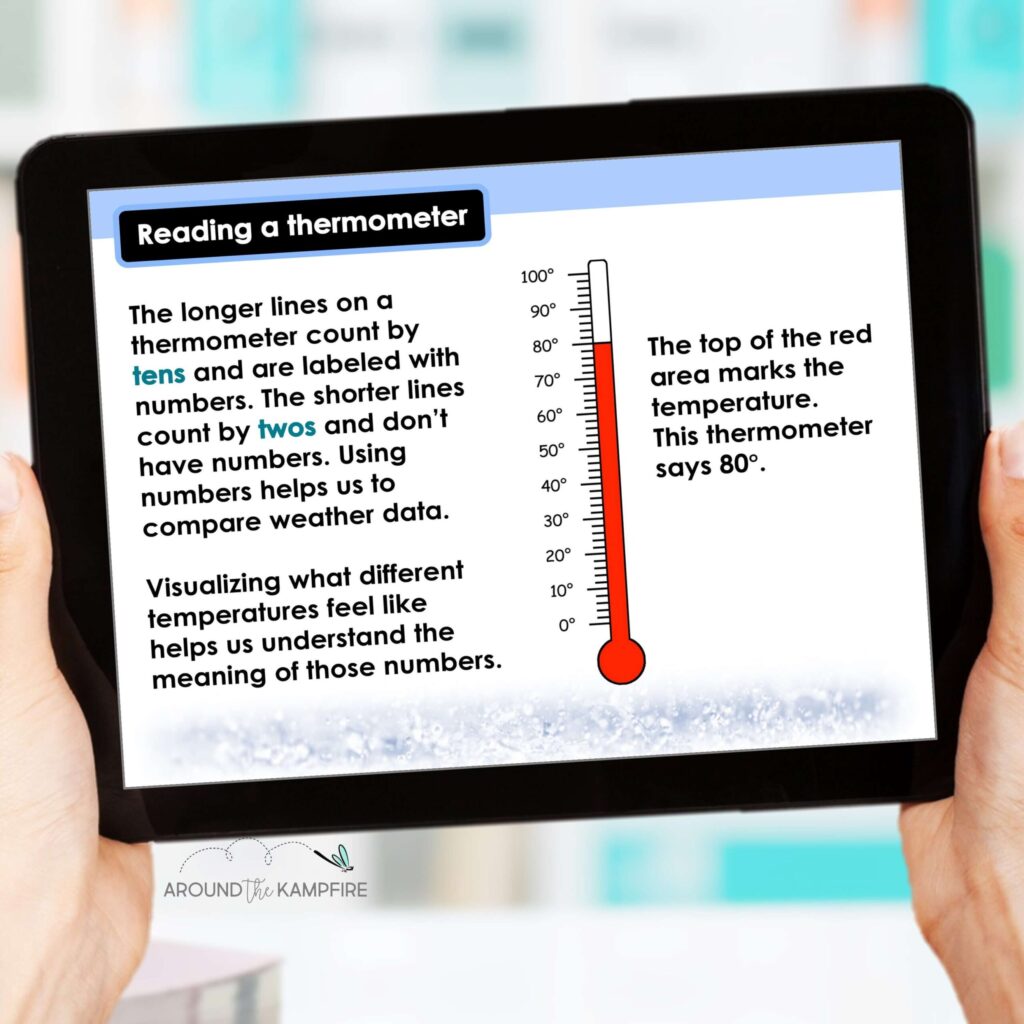
Measuring temperature and reading thermometers are also a great way to also incorporate math skills. Students can practice Reading A Thermometer online on IXL.
Determine an Average Temperature
Another way to incorporate math skills into a weather science unit is to determine the average temperature of a place. Students use addition and division to determine an average temperature.

Here’s how:
- Record high temperatures each day for one week where you live.
- Add those numbers together
- Divide the sum by seven to find the average temperature for the week.
Make Weather Instruments
To predict the weather, scientists use several different tools to gather data. They collect information on temperature, humidity, wind speed, and barometric pressure. Students can easily make simple weather instruments to collect their own data.
Barometer with a Jar
Students can record changes in barometric pressure by making a homemade barometer. This easy to do design requires a jar, a balloon, a rubber band and a toothpick!
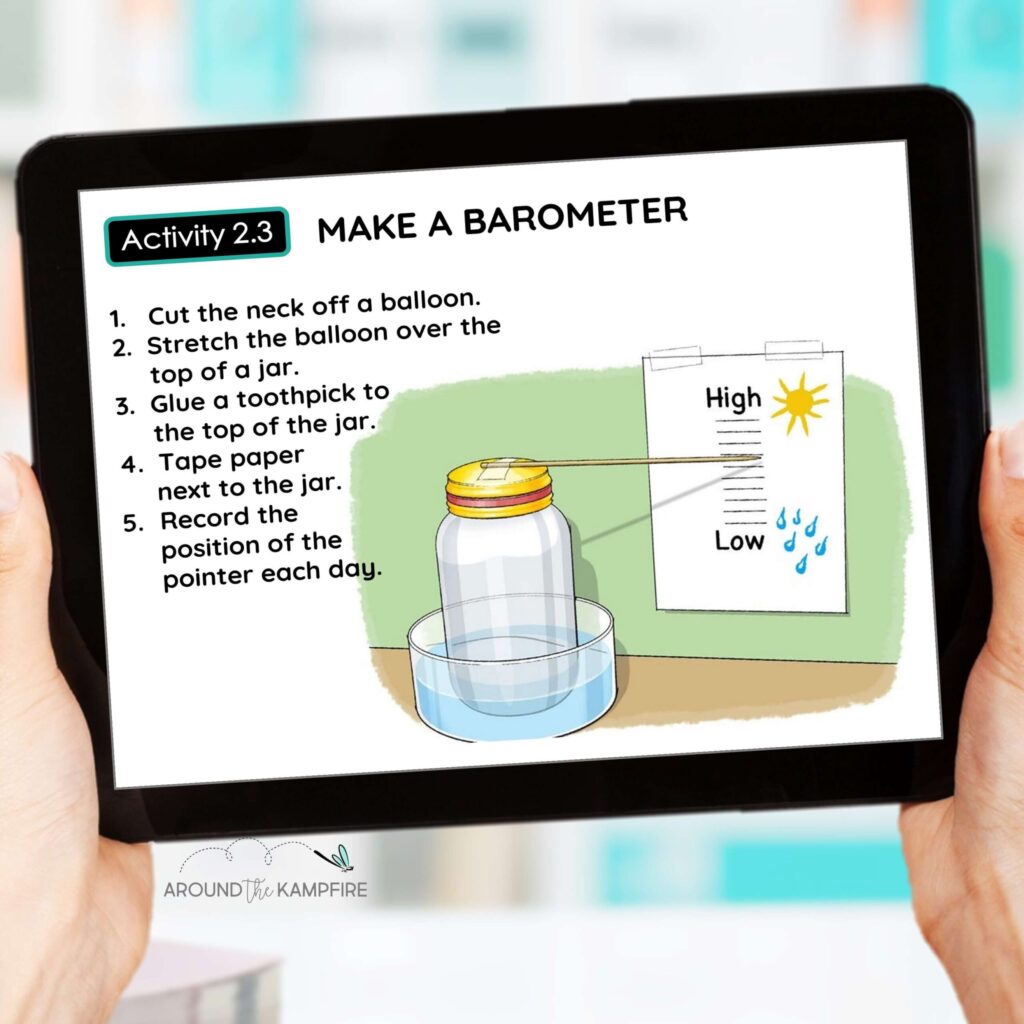
DIY Anemometers
Make a simple anemometer to measure wind speed with straws and small paper cups.
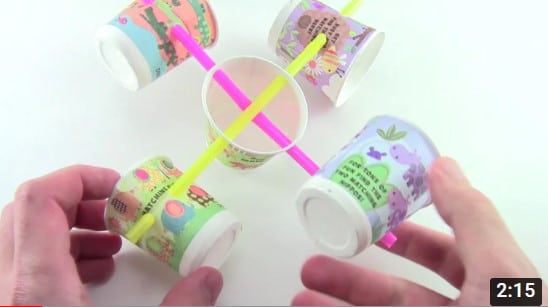
Turn a Bottle Into a Rain Gauge
Learn how to make a rain gauge on Science Sparks using a 2-liter bottle.
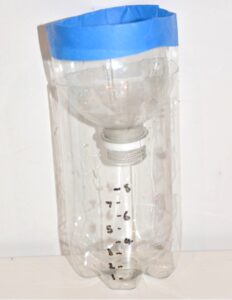
Make a Water Thermometer
See how to make a water thermometer at Steve Spangler Science.

Learn more about weather instruments on Weather Wiz Kids and National Geographic Kids .
Simulate How Mountains Affect Climate
Climate on a mountain varies depending on what altitude you are up a mountain. Mountains can have a big impact on rainfall. Mountains are natural barriers to the winds that carry moist air over the land. When air reaches a mountain it is forced to go over it.
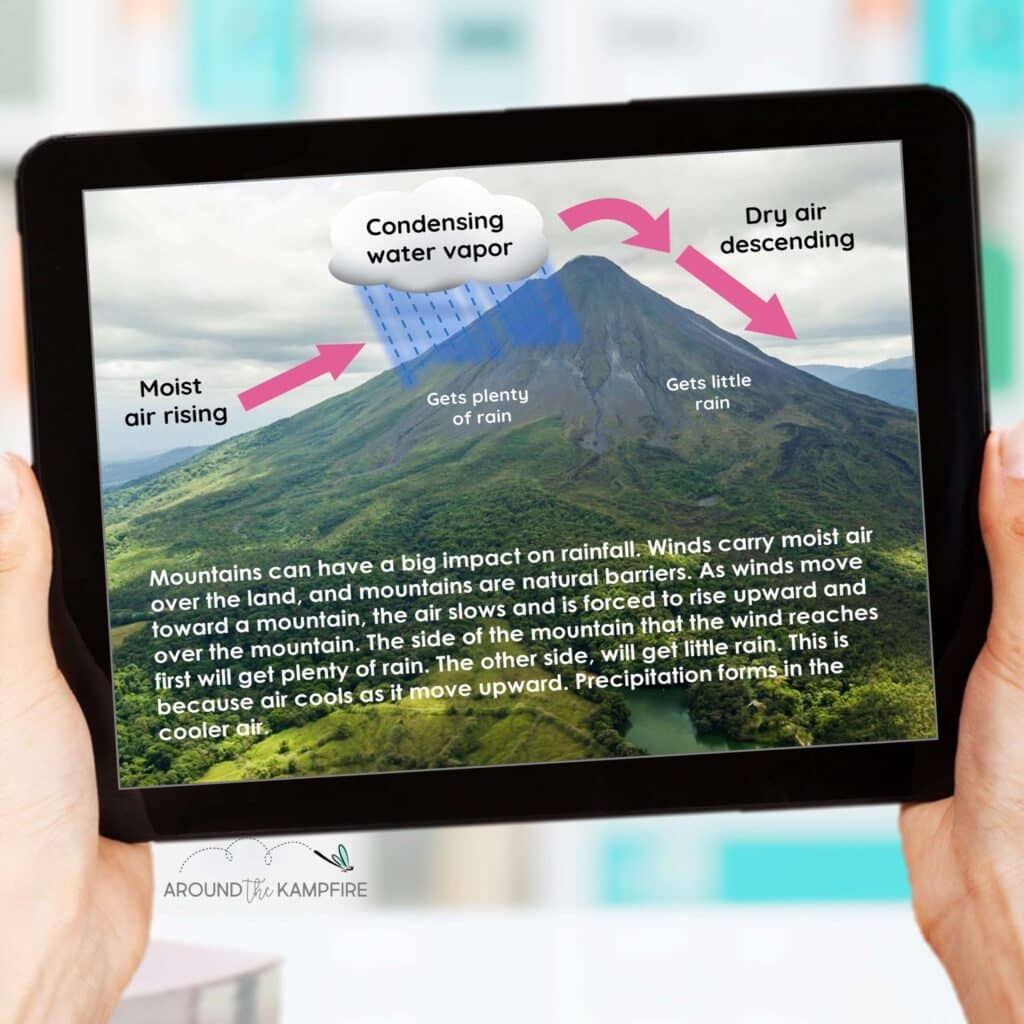
The side of the mountain the wind reaches first will get plenty of rain. The other side will get little rain. This is because air cools as it moves upward. Students can simulate how mountains affect climate by using a fan and a box to represent wind and a mountain.
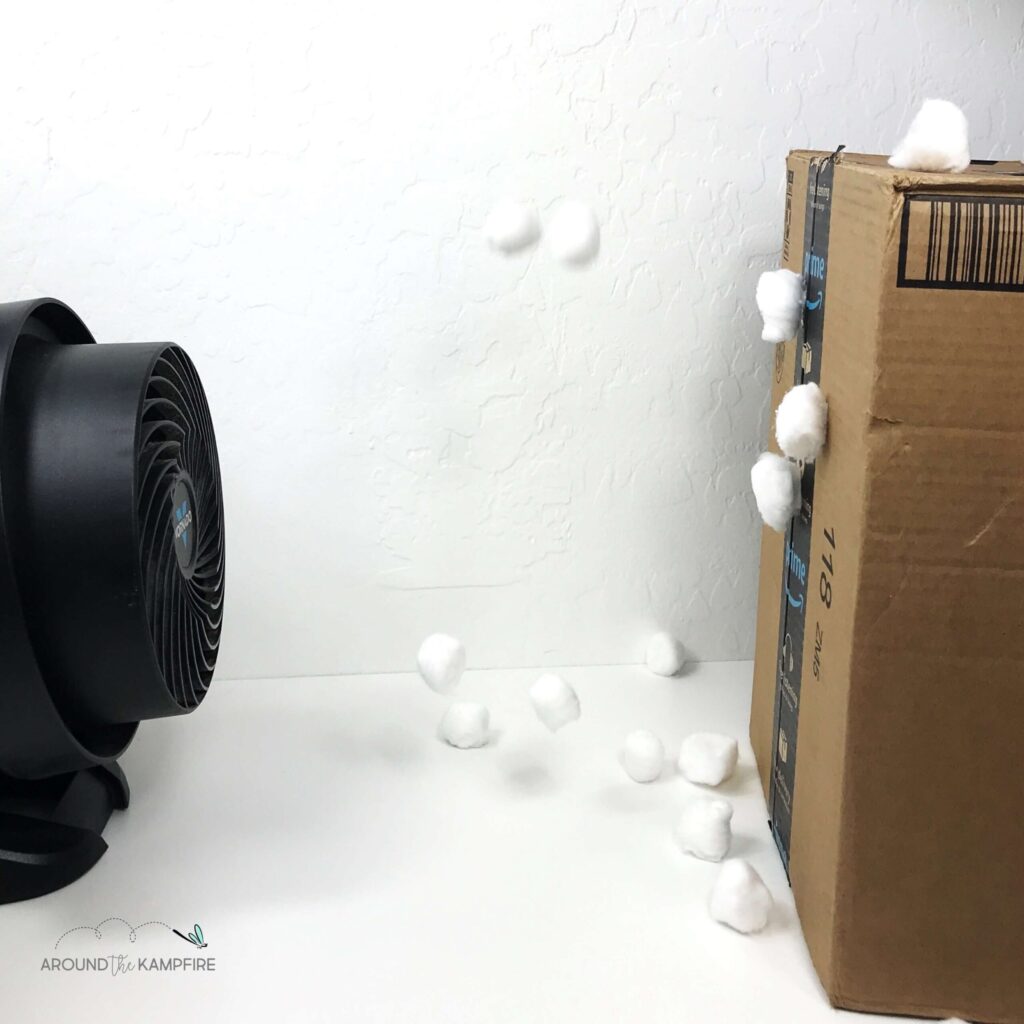
Turn on the fan and have students drip cotton balls to simulate the mountain barrier that blocks cool moist air that results in precipitation.
Explore How the Sun Affects Climate
Because the Earth is round, the sun’s rays don’t fall evenly on the land and oceans. This causes some parts of the Earth to get more of the sun’s energy than others.
A location’s latitude has a big effect on its climate. Temperatures drop the further an area is from the equator.
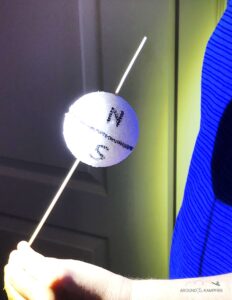
Add Math to Your Weather Activities
Incorporate math by having students solve weather related word problems. These task cards are part of a complete 3rd grade weather and climate unit .
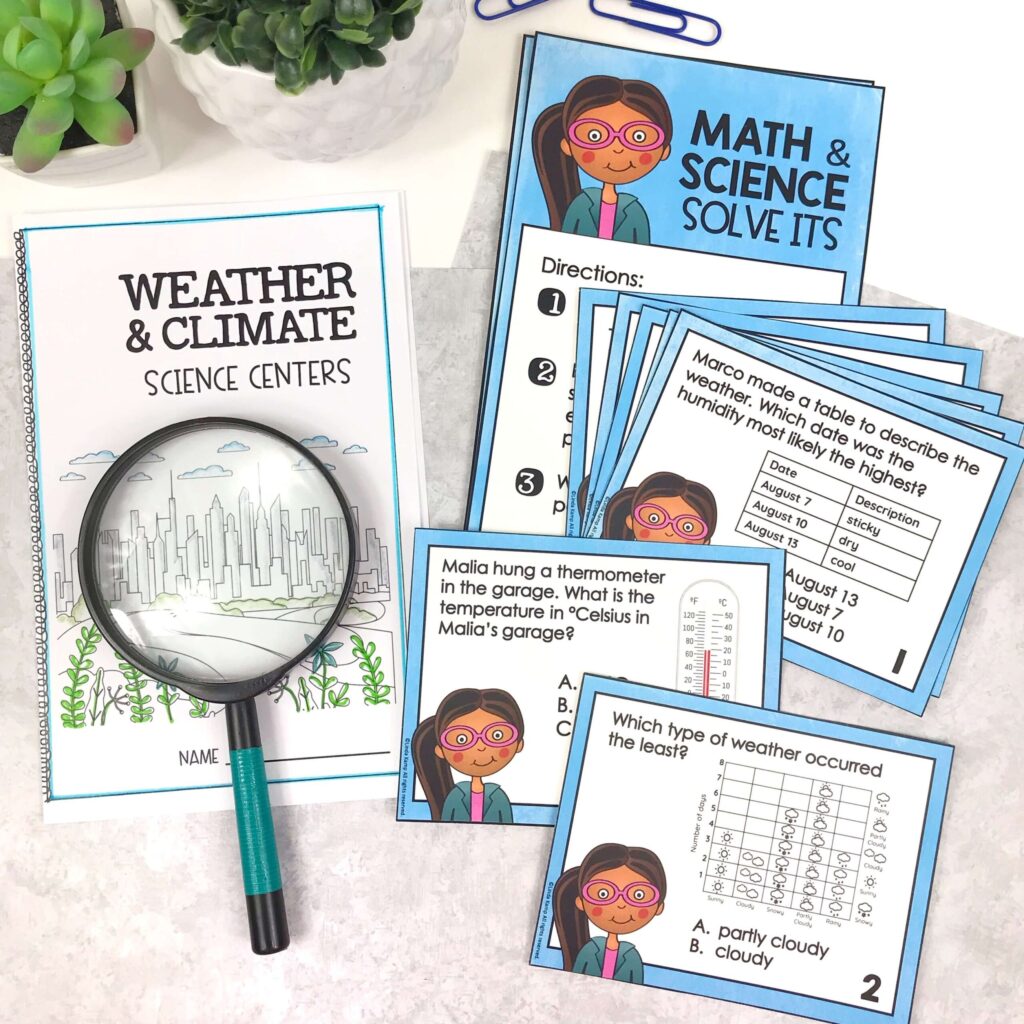
Students analyze data, interpret weather graphs, read thermometers and more.
Play Weather and Climate Games Online
IXL Weather Games
You can only play the games for a short time without creating an account
- Compare Temperatures on Thermometers
- Graph Temperature Data
- Weather vs Climate: What’s the Difference?
- Weather and Climate Around the World
- Use Climate Data to Make Predictions
- Use Data to Describe U.S. Climates
- Use Data to Describe World Climates
Weather and Climate Videos
- Measuring Weather
- Weather Instruments
- Severe Weather
- Weather Safety
- Tornadoes, Hurricanes, Thunderstorms
- Climate Zones
- Weather Channel Tornado Simulation
- Weather Channel Storm Surge Simulation
Books About Weather and Climate
Incorporate science in your reading block with informational books about weather and climate. I’ve collected a range of books on Amazon. Click here to see the list.
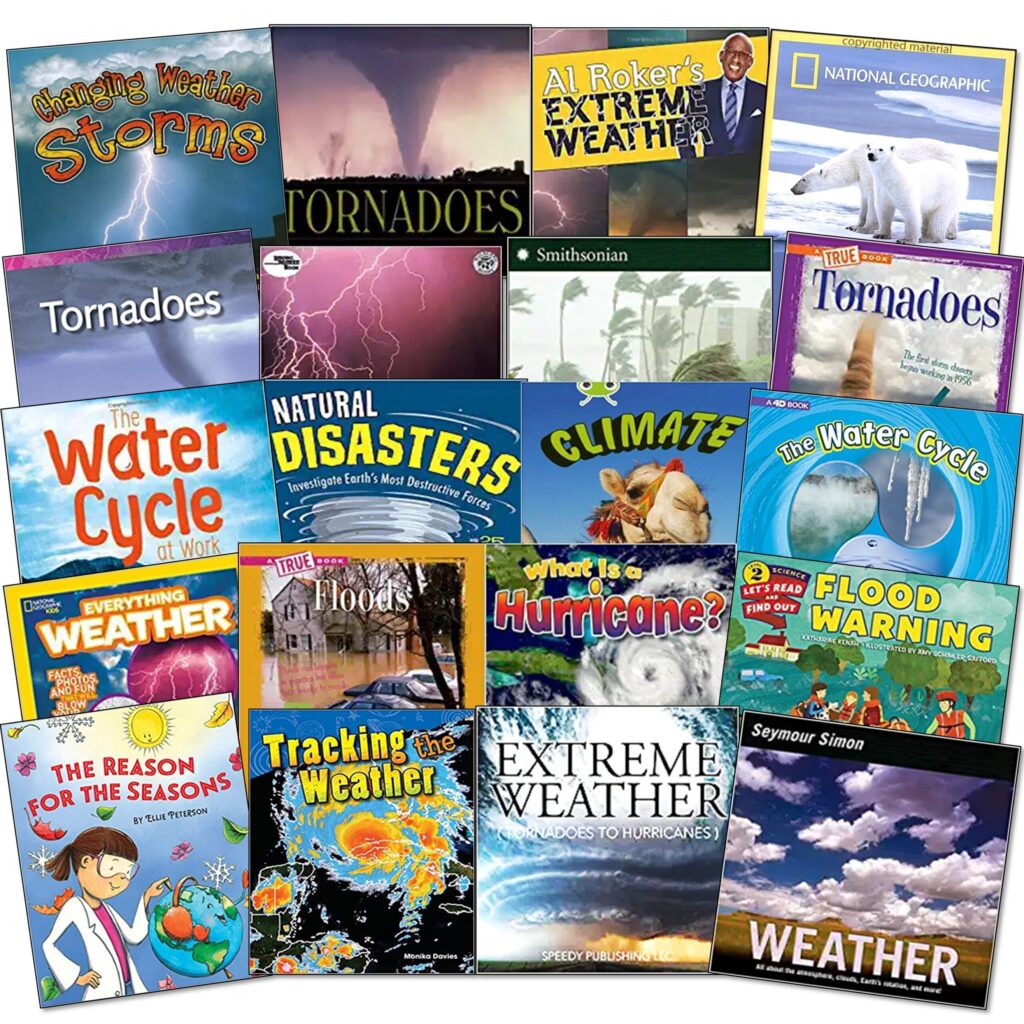
Weather Websites for Kids
- Climate Kids NASA
- Earth and Atmospheric Science
- Extreme Weather
- National Geographic Forces of Nature: Hurricanes and Tornadoes
- Weather Wiz Kids
- Treehouse Weather Kids
- The Old Farmer’s Almanac for Kids
- National Weather Service for Kids
- Space Weather Center
Excite your students with these high engagement experiments, project ideas, and weather and climate activities for third grade. Save this post for later so you have it when you plan!
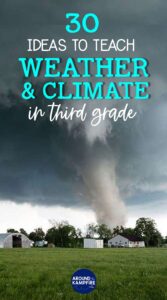
Visit these posts for more third grade science activities:
10 Easy Inherited Traits Activities or 3rd Grade
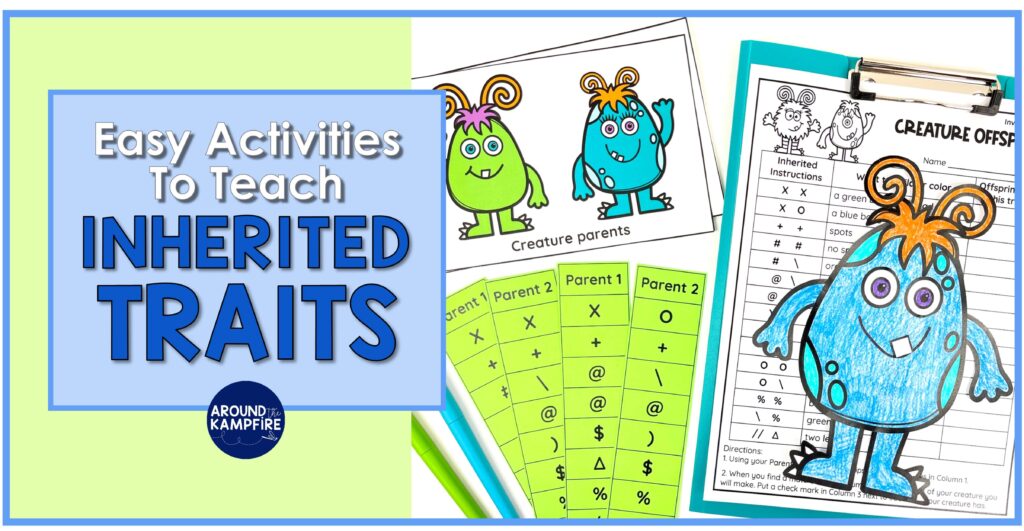
Force & Motion Activities for Third Grade

Free Science & Engineering Practice Posters

The First Week in Third Grade Science

Happy teaching!
Share this:

Stop the summer slide!
Free Summer Learning Menus
Help prevent summer learning loss. Grab these free Summer Learning Menus and parent letter for 2nd grade and 3rd grade students.

You May Also Enjoy These Posts
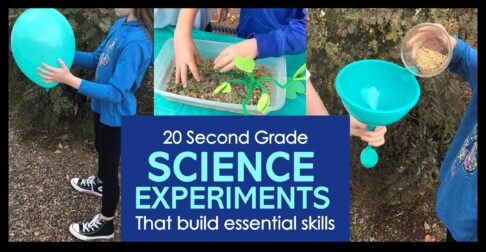
Reader Interactions
Leave a comment cancel reply.
Your email address will not be published. Required fields are marked *
Notify me of new posts by email.
Hello Friends
I’m Linda Kamp, a 20 year primary grade teacher with a passion for creating educational materials that excite students and make learning fun! I'm so glad you're here!

High Impact Tutoring Built By Math Experts
Personalized standards-aligned one-on-one math tutoring for schools and districts
Free ready-to-use math resources
Hundreds of free math resources created by experienced math teachers to save time, build engagement and accelerate growth

26 Whole ClassMath Games: Adaptable For All Students
Samantha Dock
Whole class math games are becoming progressively more popular among educators and students as a strategy to increase learner engagement and comprehension. This approach transforms traditional math lessons into interactive and immersive learning experiences.
In this article, we list 26 of the best math teacher-approved whole class math games for you to try with your students today.
What are whole class math games?
Whole class math games are a way to leverage gamification, such as challenges, levels, and points, to motivate and engage all learners in math in a fun way. Whole class math games should be student-centered learning and accessible to all students and be flexible to include all learner abilities and additional needs.
Through fun math games, teachers can motivate and inspire students to work collaboratively, to solidify their understanding of key math concepts and to have fun during math class.

26 Whole Class Math Games
Play these 26 fun and engaging math games with your pre-kindergarten to 8th grade students.
Benefits of whole class math games
By using whole class math games strategically, they can be an effective learning strategy . The benefits of whole class math games include:
- Intrinsic motivation: Games can provide intrinsic motivation by offering immediate feedback, rewards, and a sense of accomplishment.
- Reinforce math content: Games naturally encourage repeated practice and exploration. Learners are more likely to continue practicing and retaining what they have learned over time by embedding math concepts within engaging game contexts.
- Personalize learning and feedback: Gamification facilitates a tailored learning experience where students can progress at their own pace and receive individualized feedback, addressing their unique learning needs and preferences.
- Promote perseverance: Students are motivated to persevere with challenging mathematical problems.
- Promote problem-solving , strategic thinking and critical reasoning
- Foster collaboration: Games encourage students to work together, discuss strategies and learn from one another.
- Math can be fun: Games can help to reduce math anxiety by presenting math in an accessible way in a low-stakes environment.
26 whole class math games to engage all students
Here, we’ve listed 26 whole class math games including mental math games , multiplication games and more:
6 No prep whole class math games
1. clap and count.
This is a great no prep and quick whole class math game to get students engaged and moving!
Grade level: PreK-3
How to play: The math teacher or selected student picks a number and says it aloud or writes it on the whiteboard. The class is then expected to clap and count up to that number. This game helps students practice their number sense.
Ideas to adapt: You can adapt this to include exercising, as well! (Example: the number 5 is selected, so students have to do 5 push ups).
This game can be used to count in varying increments e.g. 2s, 5s, 10s.
Another quick, no-prep whole class math game that gets students to collaborate and strategize! This is a great game to play if you have a few extra minutes at the end of class or the students need a brain break.
Grade level: Grades 3-8
How to play: In this game, have students count to the number 21. If two or more students say the same number, start over from 1. The same student cannot say two numbers in a row.
Ideas to adapt: You can change the number higher or lower depending on the number of students in your class or have students close their eyes to make it more challenging!
3. Mystery Number
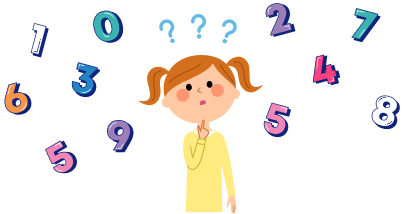
This activity reinforces math fluency and vocabulary. This can be a whole class math game or have students buddy up.
Grade level: Grades 1-4
How to play: One person in the group thinks of a number and gives the other person hints about what the number is. For example, a hint can be, “The number is bigger than 3, but less than 17.”
Ideas to adapt: You can have students write down their number on a mini dry erase board or their notebook so they do not forget it.
War is a simple yet effective card game to get students to compare two quantities.
Grade level: Grades 1-8
How to play: Typically, this game is played with a deck of cards that is split into two even piles. The cards are face down and students pick the top card to compare with their partner. The person with the higher card value gets to keep both cards. If the two cards have the same value, the students place 3 cards face down and flip over the fourth one. The student with the higher value card gets to keep all of the cards. In order to win the game, students must collect all of the cards in the pile.
Ideas to adapt: This game is easily adaptable to each grade level. You can make and print out cards with the concept that you are learning. For example, you can create 52 cards with integers on them, or fractions and decimals.
Another no-prep card game to quickly engage students and get them practicing number bonds and math fluency. 24 lays the groundwork for computational thinking.
Grade level: Grades 1-9
How to play: In 24, students are in groups of 2-4 and are asked to make the number 24 using all four numbers on the card and any operation. The student who can make the number 24 first wins the cards. The student with the most cards at the end wins.
6. Dominoes
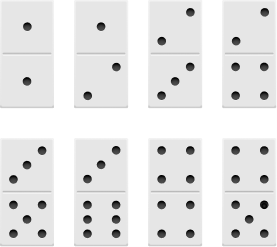
There are so many variations of dominoes that you can use with your students!
How to play: One way to play is to have all the dominoes flipped over and each student picks a domino, writes down each side as an addend and adds them together. You can also use the domino to create addition fact families to help with fluency in numbers and operations, categorizing them into even and odd numbers, or sorting them by the sum.
Another way to adapt dominoes is to lay them down so that you have a row that adds up to 10. To begin with, the dominoes are face down. Each player takes turns picking up a tile and making a new row or putting it at the end of a row to make 10. In this game, the student with the most rows of 10 at the end wins. This helps to support students’ conceptual and computational growth.
Ideas to adapt: Creating magic squares is another way to use dominoes to engage students in learning and enhance their math fact fluency.
9 Whole class math games for any grade
7. jeopardy.
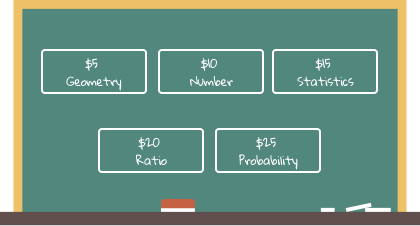
Grade level: Grades K-8
Jeopardy is a classic game that teachers typically use as a unit review.
How to play: Students are split up into 4 teams and must answer the questions on the board. The questions are separated into 5 categories and given a dollar amount. The higher the dollar amount, the more difficult the question is. The group with the highest dollar amount at the end of the game wins.
This is a great game that can be played in person or virtually.
How to play: Give students a blank BINGO board and have all the potential answers on the front board. Ask students to write down the answers on their board wherever they want. Make sure they know to write down each answer only once.
Once all BINGO boards have been created, pick a question for the students to answer. You can create a PowerPoint with all the questions on separate slides and ask students to pick a number. When you click on that number the question will be presented to the students to answer. Students will mark off the answer on their BINGO cards and the first student to get 5 in a row wins!
9. Trashketball
Trashketball is another engaging review game.
How to play: This game works best if there are about 6 single-sided pages printed in a packet for each student to complete. Students work on the first page, check their answers with the teacher, and if they get all their answers correct, they can crumble their piece of paper into a ball and stand at the 2 or 3 point line to attempt a basket. You can use the recycling can on top of a desk as the basket and put tape on the ground to mark off where the 2 and 3 point lines are. The student with the most points at the end of class wins.
Ideas to adapt: If a student has an incorrect answer, you can tell them which question was wrong or tell them, “2 problems on this page are incorrect.” This allows them to conduct error analysis on their own work.
10. Scavenger hunt
Many premade scavenger hunt worksheets can be found online. You can also create your own and adapt it to be for whatever your class is learning at that time!
How to play: For this, students will need paper or a recording sheet to show their work, a pencil, and a clipboard. You will need to hang up the question/answer pages around the room. On these pages, the top half should have the answer to the previous problem and the bottom half should have the next question to be answered. The goal is to have students practice as many questions as possible to review the material.
This whole class math game is similar to the scavenger hunt.
How to play: Question pages should be posted around the room and students will need a recording sheet, pencil, and clipboard to lean on. Students are given a set amount of time to work on the page in front of them (for example, students have 30 seconds to simplify the algebraic expression). After 30 seconds, the math teacher will say “scoot” and students will shift to the next question page, have 30 seconds to complete the problem before moving on to the next one. The goal is to have students practice fast math facts and fluency.
12. Whodunit
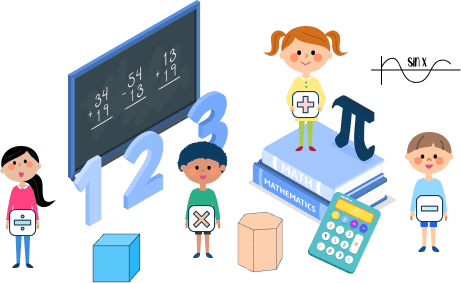
A “Whodunit” activity is a mystery-solving game where participants work together to uncover clues, solve puzzles, and ultimately identify the culprit behind a fictional crime. This activity does involve a lot of set up but is a great way to get students to buy into the material and actively participate in their learning experience.
How to play: Small groups will work together to solve math problems and be rewarded with clues to identify the culprit. You can find many pre-made downloadable options online to reduce planning time.
13. Relay race
Grade level: Grades K-8
Playing a relay race in math can be a fun and engaging way to review concepts or practice mathematical skills.
How to play: Divide the class into equal size teams and set up stations. Students will take turns sending one team member at a time to the task station which could include solving equations, completing math puzzles, answering word problems, or performing mental math calculations.
After the race, gather the students to review the tasks and discuss any challenges or interesting strategies used during the relay. You can also review the correct answers to the math problems to ensure understanding.
14. Quiz, quiz, trade
“Quiz, Quiz, Trade” is a cooperative learning strategy that promotes formative assessment , active engagement and peer-to-peer teaching. It’s particularly effective for reviewing math concepts in a fun and interactive way.
How to play: Prepare a set of question cards related to the math concepts you want to review. Each student should have a card and each card should have a math problem or a question on one side and the answer on the other. Arrange students into pairs or small groups around the room and distribute one question card to each student, ensuring each student has a different question.
Then have students hold their cards up with the question side facing out. Each student quizzes their partner with the question on their card. They can read the question aloud or show it to their partner. The partner tries to answer the question without looking at the back of the card. If they answer correctly, they receive praise and encouragement from their partner.
After both partners have quizzed each other, they trade cards, find a new partner, and repeat the process. “Quiz, Quiz, Trade” effectively reviews math concepts while promoting active engagement, collaboration, and peer teaching among students. It’s adaptable to various grade levels and can be customized to focus on specific math topics or skills.
15. Escape room
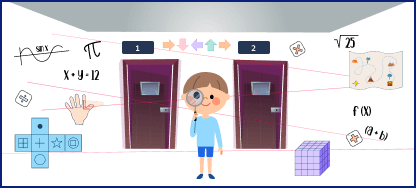
Creating an educational escape room in math is a fantastic way to engage students in problem-solving, critical thinking, and collaboration while reinforcing mathematical concepts.
How to play: There are many escape rooms online for teachers to use. Breakoutedu is a great resource to build physical escape rooms to review mathematical concepts or assign virtual escape rooms for students to complete as a class, with a small group or partner, or individually.
5 Number sense and operations whole class math games
16. human number line.
Grade level: Grades K-7
A human number line activity is an interactive and kinesthetic way to teach or reinforce concepts related to numbers, number sense, and mathematical operations.
How to play: In this activity, students physically represent numbers along a designated line or axis, allowing them to visualize numerical relationships and engage in hands-on learning.
17. Guess who
Playing “Guess Who?” in math creatively reinforces mathematical concepts such as properties, characteristics, or attributes of numbers, shapes, or other mathematical objects.
How to play: Create or print out game boards featuring various mathematical objects or concepts. For example, you could have boards with numbers, geometric shapes, mathematical operations, or math-related images.
Players engage in critical thinking as they analyze mathematical properties and make educated guesses based on the information they gather. Also, players practice using mathematical vocabulary and describing mathematical properties in a clear and concise manner. The game promotes active engagement and participation as players interact with each other and work towards solving the mystery.
18. 4 in a row
Ideal for intervention groups or students developing fluency in adding 9, 10, or 11 and place value. Suitable for math workshops or stations to enhance fluency.
How to play: In this game, pairs of students share one game board. Laminate the board or use a photocopy with counters or markers. The first player rolls a die and adds 10 (or 11 or 9!) to cover a spot. The next student rolls the die and adds 10 (or 11 or 9). The goal is to achieve 4 in a row strategically, considering available numbers.
Ideas to adapt: You can use base 10 blocks or other “hands on” manipulatives to show students how adding 10 impacts the tens place and adding 11 impacts both the tens and the ones. Adding 9 is tricky for some students, so you can show them by adding 10 and then taking away one cube.
Grade level: Grades 5-8
Nerdle is a daily math puzzle inspired by The New York Times’ word puzzle, Wordle. Nerdle challenges players to guess a randomly selected calculation within six attempts.
How to play: After each guess, players receive feedback on the tiles: green for correct tiles in the correct position, yellow for correct tiles in the wrong position, and gray for incorrect tiles.
Players refine their guesses using this feedback, aiming to correctly guess the calculation or exhaust their attempts within the allotted six tries. Nerdle offers a fun and intellectually stimulating way to exercise math and deduction skills while enjoying a guessing challenge.
20. Equation Scrabble
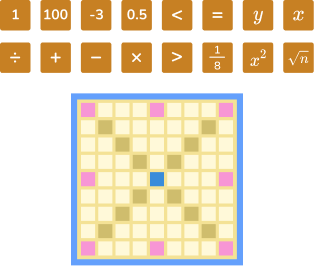
Equation Scrabble is a versatile math-centered game for 1-4 players to sharpen math facts and number sense, or delve into specific skills like fractions, decimals, large numbers, negatives, variables, and exponents.
How to play: Similar to Scrabble but with numbers and variables, students form addition, subtraction, multiplication, and division equations, earning points based on the complexity of their equations. You can find printable versions online, or make your own.
Ideas to adapt: Adjust the game by removing pieces to tailor it to focus on a single operation or skill, offering a flexible and engaging math activity for diverse learning needs.
2 Mental math and problem-solving whole class math games
21. multiplication baseball.
Grade level: Grades 3-4
Multiplication baseball infuses the excitement of baseball with multiplication practice.
How to play: Players form two teams, one batting and the other fielding. The batting team’s players take turns answering multiplication flashcards to advance around the bases, scoring runs for correct answers and accumulating outs for incorrect ones.
This game not only sharpens multiplication fluency and mental math skills but also fosters strategic thinking and teamwork as players strategize to score runs and defend against the opposing team. It’s a dynamic way to reinforce multiplication skills while enjoying the spirit of competition on the “field.”
22. Hamburger dice game
Grade level: Grades 4-9
In this engaging activity, students utilize problem-solving strategies and mental math skills as they collaborate to construct a hamburger.
How to play: Working in small groups or pairs, students are equipped with three dice and a burger building sheet. Taking turns, they roll the dice and creatively manipulate the numbers rolled to match the desired ingredients for their burgers.
However, there’s a twist—the burger assembly must commence with the bottom bun equivalent to 12 and conclude with the top bun equivalent to 10, allowing flexibility in arranging the toppings between. The objective is clear: the first student to successfully assemble their burger according to the given criteria emerges as the winner, blending mathematical thinking with culinary creativity in a fun and competitive manner.
4 Geometry and measurement whole class math games
The ideas below include different fun math activities suited to geometry and measurement. These are not games in themselves but when presented with an element of competition, the activities below can leverage gamification to engage and inspire students.
23. Pattern blocks
Grade level: Grades K-5
Pattern blocks are versatile mathematical manipulatives that students can use to explore various mathematical concepts and develop important skills. These colorful blocks, typically available in shapes such as triangles, squares, rhombuses, trapezoids, and hexagons, allow students to engage in hands-on learning experiences.
Students can use pattern blocks to develop spatial reasoning by exploring geometric relationships, identifying shapes, and creating patterns and designs. They also support the development of mathematical concepts such as symmetry, congruence, fractions, and area.
How to play: Through activities involving sorting, classifying, composing, decomposing, and transforming shapes, students enhance their understanding of geometry, spatial visualization, problem-solving, and critical thinking skills. Pattern blocks provide a tangible and interactive way for students to deepen their mathematical understanding and foster a love for learning in mathematics.
24. Stained glass window activity
Grade level: Grades 7-9
This activity encourages students to tap into their artistic side while practicing their understanding of graphing linear equations.
How to play: Students will create a stained glass window by graphing linear equations.
Teachers will need to distribute coordinate planes or graph paper, provide pupils with the linear equations, have students graph them and add color and outlines to their designs with colored pencils and Sharpies.
Ideas to adapt: You can provide equations already in slope-intercept form and or where students need to solve for y before graphing.
25. Geoboards
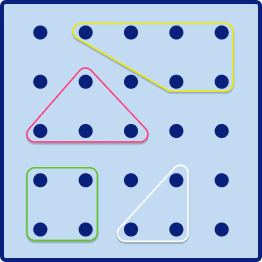
Geoboards are hands-on mathematical tools comprising a board with pegs arranged in a grid pattern, allowing students to stretch rubber bands to create shapes and patterns.
How to play: With geoboards, students delve into various mathematical concepts, from geometry to fractions and measurement. They explore geometric shapes, angles, symmetry, and spatial relationships while enhancing spatial reasoning skills.
Additionally, geoboards facilitate understanding of fractions by partitioning shapes and practicing measurement through area and perimeter calculations. Moreover, students engage in problem-solving activities and unleash their creativity as they design geometric patterns and solve puzzles, making geoboards versatile tools for interactive and exploratory learning in mathematics.
26. Use LEGO bricks
Grade level: Grades 3-5
Students can use LEGO bricks to enhance their understanding of math and use them similarly to base ten blocks .
How to play: By building structures with LEGO bricks, students can explore concepts such as halves, thirds, fourths, and more by partitioning bricks into equal parts. They can create models where different colored bricks represent different fractions, allowing them to see and compare fractional relationships.
Additionally, students can use LEGO bricks to perform operations with fractions, such as adding, subtracting, multiplying, and dividing, by combining or separating brick groups. This hands-on approach with LEGO bricks provides a concrete and tangible way for students to grasp abstract fraction concepts, fostering deeper comprehension and retention.

Teaching tips for effective whole class math games
Implementing whole classroom math games presents various challenges, necessitating careful lesson plans and delivery. Below are 7 teaching tips for effective whole class math games:
- Give clear directions: this is crucial to ensure students understand the game rules and objectives.
- Use grouping effectively: this will promote collaboration and engagement.
- Incorporate grade-level appropriate math problems : this maintains relevance and fosters learning.
- Diversify game formats, including board games, card games , and digital games: this will accommodate different learning preferences and enhance student interest.
- Ensure equal participation: teachers will need to monitor carefully to involve all students actively.
- Assess and monitor progress: this enables teachers to tailor instruction and provide timely feedback, reinforcing learning.
- Consider cognitive load theory : Reduce the complexity of tasks and optimize students’ cognitive resources for effective learning. If the game is too complicated, students may be unable to effectively solidify math concepts.
Successful implementation of whole class math games hinges on addressing these challenges through strategic planning, differentiated instruction, and ongoing support for student engagement and learning.
The array of whole class math games presented in this article reflects the growing trend of gamification in education, offering educators valuable tools to enhance student engagement and comprehension.
By infusing traditional lessons with interactive elements such as competition, rewards, and collaboration, whole class math games motivate students while reinforcing mathematical concepts. We hope you found inspiration for your classroom, regardless of the grade level or math ability of your students.
Looking for more math games for your classroom?
- Math games for 2nd grade
- Math games for 3rd grade
- Math games for 4th grade
- Math games for 5th grade
- Math games for 6th grade
- Math games for 7th grade
- Math games for 8th grade
Whole class math games FAQ
Some examples of whole classroom math games include Jeopardy, BINGO, relay races, trashketball, and a scavenger hunt.
Three quick whole classroom math games could be clap and count, 21, or mystery number.
Almost any whole class math game can be adapted for each grade level. Some popular games among middle schoolers are Jeopardy, trashketball, scavenger hunt, and escape room.
Related articles
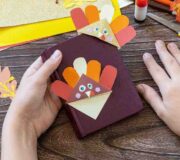
10 Fun Thanksgiving Math Activities For All Your Elementary Students

Free Summer Math Activities Packs For Elementary Teachers

Small Whiteboards: 7 Ways To Use Teachers’ Favorite Classroom Resource

25 Fun Math Problems For Elementary And Middle School (From Easy To Very Hard!)
Summer Math Activities Grades 1 to 5 Pack [FREE]
Keep math a focus for your students with these fun math games and activities to try over the summer!
The pack includes 4 separate worksheets for each grade, with different games aimed at helping students with the transition into the next grade.
Privacy Overview
Are you seeking one-on-one college counseling and/or essay support? Limited spots are now available. Click here to learn more.
102 Fun Last Day of School Activities
May 29, 2024
The days are getting hot. Students are losing focus, and teachers are getting tired. Summer is finally approaching, but there are still a couple more classes leading up to the last day of school. So, what should you do with your class once the day finally arrives? Many students look forward to a change of pace on this day, to something fun, relaxing, or celebratory. Below you will find a list of 102 fun last day of school activities, organized by the kind of activity you might be looking for. Though you will find certain activities recommended specifically for elementary or high school students, many of these ideas can be adapted to suit many grade levels.
Creative activities
1) Make friendship bracelets, leaving everyone with a keepsake to take home for the summer.
2) Make end-of-year hats or crowns to celebrate “graduating” from whatever grade your class is completing
3) Create a memory bag—ask each student to bring in a small object that symbolizes the year for them to add to the collection.
4) Make the classroom a museum of student artwork, and invite other teachers and students to come take a tour.
5) Make scrapbooks, with one page for each month of the school year.
6) Organize a talent show, in which students volunteer to perform.
7) Organize a poetry slam, with poems focused on course material.
Fun Last Day of School Activities (Continued)
8) Set up art stations to use up partially-used craft supplies.
9) Play “pass the sentence,” in which students write one sentence and pass it along to others who add to the story.
10) Do some Mad Libs , which can be found online. Have students partner up and read their stories aloud to the class at the end.
11) Make summer predictions. Hot weather? Best new films? Aliens on planet Earth? These predictions can be as realistic or fantastical as you’d like.
12) Create educational posters for the classroom next year.
13) Make DIY bookmarks as further inspiration for summer reading.
14) Make junk art using recyclable materials.
15) Sketch outdoors.
Community-focused activities
16) Assign summer pen pals, matching each student with another in the class.
17) Create a class bingo sheet that requires students to walk around and ask each other questions (who’s going on vacation this summer? Who has a dog? Who is the youngest/oldest in the class?) The first students to fill out a full row win.
18) Pass cards around with each student’s name, so students can write nice notes on each of the cards. In the end, the cards get returned, and each student has a nice keepsake for the summer.
19) Have your students come up with a project for next year’s students.
20) Plant something together, whether a tree on school property or seeds in a classroom flower pot.
21) Organize a community clean-up on school grounds.
22) Clean up the classroom. Put on some fun music and assign tasks to your students, such as washing the white boards and organizing books.
23) Clean desks with shaving cream, while you’re at it (a fun classic).
24) Help out around school by go to other teachers’ classrooms and asking if they could use any help organizing the space for summer.
25) Ask for teaching feedback. What could have been done to improve learning from your end of things? This will allow your students to feel heard and also provide useful information for your classes next year. You could also do this with anonymous feedback forms.
26) Make a time capsule with memories and notes to future selves.
27) Give awards to each of your students.
28) Create welcome brochures for next year’s students, which include information about what they will learn, as well as tips for success.
29) Swap books for summer reading (but make sure to have a plan so that books can be returned to their owners the following year).
30) Write thank you notes to those who contribute to the school community such as custodians, librarians, nurses, school cooks, and office administrators.
31) Invite families for a research presentation, talent show, party, or craft day.
32) Plan some service learning for the summer. Need some inspiration? Check out these community service ideas .
33) Start your own tradition. Whether planting seeds for your students or adding their signature to a meaningful object in the classroom, start something that you can carry on to future years.
34) Just hang out! Offer some time for students to talk in groups. These conversations can be as open or as structured as you’d like.
35) Create shout-out cards so that students can write shout outs to others. At the end, have students read them aloud, or you can read them anonymously.
36) Do a family photograph show-and-tell with old family photos, baby photos, etc. Perfect for any age, this is a great way to for students to learn a bit about each other.
37) Organize a charity event in the weeks leading up to the last day of school (canned food drive, car wash, bake sale, etc.).
38) Have your students bring in worn-out old t-shirts or school t-shirts for a day of t-shirt signing and decorating.
39) Ask students and families to bring in unused or lightly-used school supplies to be donated to students in need.
40) Take silly class photos around the school to create lasting memories.
Educational activities
41) Have a trivia contest. Need some inspiration? Here’s a list of 141 fun, weird, and interesting facts to get you started.
42) Have students present independent research on topics of choice, related to the subject you teach.
43) Review lessons through a scavenger hunt. For example, if you teach math, students might need to complete math review problems to find the next clues.
44) Do a math problem raffle, in which students work in partners to solve math problems and for every correct answer they earn a raffle ticket. Award prizes to chosen tickets at the end of class.
45) Host a cozy read-in party. Have students bring in pajamas, blankets, or other cozy items, along with their favorite book.
46) Take a virtual nature field trip. Some examples include Georgia Aquarium’s Ocean Voyager webcam and Yellowstone’s virtual tours .
47) Go to a (virtual) art museum. Why not head to Washington D.C.’s National Gallery of Art , or even Paris with a tour of the Louvre ?
48) Make a “year-in-review” timeline, as though you’re creating a timeline for a history text.
49) Watch a documentary.
50) Organize inspiring career talks by inviting parents as special guests.
51) Give silly PowerPoints, in which your students research silly or mundane topics of choice (funny car license plates or best cartoon characters, for example) and create 2-5-minute presentations.
52) Go outside and identify plants and animals using guidebooks to local wildlife.
Celebratory activities
53) Have an ice cream party.
54) Bring the beach to the classroom by having students bring in towels, umbrellas, and their most summery outfits. Possible activities include recycled-material “sandcastles” and stories with s’mores around a “campfire.”
55) Ask students to come up to the front of the classroom and toast each other on their accomplishments and positive attributes as everyone raises a glass (of soda).
56) Set up a photo booth with silly props and costumes.
57) Make a summer fun bucket list, and make sure to check back in next fall to see how much of the list they accomplished.
58) Throw a class dance party, and ask your students to contribute to the playlist. Choreography and karaoke are welcome.
59) Host a board game party.
60) Organize a chess or checkers tournament.
61) Have a jigsaw puzzle party, in which students work on challenging puzzles in partners or groups.
62) Throw a glow party, involving neon string lights and glow stick bracelets. Turn on some music for a dance party, or have your students solve mystery problems.
63) Play “minute to win it” games for a day of small-yet-exciting competition.
64) Have an origami party. Show your students some YouTube manuals or print out instructions for simple origami projects.
65) Have a class picnic (there’s nothing quite like having a meal together as a way to complete the year). With some planning, you could also turn this into a pizza party or potluck.
66) Celebrate summer birthdays. If you normally celebrate students’ birthdays throughout the year, take some time to celebrate those with summer birthdays in the same way.
67) Celebrate summer holidays. Juneteenth? Pride month? Independence Day? It’s never a bad time to celebrate holidays that don’t align with the school calendar.
68) Watch a movie. This can be something educational or just for fun.
69) Fill a piñata and whack away! Nothing says “party” quite like this. Fill it up with treats, stickers, and temporary tattoos that your students can enjoy for the rest of the rest of the schoolyear.
70) Throw a fancy party and turn your classroom into an elegant ball.
71) Throw a costume party, in which your students come to class dressed as their favorite book or movie characters.
72) Host a glamorous awards show, turning the fancy- or costume- party into a celebration of your students. Performances can be included.
Physical/outdoor activities
73) Create a classroom Olympics. From obstacle courses or relay races with trivia included, to known favorites such as basketball or tug of war, this could be a way to get outside and release some energy.
74) Set up outdoor game stations with carnival-like stations.
75) Get out the sidewalk chalk.
76) Take a walk down memory lane, going to spots around the school that have been important this year. Your students can be the guides, giving odes to their landmarks of choice.
77) Play charades to act out fun experiences from this year.
78) Have a paper airplane contest.
79) Do some yoga. Push the desks aside or go outside for a calming start to summer vacation.
80) Play some kickball.
81) Take a “hike,” by going for a walk and encouraging notice and appreciate their natural surroundings.
82) Do some outdoor journaling, allowing students time to reflect from their favorite sunny (or shady) spots.
Activities perfect for elementary students
83) Have students vote for their favorite classroom picture books to be read out loud. Dramatic readings are welcome.
84) Have students create short skits based on their favorite picture books.
85) List what you’ve learned, A-Z, writing or drawing one thing for each letter of the alphabet.
86) Send students home with a summer reading checklist (here’s a list of recommended children’s books by age ), and see how many they check off by the fall.
87) Organize a spelling bee for some friendly competition, as well as a spelling review session for tricky words.
88) Create secret handshakes in partners and groups as a final-day bonding activity.
89) Have your 4th or 5th graders read to kindergarten or 1st grade students at your school.
Activities perfect for high school students
90) Put students into groups and have them design cool and sometimes-outlandish Rube Goldberg machines .
91) Organize a writer’s workshop. Especially if they’ve been writing academic essays all year, this could be a great way to get the creative juices flowing and try out different genres with some friendly feedback.
92) Build bridges. An activity especially great for STEM classes, students can team up to build the strongest bridge with popsicle sticks, glue, and other materials.
93) Have a senior project idea day, in which students (grades 9 through 11) come up with 10 possible ideas for senior projects to inspire their thinking for the upcoming years.
94) Talk about internships with your class. Feel free to use this list of online internships for high school students as inspiration.
95) Have a debate for a lively and relevant discussion on the last day. Here are some interesting debate topics to get you started.
96) Do a dramatic reading of a Shakespeare play.
97) While we’re on the topic of Shakespeare, print out this Shakespearean Insult Generator and have a blast.
98) Write some fan fiction, having your students create alternative endings for books they read this year.
99) Host an SAT/ACT vocab competition. You can make a game out of this by having students partner up for Pictionary or charades with the most common standardized testing vocab challenges .
100) Organize a mini mock trial or model UN competition. This could be an especially great activity for a high school government or history class.
101) Organize student mentors with another class, working with other teachers to pair rising seniors with rising sophomores. Have the first mentor/mentee meeting session on the last day of school.
102) Start planning college essays . Especially for rising seniors, a low-stakes freewriting session could help spark inspiration for the upcoming college app process.
Fun Last Day of School Activities – Further reading for more ideas
Hopefully, you’ve been inspired by some of the ideas on this list. Feel free to combine these ideas, put your own spin on them, and use them any time during the school year when you feel like mixing things up. For more resources, read about potential argumentative essay topics and persuasive speech topics for your students.
- Teacher Tools
Sarah Mininsohn
With a BA from Wesleyan University and an MFA from the University of Illinois at Urbana-Champaign, Sarah is a writer, educator, and artist. She served as a graduate instructor at the University of Illinois, a tutor at St Peter’s School in Philadelphia, and an academic writing tutor and thesis mentor at Wesleyan’s Writing Workshop.
- 2-Year Colleges
- Application Strategies
- Best Colleges by Major
- Best Colleges by State
- Big Picture
- Career & Personality Assessment
- College Essay
- College Search/Knowledge
- College Success
- Costs & Financial Aid
- Data Visualizations
- Dental School Admissions
- Extracurricular Activities
- Graduate School Admissions
- High School Success
- High Schools
- Homeschool Resources
- Law School Admissions
- Medical School Admissions
- Navigating the Admissions Process
- Online Learning
- Outdoor Adventure
- Private High School Spotlight
- Summer Program Spotlight
- Summer Programs
- Test Prep Provider Spotlight
“Innovative and invaluable…use this book as your college lifeline.”
— Lynn O'Shaughnessy
Nationally Recognized College Expert
College Planning in Your Inbox
Join our information-packed monthly newsletter.
Sandia LabNews
- Download This Issue (PDF)
New issues every two weeks. Unsubscribe at any time. Email addresses are never shared.
Subscribe Successful Thank you for subscribing!
Inquisitive minds, exploring a new world
BY KIM VALLEZ QUINTANA
THURSDAY, MAY 30, 2024
Sandia holds STEM Day at Cochiti Pueblo
NERVOUS EXCITEMENT — Cochiti Elementary School students cheer on GIZMO, Sandia’s robotic dog, as it jumps and dances. (Video by Craig Fritz)
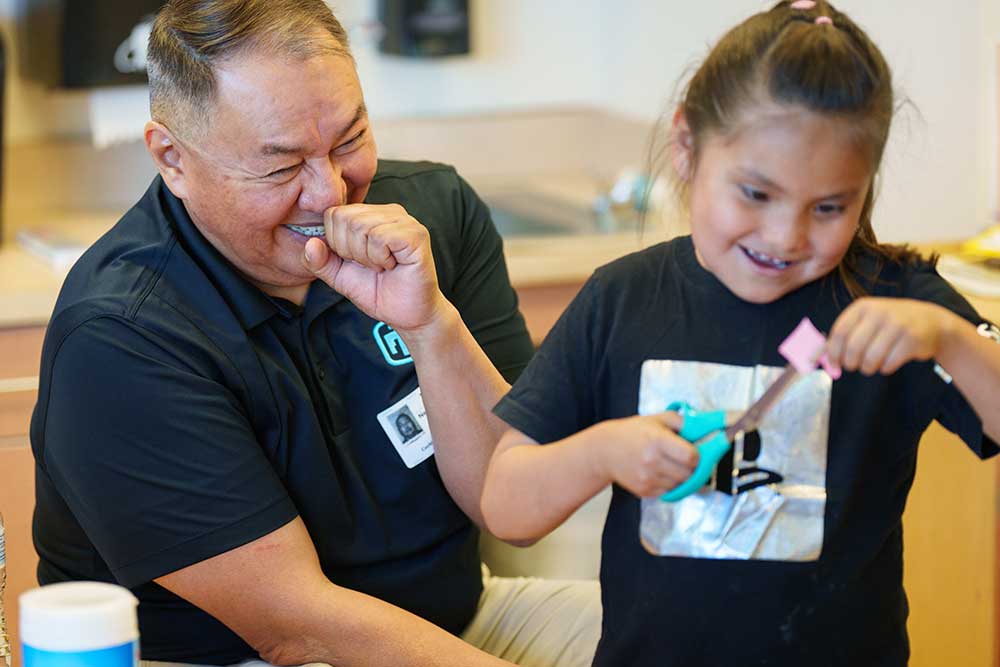
I was fascinated as a little kid on the reservation, just looking up at the sky and seeing airplanes fly,” engineer Nelson Morez said to a group of first graders at Cochiti Elementary School. “I was amazed at how something so heavy was able to stay up there.”
Nelson, a systems engineer at Sandia, and proud member of the Dinè reservation, grew up much like these kids. As part of STEM Day, he joined a team of about a dozen volunteers from Sandia who visited the school on the Cochiti Pueblo.
“I love it; it really takes me back to my childhood,” Nelson said. “I want to explain to them the things I wish I knew at that age. They are all very inquisitive and quick learners. Growing up on the reservation, at my school, none of this happened.”
Nelson spent the day explaining Bernoulli’s Principle, a fundamental concept in fluid dynamics regarding pressure, speed and height. While the students may not remember the famous physicist it is named after, Nelson hopes they will remember the fun they had blowing a ball off a straw and out of a cylinder, demonstrating how different dynamics affect flight.
That is the purpose of STEM events like this one: students engaging in fun activities that teach basic science, technology, engineering and math skills.
“Would you like to build a lava lamp?” asked Debra Menke, STEM Outreach Program Manager. “Yeah!” said the kids, unaware that they were about to learn about chemical reactions.
“Look at mine. It’s perfect,” first grader Albert Thomas said while showing off his dark-green lava lamp.
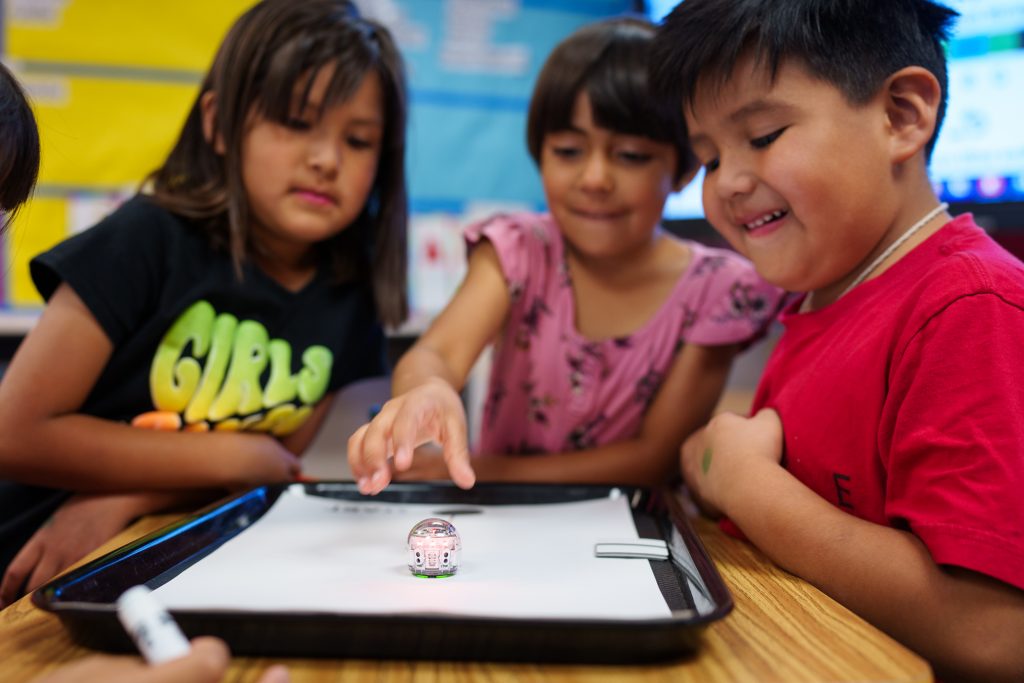
The students also explored computer programming using Ozobots. Each student drew a multicolored path on a piece of paper and watched the tiny robot follow it. Some wrote their names and watched it follow each curve and giggled or shook their heads when the robot made a wrong turn. “Oh no, where is that little guy going?” asked one student.
Another Sandia volunteer taught students how to build a basic circuit board, while others guided them in exploring structural engineering using spaghetti and marshmallows.
With the support of volunteers from Los Alamos National Lab and the Pajarito Environmental Education Center, students also had the opportunity to fly drones, build rockets and learn about birds and wildfires.
But the most popular attraction was GIZMO, Sandia’s robotic dog.
As the gray, faceless machinery made its way down the school sidewalk, walking like a four-legged animal, high-pitched screams filled the air. For kids who stood just a few feet tall, it was intimidating at first. Soon, the kids grew more comfortable and excited to touch the robot.
“Who wants to shake his hand?” Deb asked, prompting a sea of raised hands from excited kids. Some even jumped up and down to be recognized. Deb said GIZMO can be deployed in dangerous situations and detect hazards like radiation and gas leaks, patrol perimeters and test detection devices, or communicate with people in the area.
The kids though, were more captivated by GIZMO’s ability to jump, wiggle and show love, forming his “paws” into the shape of a heart. The encore was accompanied by a little music. “Who wants to see him dance?” Deb asked, which set off squeals of excitement and a dance party with GIZMO.
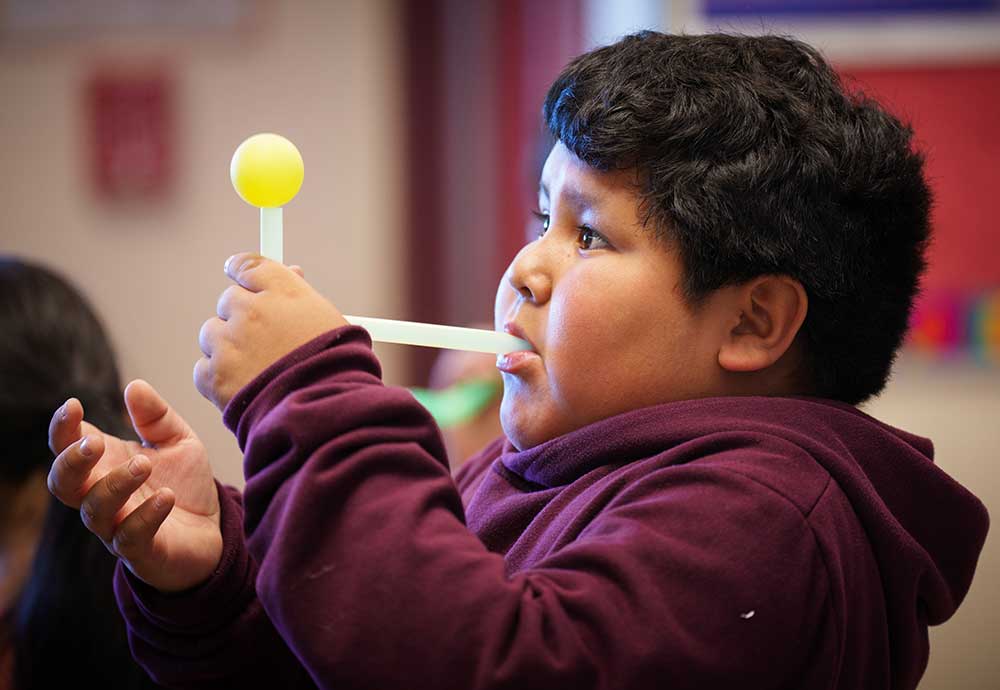
Educators and Sandia volunteers hope that the students remember events like this when they look back on their education and toward their future.
“I think it’s really important for them to experience things like this because it broadens their horizons,” teacher Melanie Harris said. “It exposes them to new things, and it encourages them to dive into worlds they might not know.”
Nelson was happy to be a part of it. “I am Native, so I really enjoy coming back to Native communities to share my path.”
His path included a career in the U.S. Navy supporting various aircraft electronics and flight test platforms. Nelson also served as a U.S. Naval Reserve Aircrewman Operator before working for Boeing, Lockheed Martin, Honeywell Aerospace and Bombardier prior to joining Sandia.
But his interest in aircrafts started in childhood.
“When I was a kid, I made a decision that one day I would learn how aircrafts fly, how they stay aloft,” he said. “I was able to fulfill that in a lifelong dream. Now I am able to give back and hopefully inspire young minds.”
Adventures with GIZMO
GIZMO the robotic dog joined Sandia’s STEM outreach events in 2024 and is a big hit with students. The robot is equipped with LIDAR, which uses laser beams to enhance situational awareness by measuring the distance and shape of objects in the environment.
Robots like GIZMO can be programmed for autonomous operation to help access dangerous situations and identify hazardous areas including radiation or gas leaks. They can also help patrol perimeters and serve as a two-way communication device. Operators can use its microphone and speaker to send messages to audiences. GIZMO’s job at Sandia, however, is to engage and excite students to explore STEM careers.
- Former Sandian added to Entrepreneurial Wall of Fame
- Want to work at Sandia? Become a welder
- Two Sandians honored with 2024 Women in Tech Awards
- Topical and themed
- Early years
- Special needs
- Schools directory
- Resources Jobs Schools directory News Search
Football resources for EURO 2024
International schools, physical education, tes resources team.

It's not long now until the hotly anticipated EURO 2024 competition kicks off in Munich on 14 June. So why not indulge in a bit of excitement with your students this summer and explore this collection of European Champion resources, hand-picked to keep football fever going until the end of the summer term? Whether it's a match fixtures table, a tutor time quiz or a set of fun literacy and language conversion activities, there's surely something here for you.
EURO 2024 resources
Explore this exciting selection of resources for your students centred around the theme of the 2024 European Championship competition.

Euros Football Tournament 2024 Activity Booklet

EURO 2024 Quiz - Tutor Time (European Championship)

UEFA Euro 2024 - Fixtures and Results Templates

Euro 2024 Literacy Activities

French Football- Euro Booklet

UEFA Euro 2024 activities x 3 - Wordsearch | Ball-Flag Naming | Quiz
Teaching football.
Resources to support the teaching of 'the beautiful game' to secondary students.
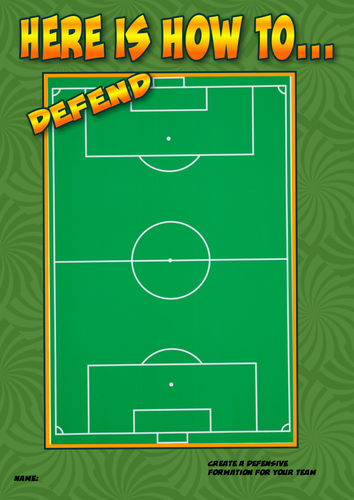
Football Formations Worksheet
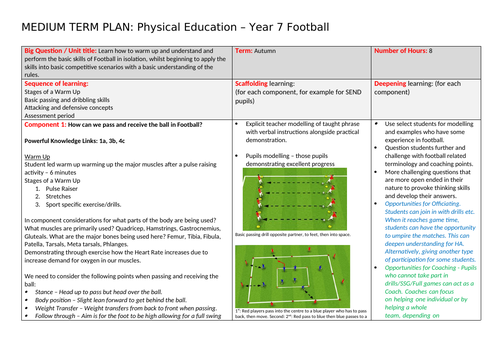
Football Medium Term Plans

Football Core PE assessment criteria 9-1
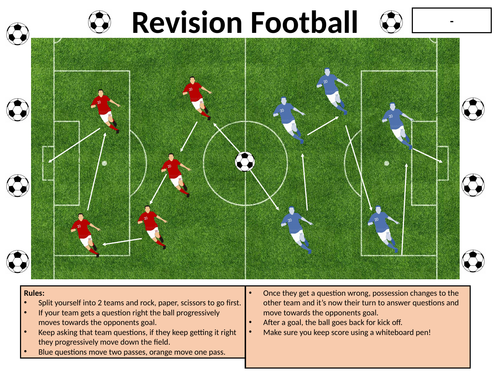
Revision Football

Football task cards with differentiated learning challenges
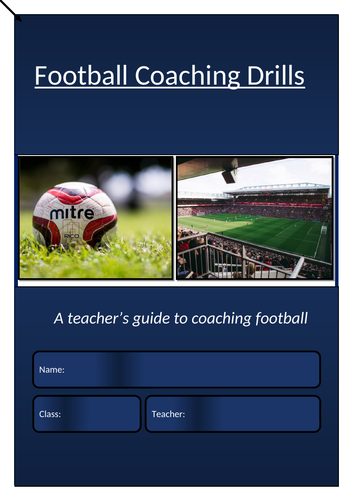
Football Coaching Drills Booklet

- Math for Kids
- Parenting Resources
- ELA for Kids
- Teaching Resources

How to Teach Long Division to Kids in 6 Easy Steps
15 Famous Mathematicians in History That Kids Should Know
11 Best Multiplication Apps for Kids
How to Teach Number Formation in 5 Easy Steps
13 Best Resources for Math Videos for Kids: Math Made Fun
6 Best Alternatives to Public Schooling: A Guide for Parents
How to Cope With Test Anxiety in 12 Easy Ways
Developmental Milestones for 4 Year Olds: The Ultimate Guide
Simple & Stress-Free After School Schedule for Kids of All Ages
When Do Kids Start Preschool: Age & Readiness Skills
How to Teach Letter Recognition in 6 Easy Steps
20 Fun Limericks for Kids
How to Improve Reading Comprehension: Strategies & Tips
40 Best Summer Writing Prompts for Kids of All Ages
12 Best Ways to Teach Rhyming Words to Kids
12 Best Tips for Substitute Teachers
30 Best Classroom Reward Ideas for Elementary Students
12 Best Websites for English Teachers
10 Best Game-Based Learning Platforms for Kids
60 Fun Animal Facts for Kids

Step 1: Start with Division Vocabulary
Step 2: introduce long division layout, step 3: demonstrate with an examples, step 4: practice without bringing down zeros, step 5: teach bringing down zeros, step 6: explain problems with remainders.
Long division can be challenging for kids because it involves many steps and new vocabulary, making it easy to lose track of the process. This complexity often confuses students, especially when bringing down digits or handling remainders. Teaching long division step by step helps kids understand it better. This guide on “ how to teach long division to kids ” will provide clear steps to simplify learning for kids, making it less overwhelming.
Math & ELA | PreK To Grade 5
Kids see fun ., you see real learning outcomes ..
Watch your kids fall in love with math & reading through our scientifically designed curriculum.

What Should My Child Know Before Learning Long Division?
Before diving into teaching long division, children must have a solid foundation in several key areas. These pre-requisites ensure that they are prepared for the complexities of long division:
- Understanding Multiplication: Kids should be comfortable with multiplication facts up to 12. This knowledge is fundamental because long division requires frequent multiplication to check and subtract products during the division steps.
Here are some fun activities to brush up your child’s understanding of multiplication facts:

- Basic Division Concepts: Ensure children understand the concept of division as sharing or grouping equally. They should be able to perform simple division tasks without remainders, using numbers that are easy to handle.
Here are some fun activities to brush up your child’s understanding of division facts:

- Familiarity with Subtraction: Subtraction is a significant part of the long division process, used to find the difference after multiplying the divisor. Children should be confident in subtracting large numbers, as they will need to do this repeatedly in each step of long division.
Assess how well your kids are versed with subtraction with these fun subtraction games :

- Number Sense: Good number sense , or an understanding of how numbers work and relate to each other, helps children anticipate the results of multiplication and division, making the process of long division smoother and more intuitive.
Ensuring kids are proficient in these areas makes teaching long division more effective, setting them up for success.
How to Teach Long Division in 6 Steps
Before learning the steps of long division, kids need to understand the key terms used throughout the process. Knowing these will help them follow long division strategies more easily.
- Dividend: This is the number being divided in the problem. In the long division layout, the dividend is written inside the long division bracket (often called the “house”).
- Divisor: The number dividing the dividend is called the divisor . The divisor is placed outside the long division bracket.
- Quotient: The quotient is the answer or the result of the division problem. This is written above the bracket, aligned with the digits of the dividend being divided.
- Remainder: If the division isn’t exact, there’s an amount left over called the remainder . The remainder is written as “R” followed by the remaining value after the division process.
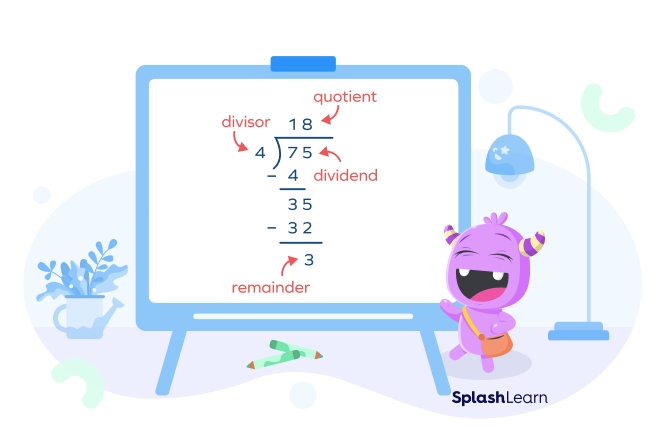
Setting up a long division problem correctly is an essential skill for kids to learn. Here’s how to structure it visually:
- Write the Dividend Inside: Start by placing the dividend (the number being divided) inside the long division bracket, often called the “house.” This makes it clear that this number is the one being split into smaller groups.
- Place the Divisor Outside: Write the divisor (the number doing the dividing) outside, to the left of the bracket. This shows which number will be used repeatedly to divide the dividend into smaller groups.
- Draw Lines for the Quotient: The space above the bracket is where the quotient (the result of the division) will be written. Each digit of the quotient will align above the digit or digits of the dividend that are being divided.
1: Set Up the Problem
Write 1564 under the division bar and 27 outside the division bar.
- Look at the first two digits of the dividend (15). Since 15 is less than 27, we need to include the next digit, making it 156.
- Now, determine how many times 27 can fit into 156. 27 goes into 156 a total of 5 times because 27 multiplied by 6 (the next higher number) would exceed 156.
3. Multiply
- Multiply the quotient digit found (5) by the divisor (27), which equals 135.
- Write 135 under 156.
4. Subtract
- Subtract 135 from 156, which equals 21.
- Write 21 below 135.
5. Bring Down
Bring down the next digit of the dividend (the 4 in 1564), making the new number 214.
6. Repeat the Process
- Determine how many times 27 can fit into 214. It fits 7 times (since 27 multiplied by 8 exceeds 214).
- Multiply 27 by 7 (the next quotient digit) to get 189.
- Write 189 under 214, and subtract to find the difference: 214 – 189 = 25.
7. Remainder
- Since there are no more digits to bring down, 25 is the remainder.
- The complete quotient is 57 with a remainder of 25.
After understanding the layout, kids can apply what they’ve learned by playing these games in, each focusing on different levels of difficulty:
- Dividing 2-Digit Numbers by 1-Digit

- Dividing 3-Digit Numbers by 1-Digit

- Dividing 4-Digit Numbers by 1-Digit

- Divide 4-Digit By 2-Digit Numbers

To build a strong foundation in long division, it’s crucial for children to practice problems where they bring down each digit consecutively without the complication of zeros . This helps them focus on mastering the basic steps of division:
Sequential Bringing Down: Start with simpler numbers where each digit in the dividend needs to be brought down one at a time. This practice solidifies their understanding of the division process step by step.
Example Problems:
- 21 ÷ 3: Begin by dividing the first digit. Since 2 divided by 3 doesn’t work, we use 21. 21 divided by 3 equals 7, so 7 is written above the division bar.
- 154 ÷ 7: Start with the first digit. 1 divided by 7 is not possible, so consider the first two digits, 15. 15 divided by 7 equals 2. Write 2 above the division bar, multiply 2 by 7 (which is 14), subtract 14 from 15 to get 1, then bring down the next digit to make it 14. Continue this way.
Handling zeros can be tricky, but it’s one of the key ways to teach long division. Here’s how to approach problems involving zeros:
Example: 120 ÷ 4
- Divide: Start by dividing the first non-zero digit. Since 1 is smaller than 4, look at the first two digits, 12. Divide 12 by 4 to get 3.
- Write the Quotient: Write 3 above the long division bracket.
- Multiply and Subtract: Multiply 3 by 4 (giving 12) and subtract this from 12, leaving 0.
- Bring Down Zeros: Bring down the next digit, which is 0, making it 0. Divide this 0 by 4 to get 0. Write 0 next to the 3 in the quotient.
- Multiply and Subtract: Multiply 0 by 4 to get 0 and subtract, leaving no remainder.
In some cases, division doesn’t result in an even quotient. This means there’s an amount leftover, called a remainder. Here’s how to handle it:
Example: 29 ÷ 4
- Divide: Start by dividing the first digit, 2, by 4. Since 2 is smaller than 4, consider the first two digits, 29.
- Find the Quotient: Divide 29 by 4 to get 7. Write 7 above the long division bracket.
- Multiply and Subtract: Multiply 7 by 4, which gives 28. Subtract 28 from 29, leaving 1.
- Write the Remainder: Since there’s nothing left to bring down, write “R1” (remainder of 1) next to the 7.
Knowing how to recognize and handle remainders is one of the essential long division tricks that help kids understand why not all division problems divide evenly.
5 Fun Ways to Teach Long Division
Practicing long division is crucial for reinforcing the steps and strategies. Here are five effective ways to help kids master this skill:
- Online Long Division Games
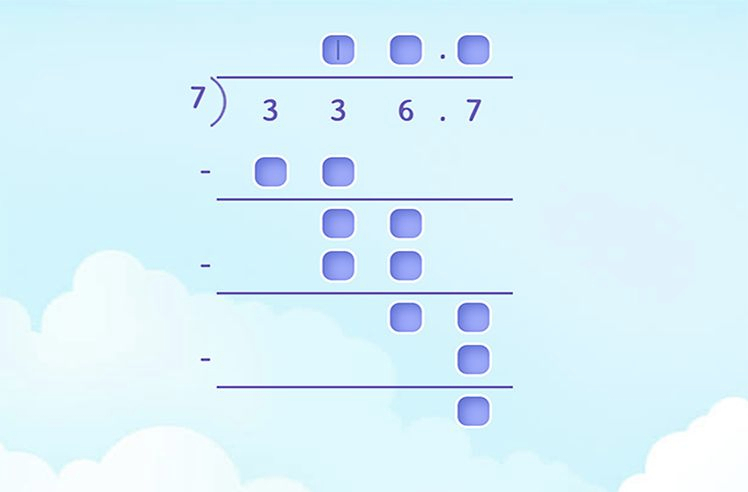
Use interactive online games that challenge students to solve division problems step-by-step. These games make learning fun while providing instant feedback to help them understand mistakes.
- Long Division Worksheets
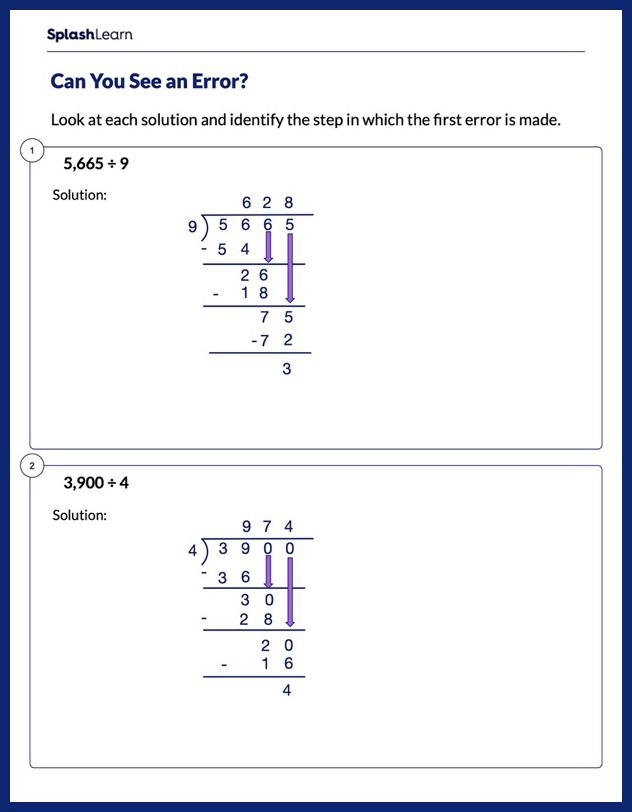
Provide worksheets that start with simpler problems and progressively increase in complexity. Use colorful designs and real-world scenarios to keep kids engaged.
Create or find flashcards that present division problems on one side and answers on the other. This simple tool is a quick way to reinforce division facts and promote speedy calculations.
- Real-Life Problems
Apply division concepts to real-world situations, like dividing treats among friends or organizing items into equal groups. This practical approach makes long division relatable.
- Group Activities
Collaborative exercises where kids work together to solve division problems encourage discussion and peer learning. This can help clarify challenging steps and foster teamwork.
Learning long division can be challenging, but kids can grasp the concept effectively with clear steps, consistent practice, and engaging resources like games and worksheets. With these strategies on how to teach long division, children will build confidence and become proficient problem-solvers at their own pace.
Frequently Asked Questions (FAQs)
What is an easy way to learn division.
An easy way to learn division is by starting with simple problems and using visual aids like counters or drawings to illustrate the process. Gradually move to more complex problems as confidence builds.
What are some tips for teaching long division to struggling students?
Break down the steps into smaller, manageable parts, and offer lots of practice with engaging resources like games and worksheets. Provide positive reinforcement to encourage their progress and address specific challenges with patience.
- Pre-Kindergarten
- Kindergarten
Most Popular

15 Best Report Card Comments Samples

117 Best Riddles for Kids (With Answers)

40 Best Good Vibes Quotes to Brighten Your Day
Recent posts.

15 Best Fourth of July Crafts for Preschoolers

Math & ELA | PreK To Grade 5
Kids see fun., you see real learning outcomes..
Watch your kids fall in love with math & reading through our scientifically designed curriculum.
Parents, try for free Teachers, use for free
- Games for Kids
- Worksheets for Kids
- Math Worksheets
- ELA Worksheets
- Math Vocabulary
- Number Games
- Addition Games
- Subtraction Games
- Multiplication Games
- Division Games
- Addition Worksheets
- Subtraction Worksheets
- Multiplication Worksheets
- Division Worksheets
- Times Tables Worksheets
- Reading Games
- Writing Games
- Phonics Games
- Sight Words Games
- Letter Tracing Games
- Reading Worksheets
- Writing Worksheets
- Phonics Worksheets
- Sight Words Worksheets
- Letter Tracing Worksheets
- Prime Number
- Order of Operations
- Long multiplication
- Place value
- Parallelogram
- SplashLearn Success Stories
- SplashLearn Apps
- [email protected]
© Copyright - SplashLearn

Make study-time fun with 14,000+ games & activities, 450+ lesson plans, and more—free forever.
Parents, Try for Free Teachers, Use for Free
- Grades 6-12
- School Leaders
Don't Miss the Grand Prize: A $2,500 Office Depot/OfficeMax Card!
57 Fun End-of-Year Activities and Assignments
Wrap up the year on a happy note.
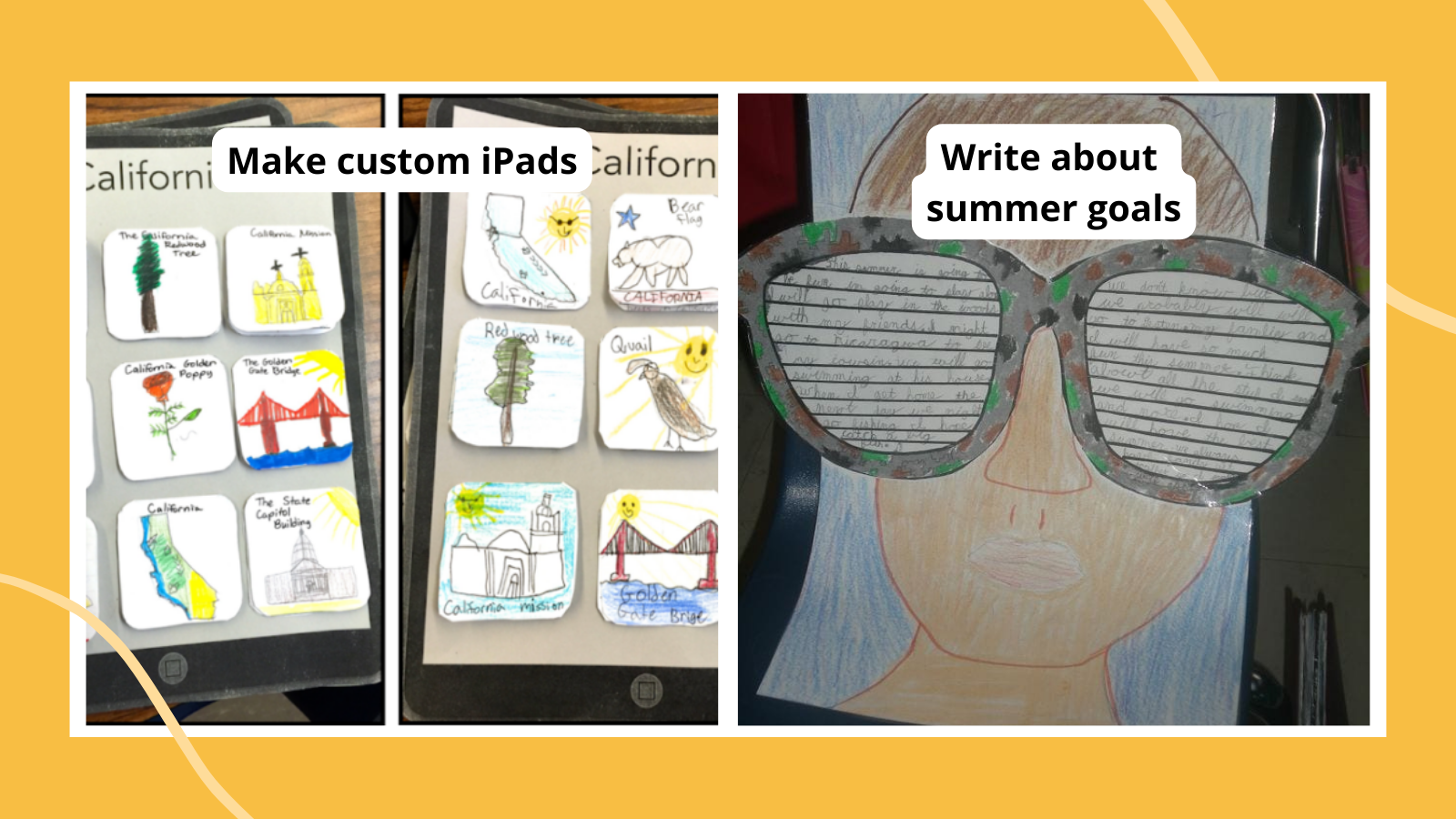
As the school year draws to a close, it’s important to plan end-of-year activities that help bring closure to your time together with students. Talk with your students about what made this year special, recall the good memories, and reflect on all you’ve learned. After all, you’ve all put in a lot of work to get to this point. Have fun with these end-of-year activities and assignments, and let the countdown begin!
1. Hold a class family circle
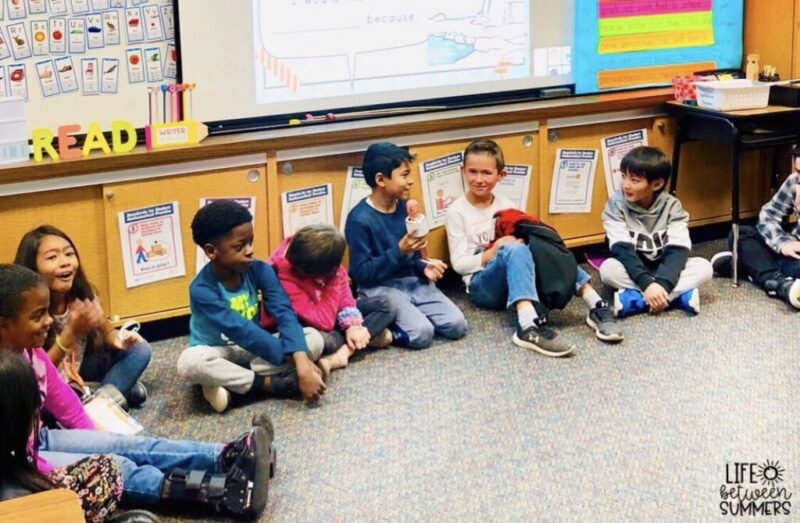
A family circle is a great way to wrap up a terrific year. Prepare a set of reflection questions, then allow students to take the mic and ask a friend one of the questions. Continue around the circle until every student has had a chance to answer.
Learn more: Class Family Circle
2. Solve a mystery together
Awesome for building reading comprehension skills, whodunits are also a hoot for students to solve! Students must read the clues and collaborate to solve the mystery. Try this one: Who Freed the Fish? And pretty soon your students will be tapping into their inner Sherlock.
Learn more: Class Mystery at Minds in Bloom
3. Create blackout poetry
It’s amazing what beautiful poetry can come from just about any piece of writing. All you need is a photocopied article, essay, or book excerpt and a Sharpie marker.
Learn more: Blackout Poetry at Just Add Students via YouTube
4. Let students teach
Have your students sign up to teach their classmates a 20- to 30-minute mini-lesson about something they’re passionate about. Some examples include leading the class in a game, song, or other group activity.
Learn more: Let Students Teach at Minds in Bloom
5. Hold a friendly competition
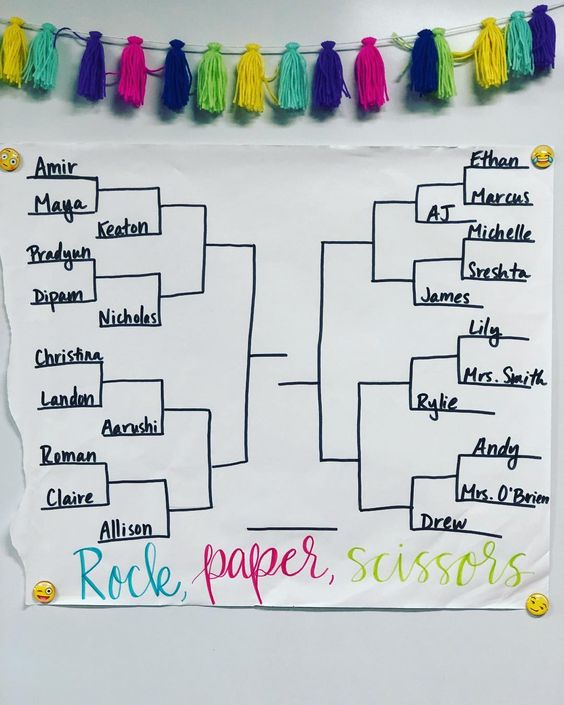
Kids love a little friendly competition, especially when it’s quick and easy. Sneak in rounds between activities and hold the finals on the last day of school.
Learn more: Rock, Paper, Scissors Bracket
6. Have a class “snowball fight”
Split your class into two teams facing each other. Have each student write three things about themselves and wad it into a snowball, then let the snowball fight commence! Set a time for a few minutes of “fight” time, then have students each grab a snowball and read the items listed, guessing whose paper it is.
Learn more: Snowball Fight at TeachStarter
7. Create memories that stick
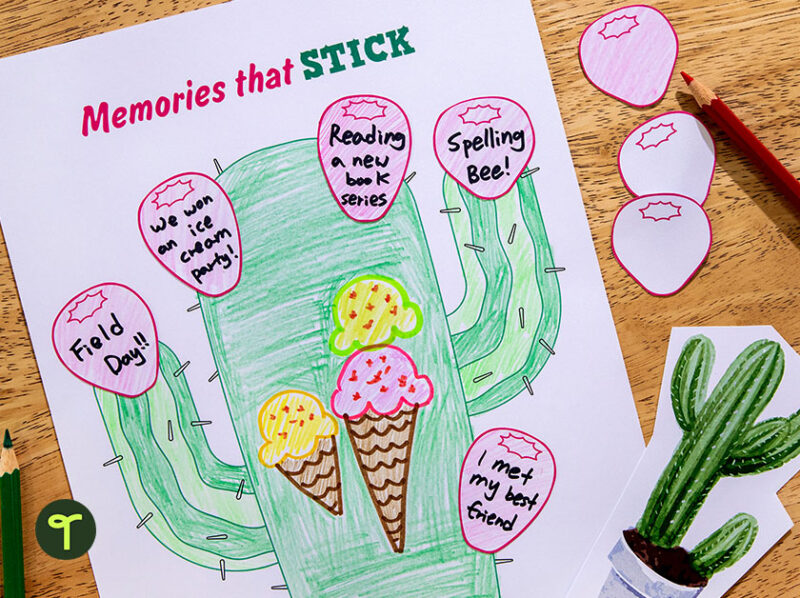
Commemorate the memories that “stuck” with your students this year with this fun end-of-year activity.
Learn more: Cactus Memories
8. Serve up a scoop of memories
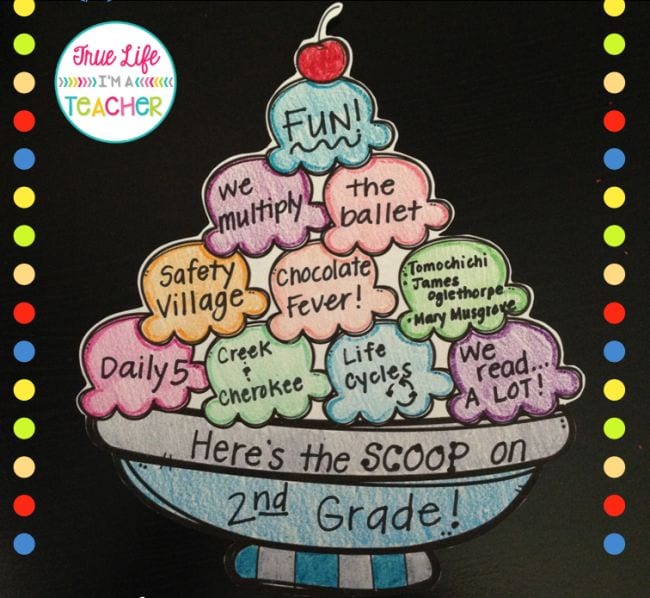
Here’s a sweet way to celebrate the end of the year! Make paper ice cream sundaes with a different memory on each scoop. You can have kids draw these themselves or buy a printable version at the link below.
Learn more: Ice Cream Scoop Memories
9. Post Flip farewell videos
Flip is one of our favorite classroom tools , especially when it comes to end-of-year activities. Post topics like “What did you learn this year?” or “Share your favorite memory from the past year.” Kids post their video responses and check out other students’ contributions too.
10. Create a collaborative puzzle
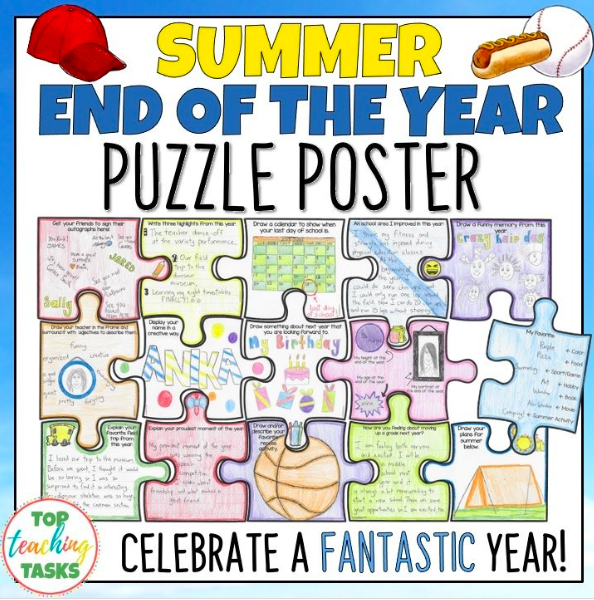
Give each student a piece of the puzzle and let them get creative! Suggest a theme such as best memory or most important thing I learned or I’ll never forget, etc. Students can write on their puzzle pieces. Once the puzzle is done, you can take a picture and make sure every student gets a copy.
Learn more: Collaborative Puzzle
11. Compile an end-of-year playlist
Songs are like smells—just hearing one can bring back all kinds of memories. Ask students (as a class or individually) to compile a list of songs that relate to the past school year and have them write about why each tune has a place on the list. Celebrate the last day of school by listening to songs from the playlist as you reflect on the year gone by. And while you’re at it, check out 85 Awesome Songs for Your End-of-the-Year Playlist .
Learn more: End of Year Playlist at Reading and Writing Haven
12. Fill up a memory bag
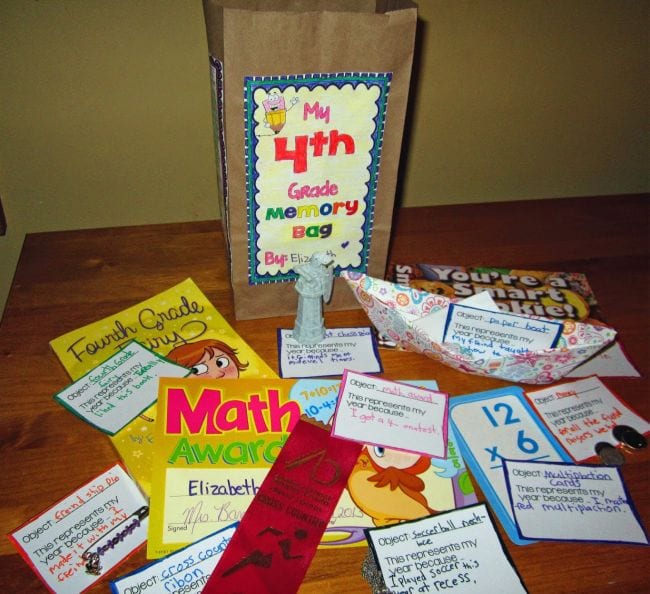
Give each student a brown paper bag, then ask them to decorate the front and add some reflections about the year on the other three panels. Then, each student adds 10 items from the year to their bag, with notes about why each is important. Finish up by having each kid lay out their items on their desk. Have a gallery walk around the room for everyone to see one another’s selections.
Learn more: Memory Bags
13. Write commencement speeches
Commencement speeches aren’t only for graduations! Finish out the year by reading or watching other great commencements speeches (the web is full of them). Then challenge students to write—and deliver, if you like—their own speeches for the year they’ve just finished.
Learn more: Commencement Speeches at 2 Peas and a Dog
14. List what they’ve learned from A to Z
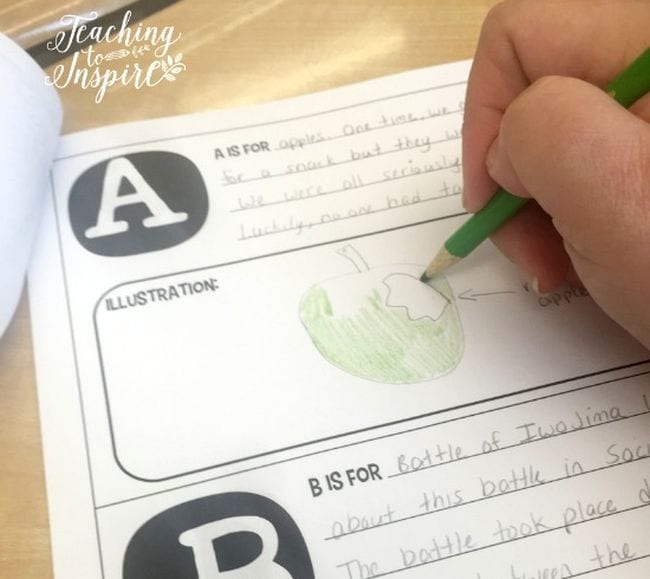
What a great way to look back over what kids have learned! For each letter of the alphabet, have them write and illustrate something they learned or did throughout the year. Hit the link below to get a free printable template for this project. Learning virtually? Have students create a Google Slideshow instead.
Learn more: End of Year A to Z
15. Send thank-you notes
This is a skill every kid should learn: writing and sending thank-you notes. So why not incorporate it into your lineup of end-of-year activities? Have kids write a note to someone who made their school year special, then seal them in envelopes, address them, and deliver them by hand or mail. And while you’re at it, why not write a thank-you note to your own class ?
Learn more: Thank-You Notes at Cult of Pedagogy
16. Post best-of-the-year snapshots
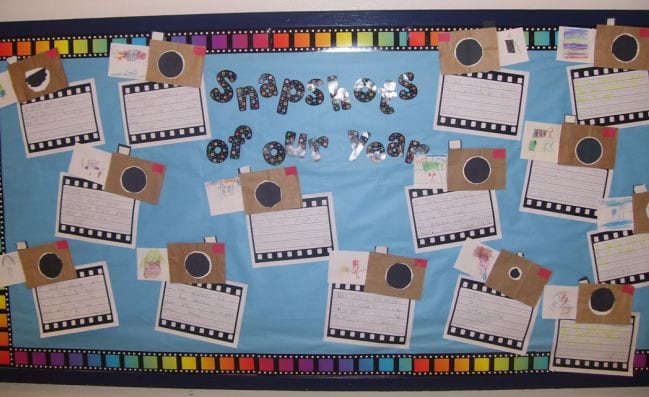
Ask your students to sum up their favorite school-year memory (Science fair? Field day? Creative class presentations?) in one snapshot. Younger kids can draw pictures of the event, while older kids are likely to have a photo on their phone they’d be willing to share. Assemble them on a bulletin board—real-world or digital—with a few words from each student about what made that moment so special.
Learn more: Snapshots of Our Year
17. Count the days
Instead of counting down the days until the end, count up the days from the year behind you! Get students counting by having them use a calendar to figure out how many Mondays you’ve had this year, how many Fridays, how many P.E. days, and how many Jell-O-in-the-cafeteria days. Then work together to make a bar graph and hang it on the wall.
Learn more: End-of-Year Countdown at Teaching Made Practical
18. Let the students become the teachers
Take a break and let the students lead the class for a change. If you’re reviewing material for finals or another end-of-year test, have each student (or a group) lead the review session on a particular topic. You can also have your students create their own lesson on a topic they’re passionate about. Or have kids in one grade make and present lessons on what students in the grade below them can expect to learn the following year. There are a lot of options here, and all of them give you time to take a breather!
19. Talk behind each other’s backs (really!)
Have your students help tape a piece of lined paper to one another’s backs. Have each student get out a felt-tipped marker (not a Sharpie—it may bleed through). Set a timer and put on some favorite music. Let the students mix around the room and write a positive message on each student’s paper. For example, The best thing about you is …, What I appreciate most about you is …, I remember …, etc. After a set amount of time, have students stop, remove their papers from their backs, and enjoy reading the words of love from their classmates. (For a socially distanced spin, create a Google Slide or Padlet template for each student instead.)
20. Coast into summer
So fun! These DIY memory coasters are easy to make and give kids an end-of-year souvenir to take home. Get the free printable templates and complete instructions here.
21. Read end-of-year books
Little ones especially have a hard time with the end of a school year. Next year lots of things will be different, and that can be a sad and even scary thought for some. Read-alouds are simple but powerful end-of-year activities. Check out these 11 End-of-Year Books To Bring Your Class Closure , like The Egg by M.P. Robertson, to spark conversations about what kids have learned and what lies ahead.
22. Dream about the summer ahead
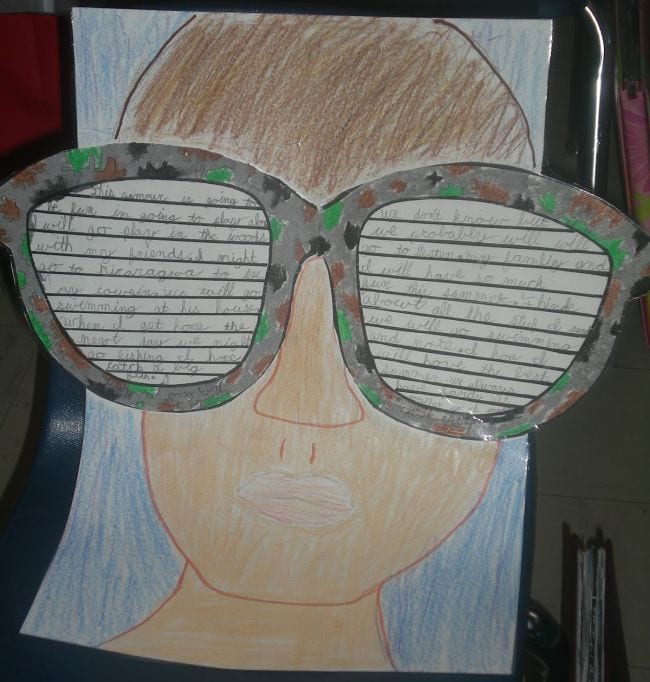
Here’s an end-of-year assignment that includes both art and writing. Have kids draw a portrait of themselves, then use the template at the link below to cut out and decorate an enormous pair of sunglasses. On the glasses, have them write about their summer plans (or the things they’d like to do).
Learn more: End-of-Year Writing
23. Raise a glass and toast your class
Students get a chance to practice public speaking in a very meaningful way with this end-of-year activity. Get a few liters of ginger ale and plastic champagne flutes from a party store, arrange your students in a circle, and have everyone say something—maybe a goal for the next school year, well-wishes for their peers, a favorite memory. After everyone has spoken, lift your glasses with a cheer and celebrate to end the school year.
24. Author a six-word memoir
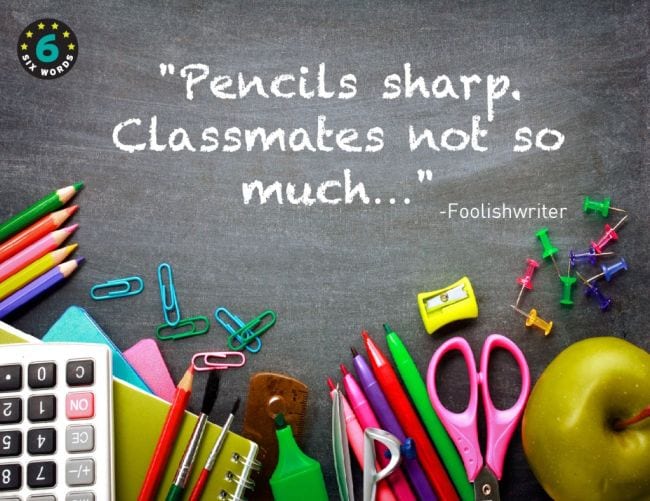
This project has taken the world by storm. In six words, can you capture the essence of your school year? Kids can spend a little or a lot of time on this one, refining their words and even illustrating them. Collect them all into a slideshow (anonymous, if kids prefer) to share on the last day.
Learn more: Six-Word Memoirs
25. Take a field trip to the next grade
This is one of the most exciting end-of-year activities for students. Take them to visit the classrooms they’ll be in next year. Arrange to spend some time with the teachers, talk to the students, and hear more about what they’ll be learning. This is a good way to allay fears many kids have about moving on from a classroom where they’ve been comfortable. (You can do this as a Zoom tour and meet-and-greet too.)
Learn more: Next Year Classrooms Tour at Inspire Me ASAP!
26. Design a school seal
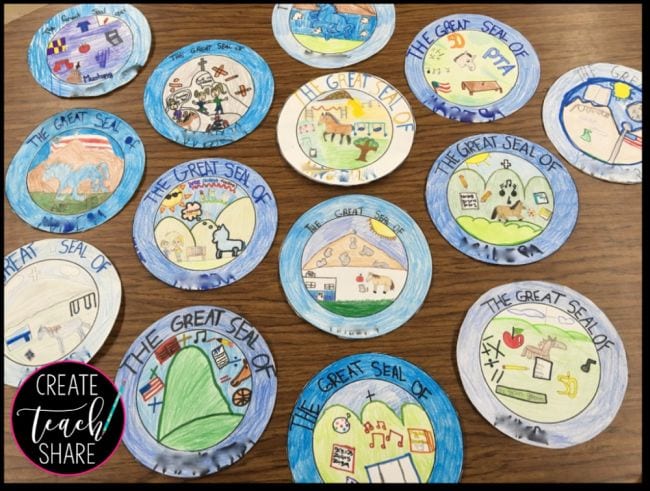
In this fun end-of-year activity that’s perfect for social studies, have your students design a “Great Seal” for their school. First, break them into groups to talk about what makes your school special and memorable for them. Then, have each kid (or group) create their own “seal” based on the ones used by states and cities. This project is especially meaningful for kids about to move on to another school like junior high.
Learn more: School Seals
27. Determine your “People of the Year”
Time magazine can’t have all the fun! Help your students compile a list of the “People of the Year” for your class. Include people important to your classroom (the custodian, the principal, everyone’s favorite “lunch lady”) along with classroom visitors and speakers from the year. Add in some people from current events and pop culture (the current president, a favorite musician) and even folks they studied throughout the year (Abraham Lincoln, Amelia Earhart). Try to take or draw portraits of each, and assign each student to write a brief bio of one of the people included.
28. Write letters or tips for next year’s class
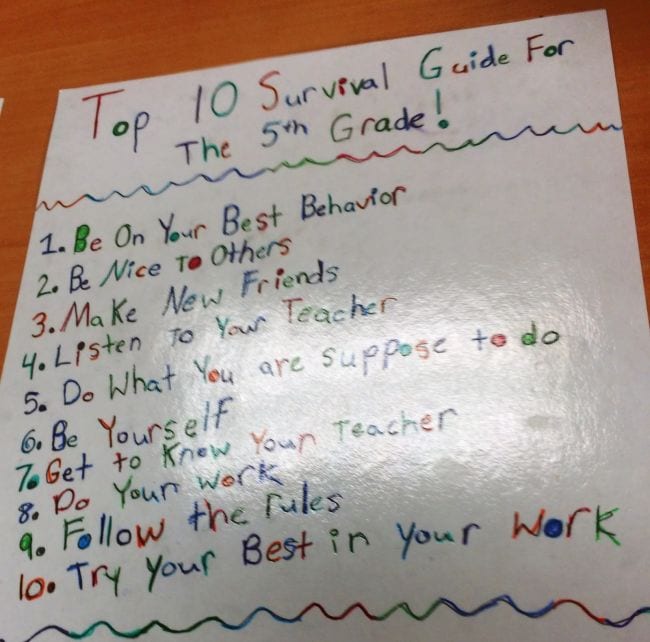
Who better to advise next year’s class on what they’ll need to succeed than the kids who’ve just finished doing it? They can write letters on their own or work together to create a master list of what it takes to make it in the next grade.
Learn more: Survival Guide
29. Create science-inspired art
Ask your students to create a wall-worthy piece of art that reflects something they learned in science. Did you study plants? Maybe a watercolor of flowers. Or if you studied space, a cosmic-inspired number. Send their work home to help them remember, or collect them to create a bulletin board that will inspire next year’s class about what they’ll be learning.
30. Host an open-mic night
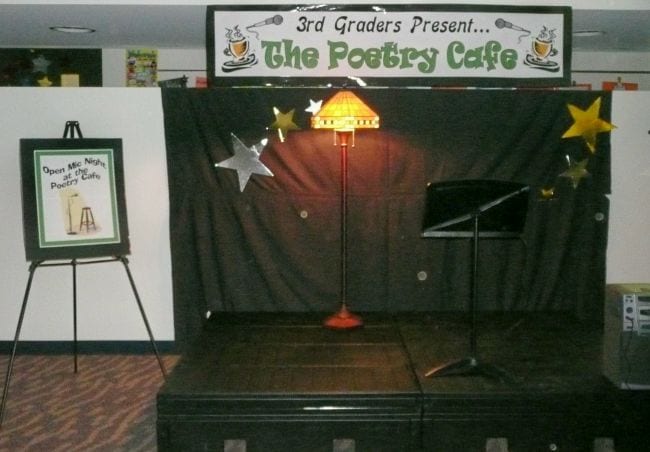
Encourage kids to share the writing they’ve done in (and out of) class with an open mic event. Set up a stage complete with microphone and stool—get great tips for this at the link below—then bring kids up to tell a story or recite a poem. Overcome stage fright with a cool casual vibe and plenty of snacks. Invite friends and family to attend or watch virtually via Zoom.
Learn more: Poetry Cafe
31. Compose an end-of-year continuing story
Write several story titles like “The Great Summer Adventure,” “How My Teacher Lost Her Mind,” or “My Teacher, My Hero” at the top of blank pages. Then, have each student start a story and, after five minutes, pass the story to a neighbor who will continue writing. (Do this digitally on Google Docs if you’re not able to share supplies from person to person.) Continue writing round-robin style until you have several stories to read aloud to the class.
32. Publish a year-end newspaper
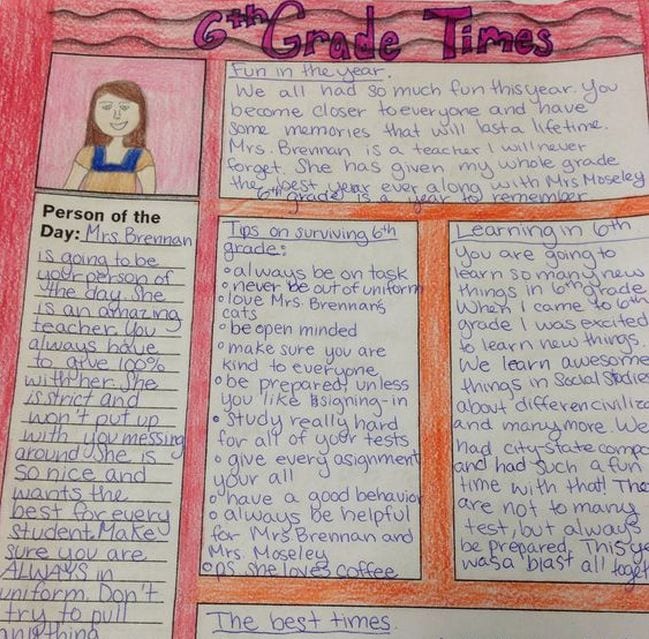
You can do this one as a group or individually. Create a basic newspaper template and have the class fill in the front page news. Recap the year, offer advice, illustrate favorite memories, and more. Then, pass these on to the grade below to give them an idea of what lies ahead.
Learn more: Class Newspaper
33. Perform a high school (or middle or elementary school) musical number
Break your students into groups and have them create (and perform) musical numbers commemorating the year. They can write new words to existing tunes, choreograph a lip-synch performance to an inspiring or memorable song, or even come up with something entirely new. Invite parents or other classes to a final-day performance, in person or online.
34. Assemble a Book Hall of Fame
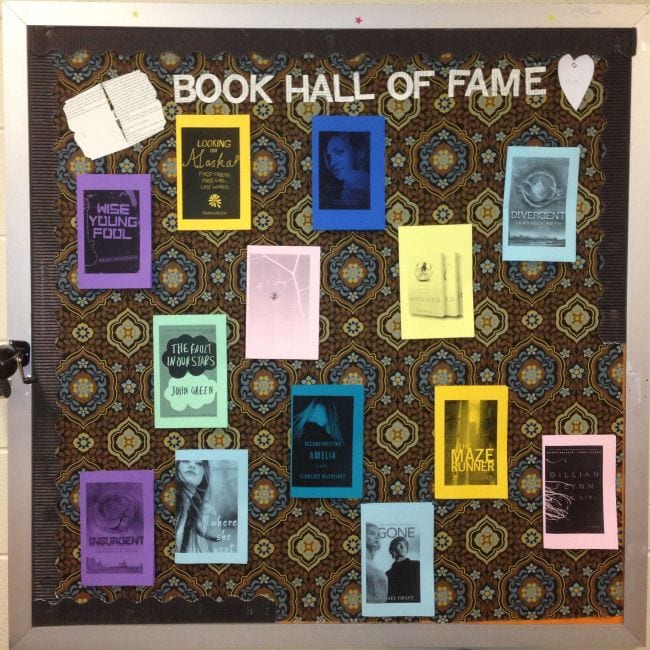
Have each student write (or draw) a reflection on the best book they read during the year. Then, save their reflections and post them on a bulletin board or Padlet so that next year’s students can glean reading ideas.
Source: Book Hall of Fame
35. Play end-of-year charades
Looking for game-based end-of-year activities? Play charades! Have each student write out one memorable moment from the school year on a slip of paper. Collect all the slips in a bag, hat, or the like. Divide kids into teams and have them come up one team at a time, choose a slip, and act out the memory for the group. No need to keep score—the goal is just to relive all the happy memories from the year.
36. Start a school graffiti wall
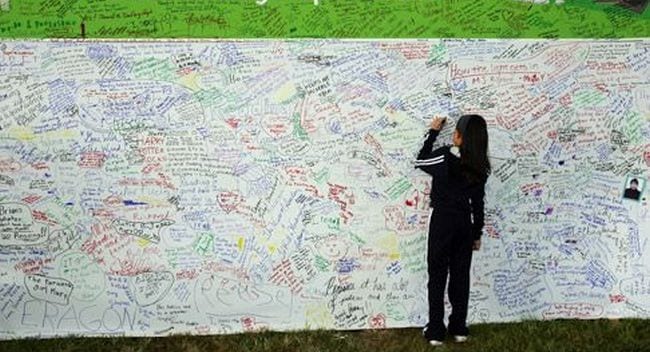
Choose a wall in your school or classroom and encourage kids to sign their names and date with a quote or other memory. Use permanent markers or small paintbrushes. Each year, photograph the wall and then paint over it to start anew. If you have enough space, these walls can last longer and only be painted over every so many years, creating much more enduring memories. No wall room? Try a bulletin board or large sheet of paper instead.
Learn more: Graffiti Wall
37. Hold a “Stuff You Should Know” event
Take a day or a week to pass on important things you want your kids to know as they move on in life without you. Share poems, songs, TED Talks, quotes, books, and tips that you think will help them along the way. Don’t forget to include simple life lessons (registering and preparing to vote, protecting yourself online, how to behave on an elevator) that school usually doesn’t teach you. Learn more about this end-of-year activity here.
38. Print up a growing tree
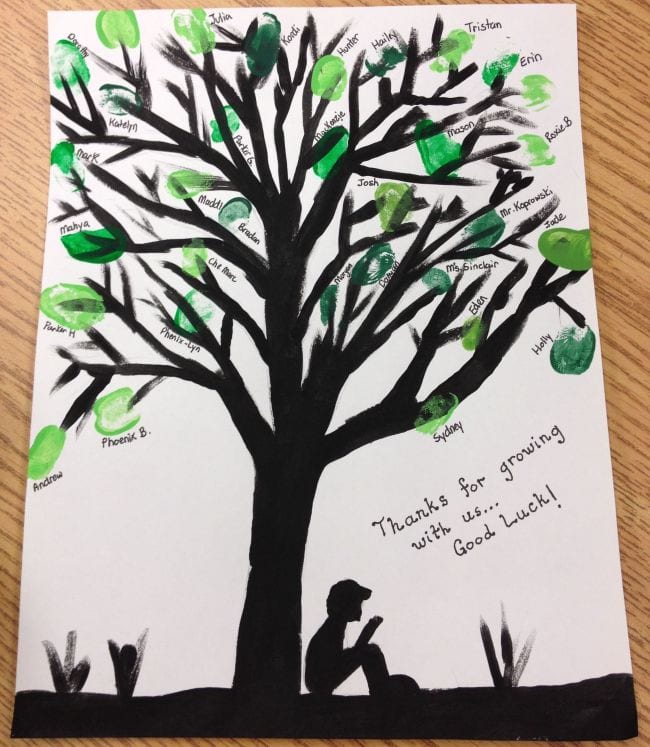
Capture each student’s fingerprint as a tree leaf. Label them with their names, then hang them in your room from year to year so kids can see who’s come before them.
Source: End-of-Year Fingerprint Tree
39. Build a portfolio showcase
Throughout the year, have students save their best work in a folder or box. At the end of the year, each student chooses their favorite items to display in a portfolio like a binder or display board. Invite parents and friends to come to view everyone’s achievements.
40. Put together time capsules
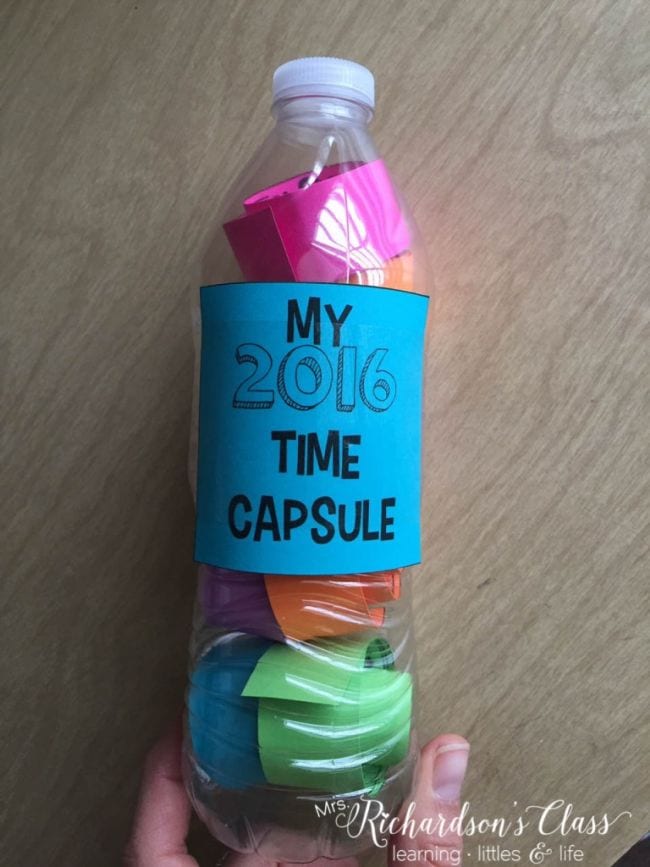
Time capsules are classic end-of-year activities. Students will have so much fun assembling time capsules to be opened someday in the future. These can be as simple as a plastic water bottle filled with written memories or a shoebox stuffed with items to represent what kids did and learned over the school year.
Learn more: Class Time Capsule
41. Draw a school-year timeline
Classroom walls can start to look empty at the end of the year as you take things down to prepare for summer. Temporarily fill in the space with a long strip of butcher paper, then have kids create a timeline of the year. Break it down by month, then ask kids what they remember. Prompt their memories by having them look over their work (what a fun way to review!), and don’t forget to include events, speakers, and holiday celebrations.
42. Fill out an end-of-year roundup
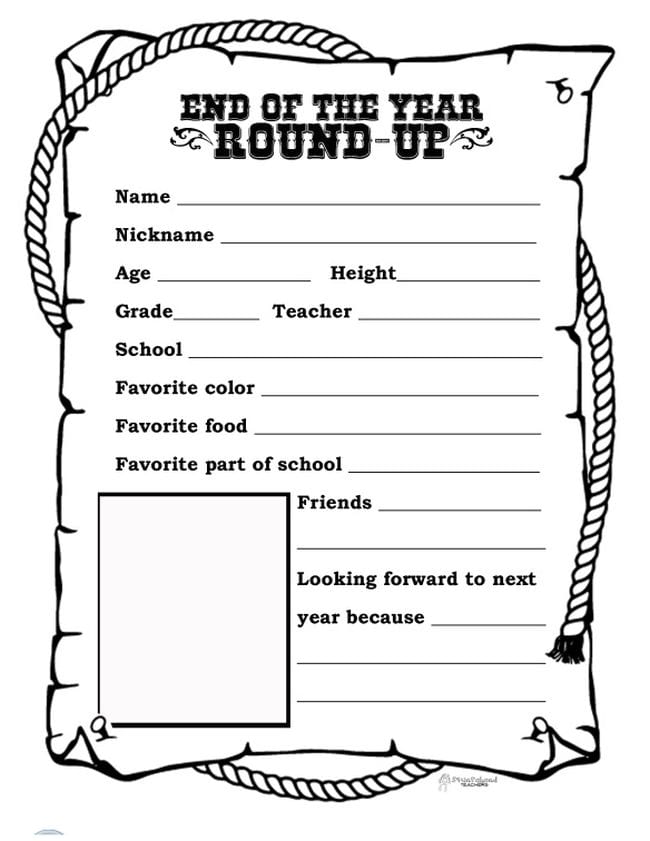
Sometimes you just need a quick activity that doesn’t take a lot of prep, and that’s where this free printable comes in. Personalize it by taking and printing a photo of each student, or have them draw their own portrait in the space provided.
Learn more: End-of-the-Year Roundup
43. Go outside!
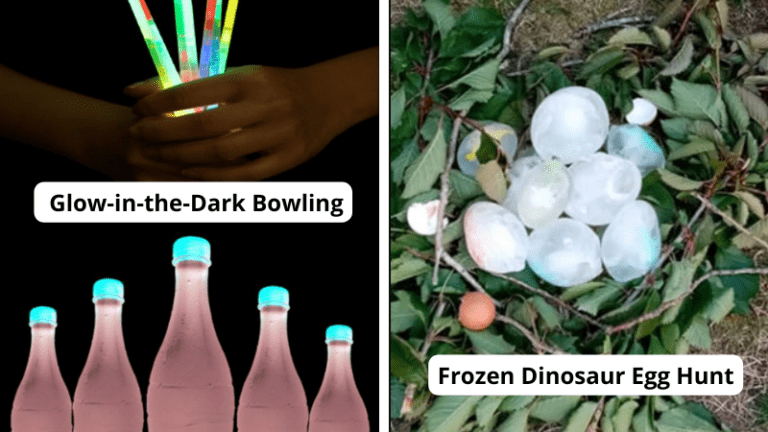
Build in time to celebrate the end of the year with some fun outdoor activities. Rotate teams for each activity so your students get a chance to mingle with all of their classmates. Here are 25 Clever Outdoor Games to choose from.
44. Put on a show
This is a fun end-of-year activity that could be presented to parents, a younger class, your whole school, or just for your own class. Students can perform skits, dramatic readings, act out a story, showcase a talent, or read a favorite piece from a book they read.
45. Create an end-of-year ABC book
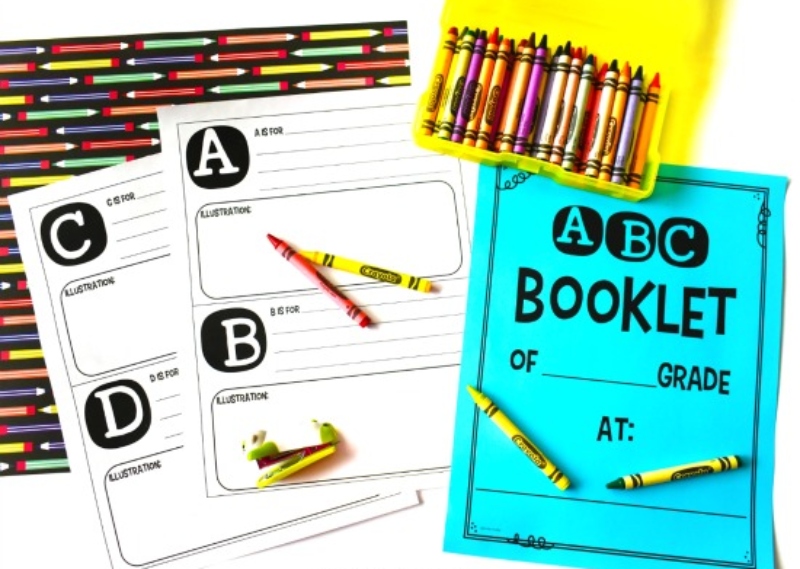
You use them for novel studies, so why not create an ABC book for highlights of the school year? For each letter, students come up with one memorable event or lesson, write a few sentences, and draw a picture. Think of it as a literacy lesson/memory book activity.
Learn more: ABC Booklet
46. Hold a book museum walk
One of our favorite end-of-year activities is a book museum walk. Students choose one of their favorite books and create a poster, diorama, trifold, or even dress up as a character. They can work on their projects at home or at school, and their project should provide a sneak peek or trailer of the book. When the students are ready to present, invite another class or grade level in to view the “museum.”
Learn more: Museum Walk With Favorite Books at Teaching With Jennifer Findley
47. Create your own iPads
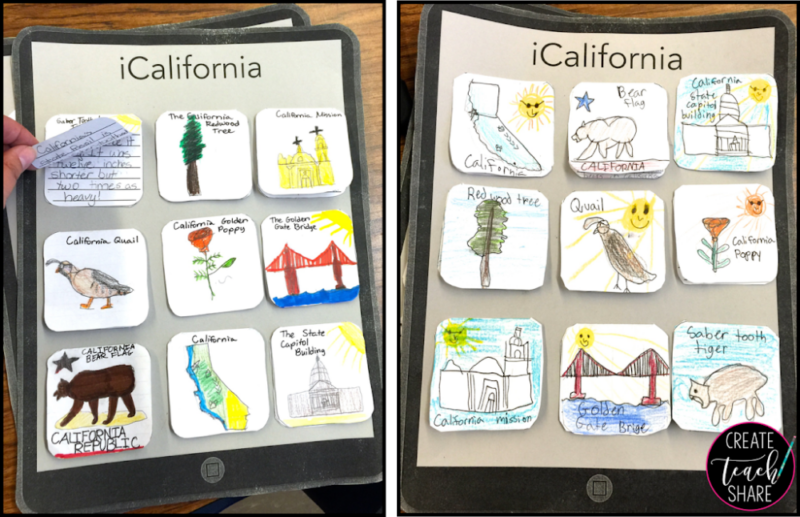
End-of-year activities can help wrap up subject matters like geography. For this fun assignment, have your students research different symbols that represent something unique about your state. Each symbol they discover will become an app for their homemade iPad. Have them draw the symbols on the outside of each app, and then write a brief summary about the symbols on the inside.
Learn more: Geography iPad apps
48. Go on a virtual field trip
Traditionally, one of the classic school end-of-year activities was field trips. But sometimes budgets don’t cooperate, so why not take it virtual? They’re fun and easy, and no permission slips, chaperones, or packed lunches are needed! Check out our favorite Amazing Educational Virtual Field Trips .
49. Pump up the school spirit
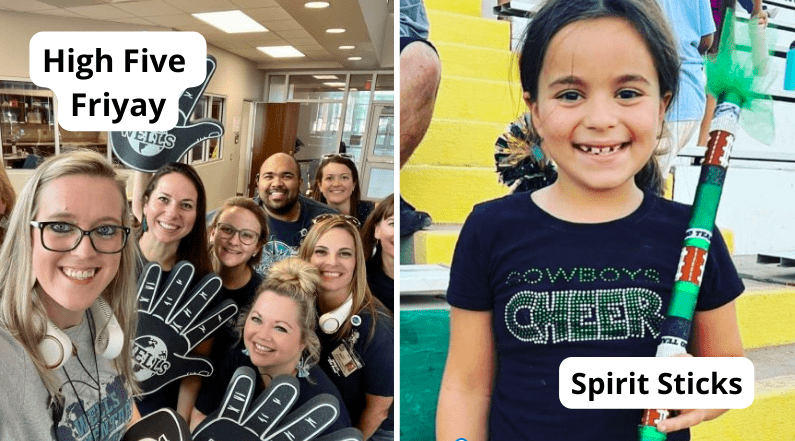
From dress-up days and community-building activities to outreach and volunteer projects, Spirit Week activities are a great way to end the year on a high note. Check out our massive list of School Spirit Week Ideas .
50. Story writing
Have each student start a story and then leave it on their desk. At your signal, have students rotate to the next desk, and give them a minute to read the story there and then add to the story. Keep rotating, giving students the chance to add to as many stories as you have time for. Let students know when you’re on your last rotation so they can wrap the story up.
51. Make a wearable keepsake
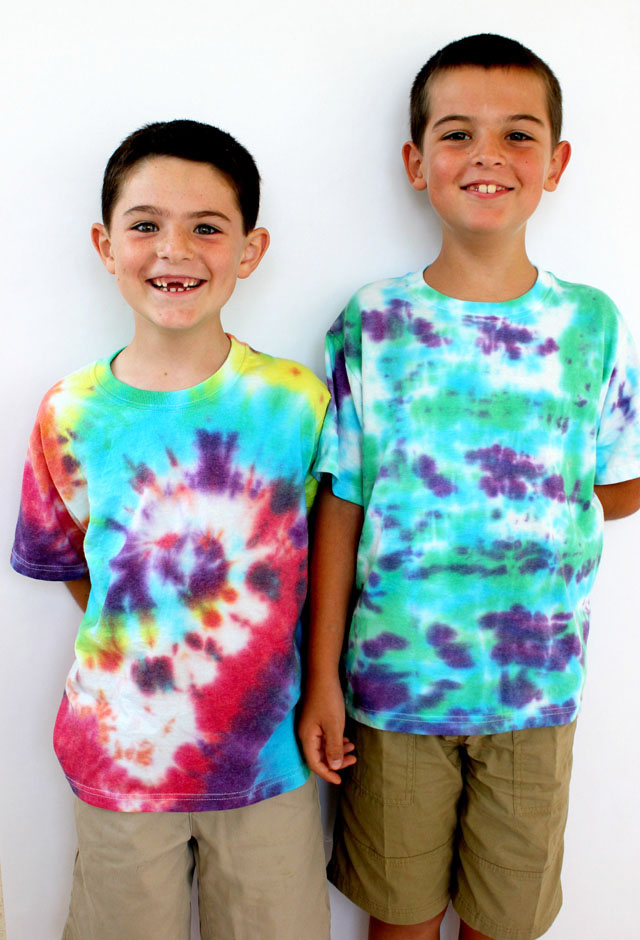
Mark your time together by making fun tie-dyed bandannas or decorating T-shirts with everyone’s signature or handprint. Or try making friendship bracelets or necklaces. Every time your students wear one of these items, they’ll fondly remember your year together.
Learn more: How To Tie-Dye Shirts With Kids
52. Set up a photo booth
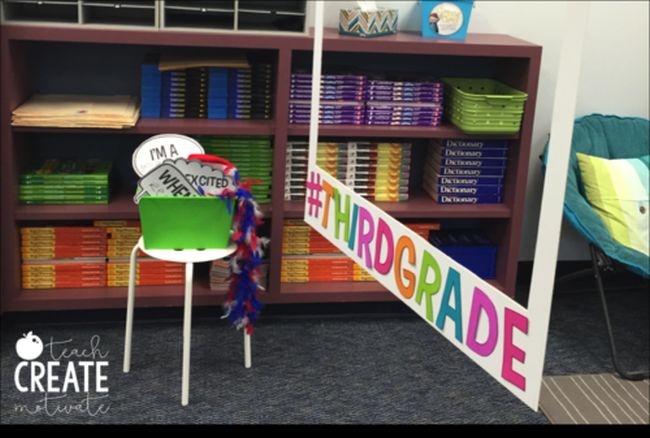
Photo booths are a great way to start the school year, but they’re also terrific for the last days of the year. Help kids capture memories with their friends before they part for the summer.
Learn more: Photo Booth
53. Plan a dream vacation
Kids are already dreaming of how they’ll fill the summer hours, so this last-minute math activity will be pure fun! Give kids a budget (say, $2,500), then send them off to research whether their dream trip can be accomplished. Make sure they include airfare or gas money, lodgings, food, spending money, and all the incidentals that add up when you travel.
54. Host a book tasting
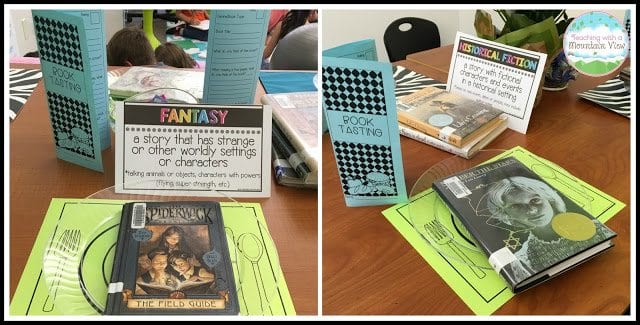
Expand your readers’ palates with a book tasting and set them up for summer reading. A book tasting gives students the opportunity to sample some juicy reads in a short period of time and come away with a wish list of titles.
Learn more: Book Tasting
55. Create a summer bucket list
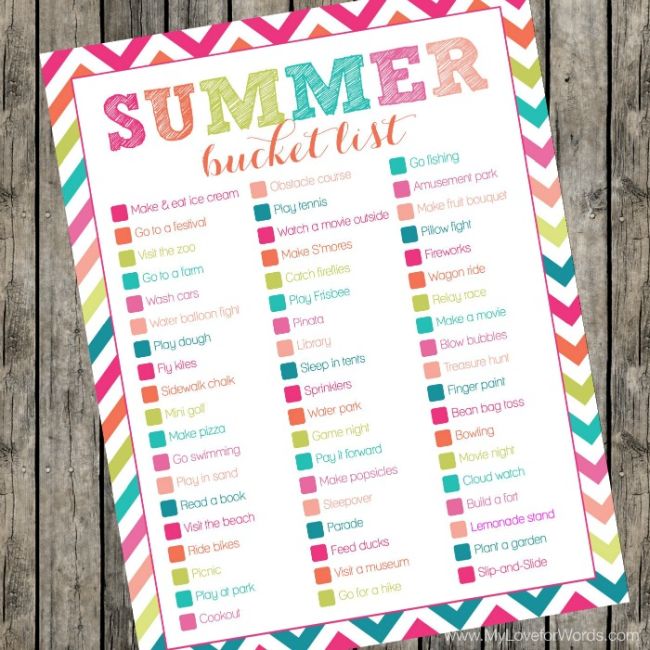
Provide kids with lots of options, then have them compile their own bucket lists for the summer days ahead. In addition to fun items, encourage them to add ways to help others or learn something new too.
Learn more: Bucket List
56. Focus on kindness
Add a Random Acts of Kindness Challenge to your lineup of end-of-year activities and make it all the way to the finish line with good vibes. To get started, check out Random Acts of Kindness: 30 Activities for Elementary Students from American Montessori Society
57. See who knows you best
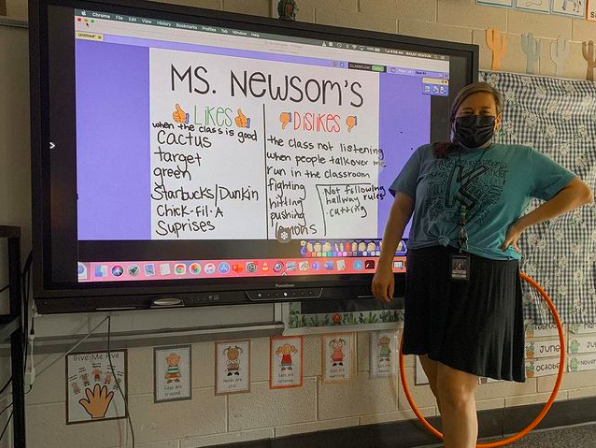
Challenge your kiddos to show who knows you best. Record your students’ answers on chart paper with markers or use Google Slides. It’s amazing how much kids pick up on our likes and dislikes!
Learn more: Who Knows Teacher Best
What are your favorite end-of-year activities? Come and share in our We Are Teachers HELPLINE group on Facebook.
Plus, check out end-of-year student gifts that won’t break the bank .
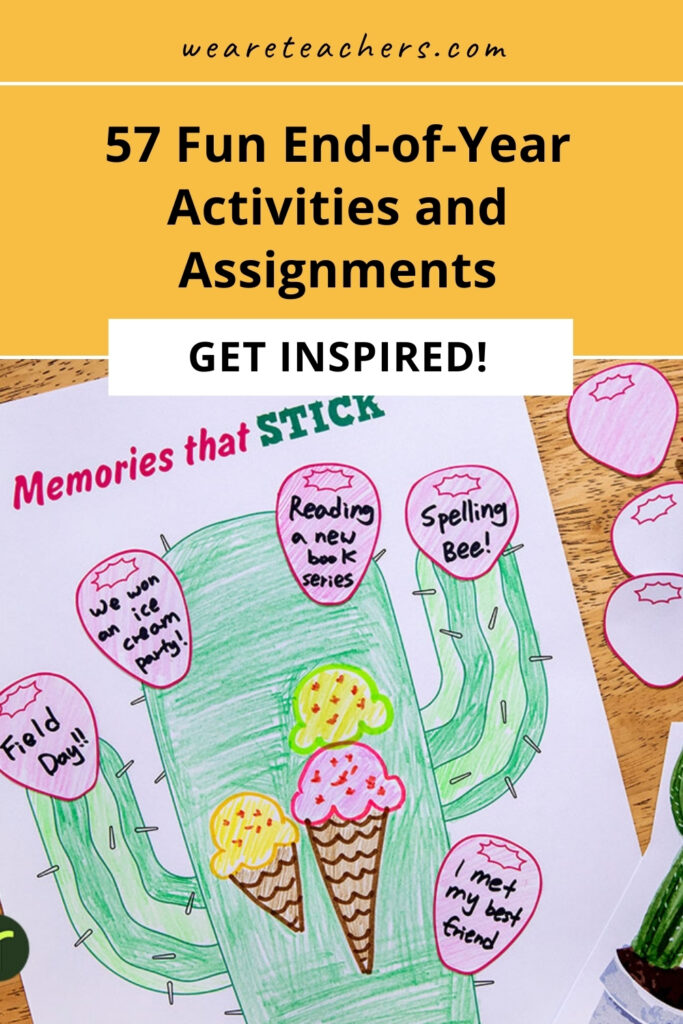
You Might Also Like
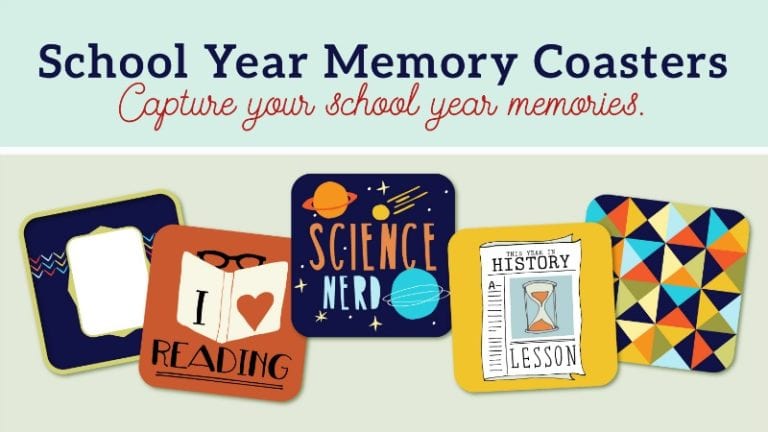
FREE PRINTABLE: 5 Memory Coasters to Capture the School Year
This DIY is perfect for students! Continue Reading
Copyright © 2024. All rights reserved. 5335 Gate Parkway, Jacksonville, FL 32256

Pennsylvania Pride Events and Festivals for 2024
With International Pride Month in June, LGBT History Month in October, and fun events throughout the year, Pennsylvania and its vibrant LGBTQ+ communities invite you to share your pride all year long at these pride events in Pennsylvania. From fun-filled parades and festivals to LGBTQ+ community groups and events, Pennsylvania is always proud to celebrate Pride!
1. PITTSBURGH PRIDE 2024
Join fellow revelers for Pittsburgh Pride: Still We Rise , a three-day celebration of the region’s LGBTQ+ community featuring a new venue, new parade route, and a variety of a activities and events. The opening celebration takes place on May 31 at Allegheny Commons Park West and is one you won’t want to miss with performances headlined by Riley Knoxx, the nation’s top Beyoncé impersonator. The annual Pride Parade takes place the next day down Liberty Avenue with thousands of colorful flags and marchers, followed by a fun-filled festival at Point State Park featuring Grammy nominated Tamar Braxton. The festivities end the following day with a jam-packed Pride Festival Closing Block Party.
When: May 31-June 2 Where: Pittsburgh Cost: Free for most events
2. Gettysburg Pride 8 th Annual Fest
This year’s three-day Pride celebration in Gettysburg promises to be bigger and better than ever! Festivities begin on May 31 with the “Out Of The Closet: Free Clothing” event and an all ages dance party. The next day’s 8th Annual Gettysburg Pride Fest is filled with fun events including the Pride March On Lincoln Square, live entertainment, info sessions, the Small Business Shop & Dine With Pride along Lincoln Square and first block of Carlisle Street, featuring more than 50 artist and resource vendors, and even free popsicles! Sunday features a Pride Yoga Session with the final festivities including the adults-only Drag Brunch (tickets required).
When: May 31-June 2 Where: Gettysburg Cost: Free for most events
3. SUN PRIDEFEST AND SUMMER CRAFT FAIR
It’s a day filled with Pride and fun at the 3 rd annual SUN PrideFest and Summer Craft Fair in and around Lewisburg’s Hufnagle Park. The all-inclusive event features live entertainment including a performance by Them Blue Cats on the main stage who play “the hardest driving blues around,” craft vendors, and a variety of food trucks.
When: June 1 Where: Lewisburg Cost: Free
4. DELAWARE COUNTY PRIDE
Delaware County Pride kicks off Pride Month with the area’s first parade of the summer in Media showcasing a wide variety of creative expressions from across the entire LGBTQIA+ community. The fun continues in Media with Pride on State , showcasing a variety of LGBTQ+ events and activities hosted by local businesses and organizations. Stay for more fun on Saturday, June 8 when the festivities continue in Upper Darby at Delaware County’s annual Pride Festival . Celebrate Pride in Pennsylvania with live entertainment, music, performances, food, face painting, and other children’s activities.
Where: Media and Upper Darby When: June 1, 8 Cost: Free
5. STATE COLLEGE PRIDE FUN FAIR AND PARADE & FESTIVAL
State College kicks off Pride Month on June 1 with a fun-filled afternoon at the Pride Fun Fair . There will be carnival games, food, music, face painting, balloon artists, Drag Queen Story Time, a caricature artist, and other fun stations. Then on June 8, the Pride Parade and Festival gets the celebration into full swing with marchers, floats, and Grand Marshal Marinette Pichon. The festival will be emceed by Alonya, Miss Gay Pittsburgh, with drag performances, a variety of entertainment including a DJ and clown, the Purple Runway where attendees can walk the runway in their best Pride gear, and Pride merch, food, and other vendors.
Where: State College When: June 1, 8 Cost: Free (small charge for carnival games)
6. PHILADELPHIA PRIDE MARCH AND FESTIVAL
Philadelphia’s annual Pride March and Festival is a day-long celebration of the gay community and its allies with this year’s theme, Be You. The festivities kick off with an opening ceremony and speeches followed by the Pride Parade featuring a massive, 400-foot-long rainbow flag—the largest in the nation—passing through Center City and ending in what’s affectionately known as the “Gayborhood.” The fun-filled festival follows with performers, entertainers, artists, a variety of food, beverage, and other vendors, and community organizations that provide crucial information and linkages to resources and care for the gay community.
When: June 2 Where: Philadelphia Cost: Free
7. POCONO PRIDE FESTIVAL
The Pocono Pride Festival keeps growing and getting better every year and this year is no exception! While centered in Stroudsburg’s Courthouse Square, the event now encompasses five full blocks with double the entertainment, double the vendors, and two stages: the Main Stage featuring live music and drag queens and kings all day and the “Spotlight Stage” offering family-friendly performances including story time for youngsters, a children’s theater piece, original acoustic performances, and a youth cabaret by Rebel Stages. There will be more than 100 vendors on hand with food trucks, local artists, area services, and LGBTQ+ run organizations.
When: June 2 Where: Stroudsburg Cost: Free
8. Chester county pridefest
Enjoy a vibrant celebration of love, diversity, and community along Phoenixville’s Bridge Street during Chester County’s PrideFest . The fun-filled day includes music, art, entertainment, and a variety of games and activities, with food and merch available from several vendors.
When: June 8 Where: Phoenixville Cost: Free
9. SCHUYLKILL COUNTY PRIDEFEST
Connect with friends and family to create a safe space for the LGBTQ+ community at Schuylkill County PrideFest 2024. Taking place at the Schuylkill County Fairgrounds, the day features drag shows, live and DJ music, and food and art vendors, as well as tables with health and human resource services.
When: June 8 Where: Schuylkill Haven Cost: Free
10. PRIDE IN THE PARK
Yough Park is the site for the Connellsville Diversity & Inclusion Board’s third annual Connellsville Pride in the Park . There will be entertainment, a variety of vendors, and a fun raffle. This is a pride event in PA you won’t want to miss!
When: June 8 Where: Connellsville Cost: Free
11. LANCASTER PRIDE
With the theme “Our Streets Are Open to All,” Lancaster County’s 16 th annual LancPride Festival is taking this year’s slogan literally, expanding the festival from the confines of the Lancaster County Convention Center to the streets outside. Headlining this year’s festival is the dynamic and fiercely dedicated LGBTQ+ activist, Aquaria, winner of “Rupaul’s Drag Race” Season 10. The festival features extraordinary live performers, interactive workshops, and a variety of vendors. Continue the celebration into the night with the 18+only, All Is Love: Pride/High Fever After Party for more after-festival fun.
When: June 15 Where: Lancaster Cost: Price varies
12. YORK COUNTY PRIDE FESTIVAL
Wave your rainbow flags this June as the Rainbow Rose Center hosts its annual, family-friendly York County Pride Festival . Supporting the local LGBTQIA+ community, this exciting festival features live performances, interactive children’s activities, retail vendors, informational displays, and a variety of food options. The fun continues at an adults-only, festival After Party . Check their events calendar for fun and informative Pride events happening all year long.
When: June 22 Where: York Cost: Free
13. NEPA PRIDEFEST ROYALE PAGEANT AND PRIDEFEST PARADE AND CELEBRATION
Join NEPA’s Rainbow Alliance at this year’s annual pride events. Get a front row seat to the NEPA PrideFest Royale where the area’s local drag superstars compete for the crown of NEPA Pridefest Royale at the Hilton Scranton & Conference Center. The event features a 50/50 and raffle baskets, a cash bar, and includes a variety of delicious hors d'oeuvres. Following the night’s activities, visit nearby Wilkes-Barre for Sunday’s PrideFest Parade and Celebration .
When: June 22-23 Where: Scranton, Wilkes-Barre Cost: $15 for Royale Pageant; Free for PrideFest Parade and Celebration
14. LITITZ PRIDE FESTIVAL
The “Lititz Chooses Love” Pride Festival returns for another year of festivities to commemorate Pride Month at Lititz Springs Park. The family-friendly event will have food, entertainment, speakers, local vendors, and even rubber duck races for festivalgoers to enjoy while celebrating the beautiful diversity of the local community.
When: June 29 Where: Lititz Cost: Free
15. ERIE PRIDE ON THE BAY
Celebrate Pride in northwestern Pennsylvania as the NWPA Pride Alliance hosts Pride on the Bay (formerly Erie Pridefest). Along with the festival’s new name, it also has a new location—Liberty Park, with free shuttle service available. Despite the changes, the event still provides a fun and informative day with performances by local drag queens and other entertainers and a variety of information tables, vendors, and food trucks. Once again, HIV/STI testing and health screenings will be available in the Adagio Health and Wellness Zone.
When: June 29 Where: Erie Cost: Free
16. BERKS PARADE and PRIDE FEST
Residents and visitors of Reading can show their pride at events all throughout the summer, highlighted by the Pride Fest Parade with marchers and floats on July 20, followed the next day with a grand celebration now known as the Berks Pride Fest (formerly the Reading Pride Festival) at Jim Dietrich Park. As the oldest and largest festival of its kind in the area, embrace the fabulous live performances and a variety of vendors all day long!
When: July 20-21 Where: Reading Cost: $5; Free for children 11 years of age or under
17. PRIDE FESTIVAL OF CENTRAL PA
Join Central PA residents at Soldiers Grove at the State Capitol for the 32 nd annual Pride Festival of Central PA ! The event kicks off with the annual Pride Parade through downtown Harrisburg with all invited to march. Additional details for this fun and informative festival will be revealed closer to the event.
When: Jul. 27 Where: Harrisburg Cost: Free ($10 donation suggested)
18. PRIDE PICNIC AT KNOEBELS GROVE
Knoebels Amusement Resort, home to the award-winning and largest free admission amusement park in the U.S., is once again hosting the annual LGBTQ Pride Picnic at Knoebels Grove . Bring a covered dish to share and celebrate the event’s 30 th anniversary, an event that brings the LGBTQ+ community together for a day of PRIDE celebration, inspiration, information, and fun.
When: August 10 Where: Elysburg Cost: Free
19. LEHIGH VALLEY PRIDE
The Lehigh Valley is making Pride a summer long celebration. Hosted by the Bradbury-Sullivan LGBT Community Center , the 2024 the Lehigh Valley Pride celebration includes a variety of fun events and information. Check out the center’s events calendar for all exciting happenings.
When: Aug. 18 Where: Allentown Cost: Free
20. PRIDE FRANKLIN COUNTY
Franklin County’s local LGBTQ+ and allies in the community come together to host a variety of Pride events throughout the year. This year’s upcoming events include Monthly Pride Mixers held at various locations; an online Pride Mum sale with a Pick-Up party in September; and the 5 th annual Pride Franklin County Festival celebrating love, inclusion, and acceptance. Check their Facebook page for info and updates on all the fun and informative Pride happenings this year in Franklin County.
When: Oct. 13 for Festival; Dates vary for other events. Where: Chambersburg Cost: Price varies
Looking for more fun and unique LGBTQ+ events in PA? Be sure to check out our events calendar on the visitpa website. Follow us on Facebook , X , Pinterest , YouTube , TikTok , and Instagram to stay up-to-date on even more great ideas and places to visit around our state. Don’t forget to never miss an update and sign up for our monthly PA travel e-newsletter .
We use cookies to ensure that we give you the best experience on our website. If you continue to use our website, we will assume that you are happy to receive all cookies (and milk!) from visitPA.com. Learn more about cookie data in our Privacy Policy

COMMENTS
Third Grade Worksheets and Printables. The curriculum broadens and the workload intensifies when students reach third grade. One way to lessen the stress and accelerate the learning is with our third grade worksheets. Whether your student needs some extra help with fractions or story sequencing, or is simply interested in learning more about ...
9. Craft division fact flowers. This is so much more fun than flash cards! Make flowers for each number and use them to practice division facts. Learn more: Division Flowers. Teaching With Jennifer Findley. 10. Roll and race to practice division facts. Multiplication and division go hand-in-hand in 3rd grade math.
Paper Plate Activities. Paper plate activities offer versatile and budget-friendly options for third-grade learning experiences. Students can use paper plates to create crafts, masks, puppets, or games. They can also practice concepts such as fractions, symmetry, or storytelling by using paper plates as visual aids or manipulatives.
27. Create comics. Comics and cartoons are a great way to engage students in the stories they are reading and the information they are researching and exploring. Have students create comics for a fun way to practice narrative writing, retelling, sharing understanding, teaching others, raising awareness, and more.
3rd grade spelling words (list #13 of 36) Welcome to the 13th of our weekly spelling lists for your third grader! Give your child a boost using our free, printable 3rd grade worksheets.
Valentine Potpourri. Make these lasting felt hearts and fill them with a sweet smelling combination of rice and spices to keep the Valentine spirit alive all year long. 3rd grade. Activity. Bounce an Egg. Activity. Bounce an Egg. Explore scientific concepts with this experiment that introduces kids to the scientific method!
13. Play a board game. There are many fun board games for the classroom that boost literacy skills, including Scrabble, Story Cubes, Tall Tales, Hedbanz, and more. Try this fun option, which has three different board games that students can play to boost their reading comprehension. Put it on your classroom wish list!
These are just a few of the fun and engaging activities in our collection of 35 Hands-On Third Grade Science Activities. Explore a science collection curated just for third graders. Create a free account on PBS Learning Media and get access to images, videos, and interactive lessons on the topics of life science, physical science, earth, space ...
To give you a better idea of our well-curated worksheets for grade 3 students, sharing 5 engaging and fun worksheets for 3rd graders in math and ELA: Find the Multiplication Expression Worksheet. Solve the Division Facts Worksheet. Write Fraction for Each Part Worksheet. Handwriting Practice: Days of the Week Worksheet.
Mix up the routine by supplementing your third grade math lesson with these activities and games that will show kids how fun learning math can be. A simple deck of cards can be turned into an exciting lesson in multiplication, probability, and even measurement conversions. Or capture kids' attention with a rousing game of candy math or ...
Each plan includes clear learning objectives, fun activities, common misconceptions, and much more, providing a perfect grade 3 math teaching guide. ELA lesson plans for 3rd graders: This section features lesson plans for language skills such as reading, grammar, vocabulary, etc. Perfect for effective 3rd grade ELA teaching! Grade 3 Live Classes
Free Worksheets for 3rd Grade. Here is your one-stop-shop for all things grade 3 on my blog! All my no prep free printable 3rd grade worksheets, 3rd grade activities, and fun 3rd grade games (including printable board games, card games, puzzles, clip cards, etc) are listed below!!Just click on any thumbnail below to see more 3rd grade printable worksheets and print!
Try these learning games and activities for 3rd graders! Fun learning games and activities for 3rd graders. Crazy captions. This simple but fun activity builds reading and writing skills. Microscope discovery. With an inexpensive microscope as your tool, you can help your child reinforces the skills of observation and prediction, important ...
Third Grade STEM Activities for Kids. (223 results) Science Buddies' third grade science projects are the perfect way for third grade students to have fun exploring science, technology, engineering, and math (STEM). Our third grade projects are written and tested by scientists and are specifically created for use by students in the third grade.
Now, you are just about to discover a most fantastic listing of 3rd-grade writing prompts I hope you will share these journal starters and prompts with your precious third-grade students. Above all, it is my hope that these fun prompts will fill your student's journaling adventures with joy, fun, creativity, and laughs.
3rd Grade Writing Prompts (Free & Fun!) These 3rd grade writing prompts give your students the chance to write about their experiences and the issues that are important to their lives. Plus…. Your 3rd graders will consider the similarities between themselves and their best friends, reflect on their own abilities and talents, and….
123 Homeschool 4 Me. Difficulty: Easy / Materials: Basic. Fill water balloons with different solutions (oil, salt water, plain water, etc.) and place the balloons in a large bucket of water to see if they sink or float. This is a cool project to do with your 3rd grade science class on the playground on a sunny day.
Students work in groups and can use very simple objects like a popsicle stick, connecting cubes, or a pencil, to measure and compare the amount of rain that falls in two different places. Procedure: Use a small paper cup as the rain cup. Poke small holes in the bottom. Label two 9 oz. clear cups as Cup A and Cup B.
Almost any whole class math game can be adapted for each grade level. Some popular games among middle schoolers are Jeopardy, trashketball, scavenger hunt, and escape room. 26 whole class math games suitable for grades k-8. All games require few resources and are complete with adaptations.
"This NO-PREP" resource package, 'Day of the Dead (Dia de los Muertos), is designed for 3rd, 4th, 5th Grade students as a comprehensive and engaging independent study or sub-plan. It explores the Day of the Dead with informative text, reading passages, and a variety of activities, including crossword puzzles, comprehension questions, word searches, Sudoku challenges, Mazes, coloring pages, and ...
Fun Last Day of School Activities (Continued) 62) Throw a glow party, involving neon string lights and glow stick bracelets. Turn on some music for a dance party, or have your students solve mystery problems. 63) Play "minute to win it" games for a day of small-yet-exciting competition. 64) Have an origami party.
Step 2: Paragraph Writing. The next step will be to familiarize the children with writing small paragraphs. Don't go throwing the list of 3rd grade writing prompts in one go. Instead, focus on strengthening the core concepts of writing. Introduce children to the parts of a paragraph-head, body, and conclusion.
Key Features of 3rd Grade Math Resources . Here are some amazing features of our 3rd grade common core math resources: Aligned with Curriculum: Designed in line with the 3rd grade math standards and consistently updated. Engaging and Fun: Offers interactive games and activities, fun exercises, creative lessons, and more. Accessible Across Devices: Games available on a range of operating ...
That is the purpose of STEM events like this one: students engaging in fun activities that teach basic science, technology, engineering and math skills. "Would you like to build a lava lamp?" asked Debra Menke, STEM Outreach Program Manager. "Yeah!" said the kids, unaware that they were about to learn about chemical reactions. "Look ...
50 Creative 3rd Grade Writing Prompts (Free Printable!) Taking the leap from the primary level to the intermediate grades. By Elizabeth Mulvahill, B.A. Liberal Arts, Certified Teacher. Aug 25, 2020. Third grade is a huge transitional year in elementary school. Third grade writers have learned foundational concepts and skills and have had time ...
Juneteenth, Father's Day, Donut Day and More—There Are Over 100 June Holidays And Observances in 2024. Special foods, activities and historical events to celebrate. Renee Hanlon and Alani Vargas ...
It's not long now until the hotly anticipated EURO 2024 competition kicks off in Munich on 14 June. So why not indulge in a bit of excitement with your students this summer and explore this collection of European Champion resources, hand-picked to keep football fever going until the end of the summer term? Whether it's a match fixtures table, a tutor time quiz or a set of fun literacy and ...
5 Fun Ways to Teach Long Division. Practicing long division is crucial for reinforcing the steps and strategies. Here are five effective ways to help kids master this skill: Online Long Division Games ; Use interactive online games that challenge students to solve division problems step-by-step. These games make learning fun while providing ...
Put on a show. This is a fun end-of-year activity that could be presented to parents, a younger class, your whole school, or just for your own class. Students can perform skits, dramatic readings, act out a story, showcase a talent, or read a favorite piece from a book they read. 45. Create an end-of-year ABC book.
Stay for more fun on Saturday, June 8 when the festivities continue in Upper Darby at Delaware County's annual Pride Festival. Celebrate Pride in Pennsylvania with live entertainment, music, performances, food, and face painting and other children's activities. Where: Media and Upper Darby. When: June 1, 8. Cost: Free.